On the border between Saône-et-Loire and Côte-d’Or, CFBL is leading a worksite with operators using draft horses. This action is a first in the Morvan, which received a grant from the Bourgogne-Franche-Comté region. A site visit took place on Thursday 21 July.
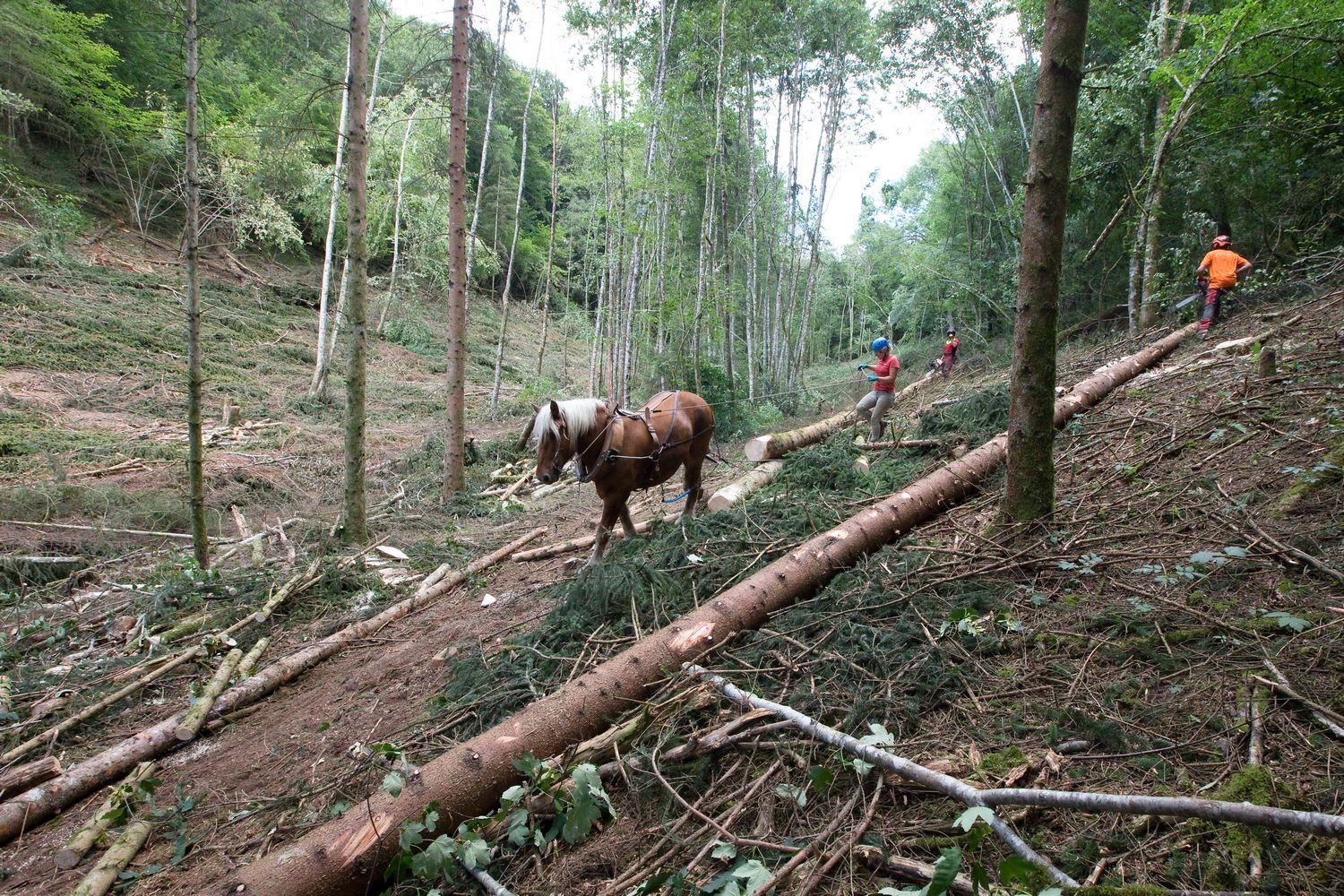 Deep in the Combe de Vaussery, in Chissey-en-Morvan, the roar of chainsaws echoes. When they are silent, we hear the fall of a fir tree then a rattling, a few words in Flemish and even a few whinnies.
Deep in the Combe de Vaussery, in Chissey-en-Morvan, the roar of chainsaws echoes. When they are silent, we hear the fall of a fir tree then a rattling, a few words in Flemish and even a few whinnies.
There, on the border between Saône-et-Loire and Côte-d’Or, a small team is busy in the spruce plot: four people and four horses. In this valley that is difficult to access, the CFBL Forestry Cooperative chose animal traction to remove the trunks from the plot, a first for this structure.
Another first: a subsidy from the Regional Council of Bourgogne-Franche-Comté will be paid to the owner of spruce trees affected by bark beetles, these insect pests, in order to compensate for the additional cost of using horses.
CFBL in the top 5 forest managers in the Morvan
This Thursday, July 21, 2022, a forest site visit took place in the presence of Pascal Pommé, mayor of Chissey-en-Morvan, Jean-Pierre Tropin, deputy mayor, Laurent Paris, head of the environment department of the Morvan regional natural park , Catherin de Rivoire, strategy director for forest owners at CFBL, Xavier Finous, manager of the CFBL Autun branch, and Marlène Bourguignon, forest advisor at CFBL.
Formerly Cooperative Forestière Bourgogne-Limousin, CFBL had 14,725 members in 2021 in different regions of France totaling 123,319 hectares.
Last year, the group achieved 55.4 million euros in turnover; it employs 260 people. The group therefore includes the cooperative and two subsidiaries: Mécafor, centered on forestry mechanization, and Inventaire Forestier Patrimoine, with a “real estate agency” function dedicated to the forest.
“Our job is to support forest owners in the management of their private forest and to find the appropriate solutions for the sustainability of their massif, generally for the very long term”, says Catherin de Rivoire. “It’s a job for passionate foresters.”
The Autun agency has 1,000 members, representing 10,000 hectares. Thus, with this agency, CFBL is one of the top 5 forest managers in a sector ranging from Morvan to Brionnais, therefore comprising hardwoods and softwoods. The agency employs fifteen people: silvicultural operators (reforestation, maintenance, pruning, etc.), technicians and forestry engineers.
Bark beetle alert
Walking through the different plots of an owner last May, Marlène Bourguignon spotted resin flows through holes in the bark and then galleries on the surface of the wood. It was the beginning of an attack by bark beetles, an insect that takes advantage of climate change to develop and destroy spruce trees.
The plot in question is located in Chissey-en-Morvan in a landlocked area, crossed by a stream, with a path closed off for several years where the granite rock is outcropping. “We had to find a solution to extract this wood which was going to be affected by the disease”, explains the forest adviser.
Although the use of animal traction was quickly imposed, it remained to articulate the implementation with the interventions of the other operators as well as to manage the additional cost. The forestry cooperative therefore looked for loggers able to work together with horse-drawn stevedores.
A production of 350 cubic meters of wood on one hectare
Having started on July 5, with five effective days of intervention mobilizing six people, the work will end on July 23 next. On this plot, the loggers cut any length beyond 10 centimeters in diameter.
The volume of wood expected following the harvest is estimated at 350 cubic meters for a production cost of around 60 euros per cubic meter.
The work of the horses is to pull the trunks from the place where they fell to the exit of the plot, that is to say on average a hundred meters, including crossing the part of the path on the surface of the rock which is moderately uneven.
Then, a mechanical tractor from the La passion de la nature company takes over to pull the trunks for a kilometer to a drop zone. “This is where the complementarity between animals and mechanization takes on its full meaning,” stresses Catherin de Rivoire.
There, a harvester from the CFF company intervenes which transforms the trunks into logs and then a carrier who arranges the logs. Depending on the diameter and the quality, the logs will be transformed into frames, pallets or trituration.
A grant to support horse-drawn logging companies
The regional council of Bourgogne-Franche-Comté grants aid capped at 30 euros per cubic meter with a maximum of 20,000 euros per site.
According to the community, this subsidy for wood hauling on horseback aims to “support forest work contractors who engage in this alternative hauling technique that has many advantages for the environment, to develop the mobilization of wood in areas where the forest resource could not be exploited otherwise and to contribute to the conservation of work practices with draft horses and therefore associated breeds”.
“Only sites that use horse-drawn timber hauling companies that comply with the law and respect the instructions in force in terms of site safety and animal welfare (daily care, energy rations, etc.) are eligible. adapted, use of suitable equipment in good condition, working time not exceeding 7 hours per day)”, specifies the Region.
A first in the Morvan
“This is the first time that this subsidy has been used in the Morvan in a private forest”, points out Catherin de Rivoire, who even assumes that this is a first in Burgundy-Franche-Comté.
“In this specific case, it could not have been done without a subsidy”. The owner finds himself having to choose between letting his spruce trees be ravaged by bark beetles or operating a cut with zero profitability. “The consequence of non-intervention was wood falling into the stream and blocking the stream,” underlines the director of CFBL.
Another effect of the attack of the insect pest: the need to practice a “final harvest” of the plot, or “clear cut” in the phraseology of the ecologists opposed to this method of sampling.
It should be noted that the Parc du Morvan offers a specific contract for plots located in the Natura 2000 zone: the owner is then accompanied to finance the additional cost linked to hauling, either by horse or by cable-mast.
“It’s very technical, it can be dangerous”
CFBL had not used skidding on horseback since 1999. “It’s one solution among others that you have to have in mind”, now considers Catherin de Rivoire, “there, the horses alone could not have done anything to do, but the machines alone could not have done anything”.
The particularity of felling a tree which then has to be skidded on horseback is that the trunk is pulled by foot. This involves cutting it with the foot down in the case of a slope – and not dropping the top in the direction of the slope – then rounding the foot and limbing the rest of the trunk so that it slides easily on the slope. ground when pulling.
In the Combe de Vaussery, woodcutters Philippe Perrin, Jean-Sébastien Durand and Fabien Eps are working alongside horses for the first time. Éric Vouillon drives a Trait comtois and an Ardennais, Ippy and Iago; Léa Cholley drives two Traits comtois, Engie and the massive Vito (870 kg at the weigh-in). The animals are between 4 and 13 years old. A draft horse is in full activity for 4 to 15 years before continuing with light work for up to 20 years or more.
“It’s very technical, it can be dangerous,” says Éric Vouillon, who ten years ago trained as an animal-drawn logger-longshoreman at the EPLEFPA Roanne-Chervé-Noirétable, in the Loire. Léa Cholley received training as a user of harnessed horses at the CFFPPA in Montmorot, in the Jura.
The two operators regularly work together and have therefore harmonized the directives given to the horses, using the Flemish language. The animals work for one hour and a half then have thirty minutes of rest, also with one hour of meridian break, without exceeding 7 hours per day.
The greatest distances, from the bottom of the plot at a 40% slope to the exit, are made by relaying the pairs of horses to stay on an average of a hundred meters covered, especially when the trunk is 1.5 cubic meter.
“We are limited in power so we need techniques to help the horse; (…) they are our companions, we have to take care of them”, slips Éric Vouillon. The skidding of the day oscillates between 10 and 50 cubic meters according to the slope and the distance.
Local economic benefits
The two stevedores and the four horses stay for three weeks at the Refuge de Valouze gite. “This creates economic activity”, enthuses the mayor Pascal Pommé, “all the local actors are mobilized”. “We are on activities that cannot be relocated,” insists the director of CFBL.
At the end of the summer, the horses will be entitled to a time of equine balneotherapy, near Lyon, then will be handled by an osteopath before winter.
Three years before deciding the future of the plot
The future of the plot is not yet defined. While there is already a spontaneous regeneration of maple trees in progress, the CFBL Forestry Cooperative and the owner allow themselves three years before making a decision.
The multiplication of periods of drought means that climate change and the problem of fire fighting – and therefore the service of the plots – will be integrated into the reflection on this future in consultation with the town halls.
Jean-Christophe Tardivon
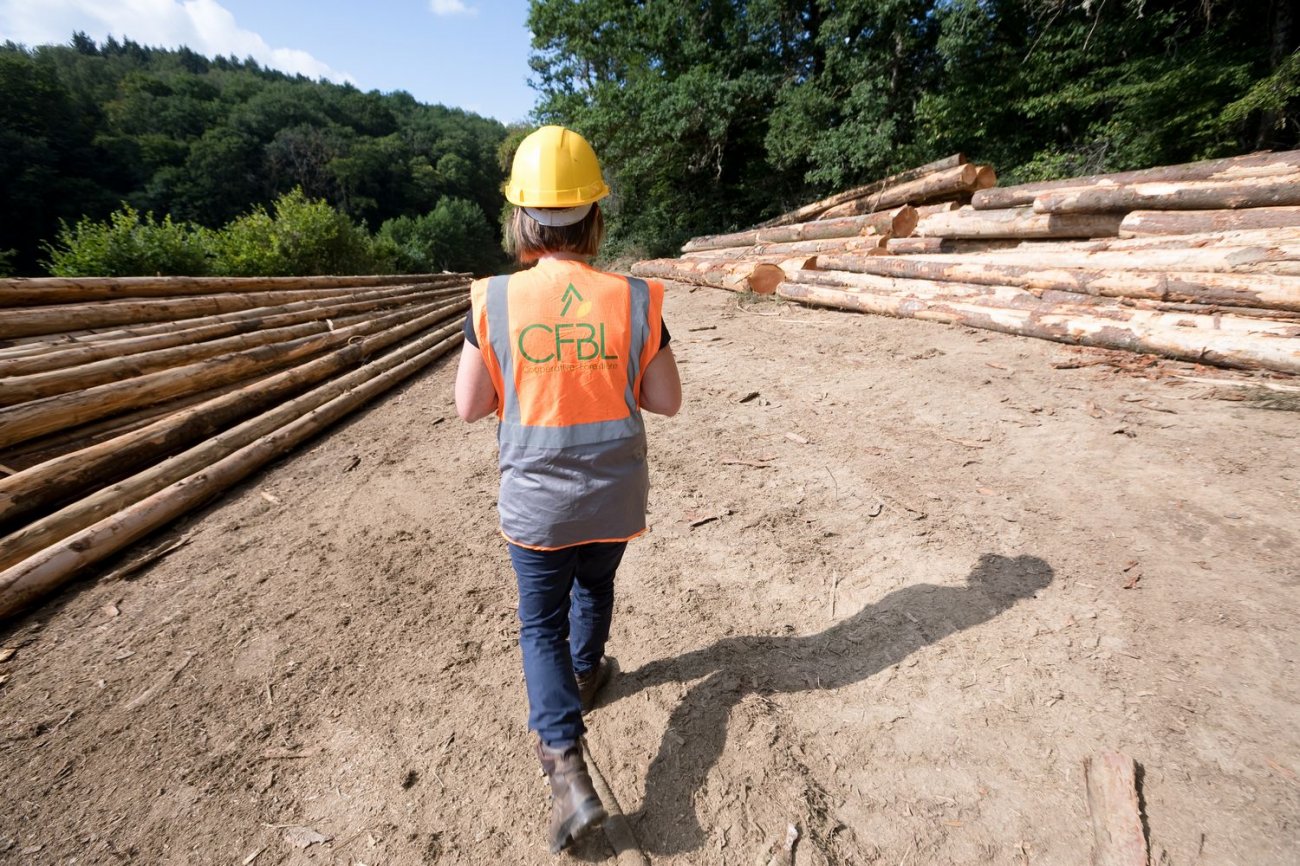


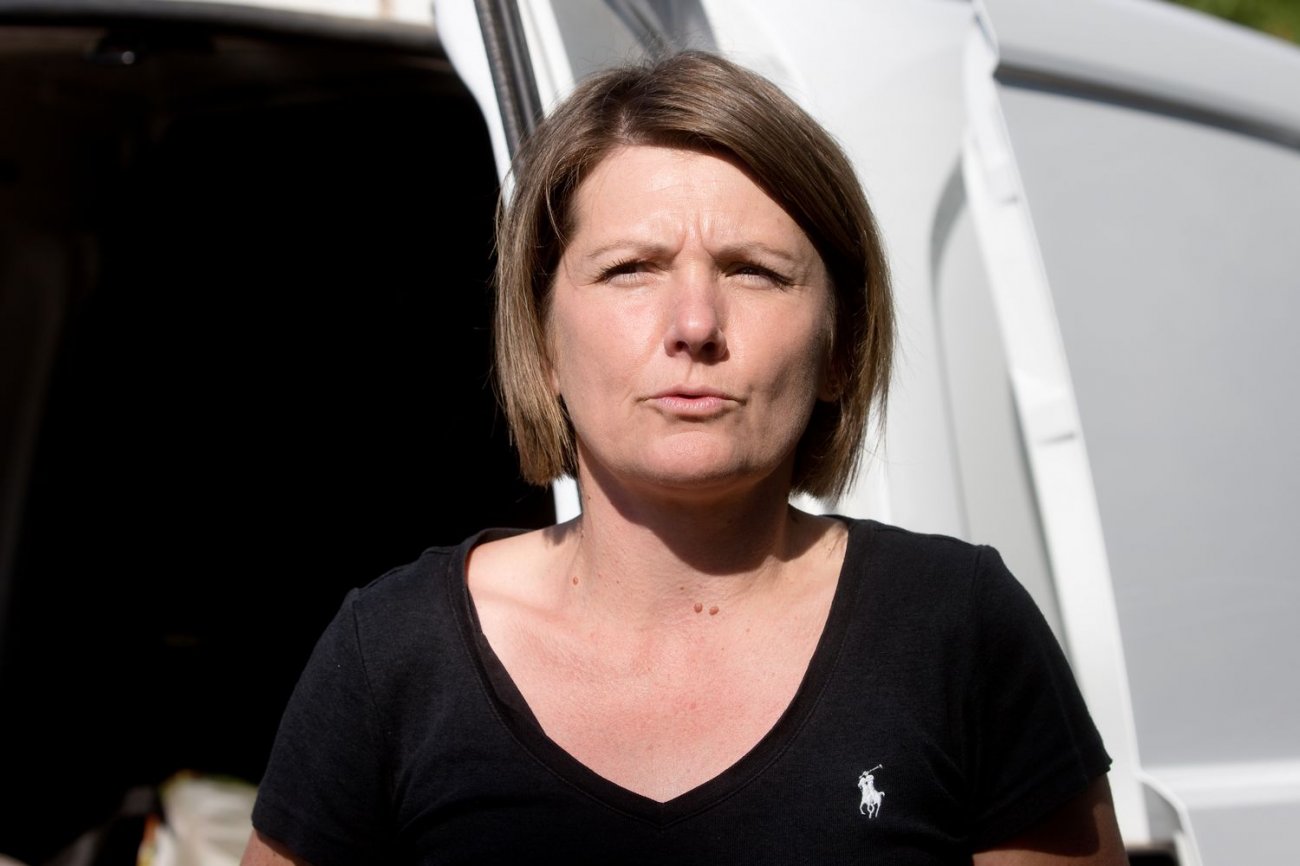
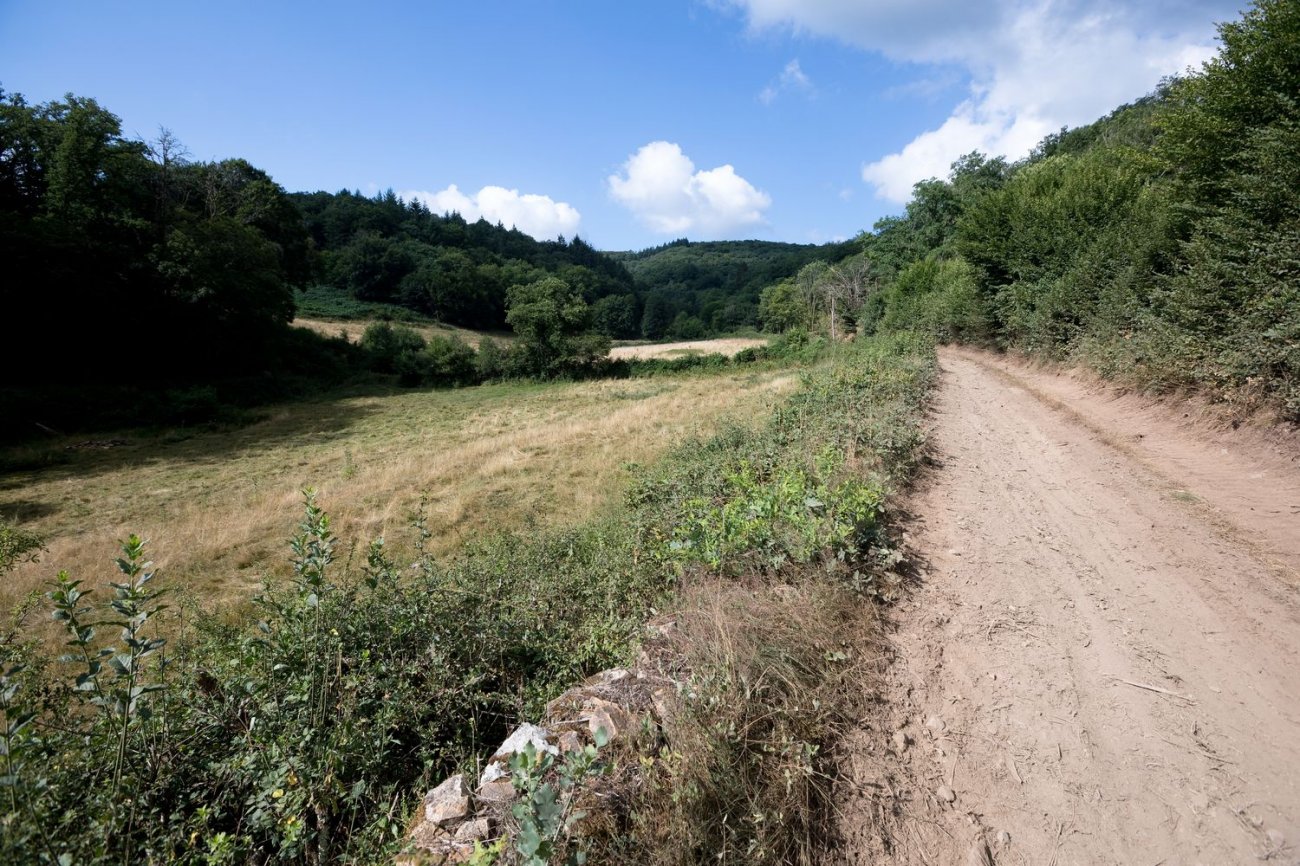
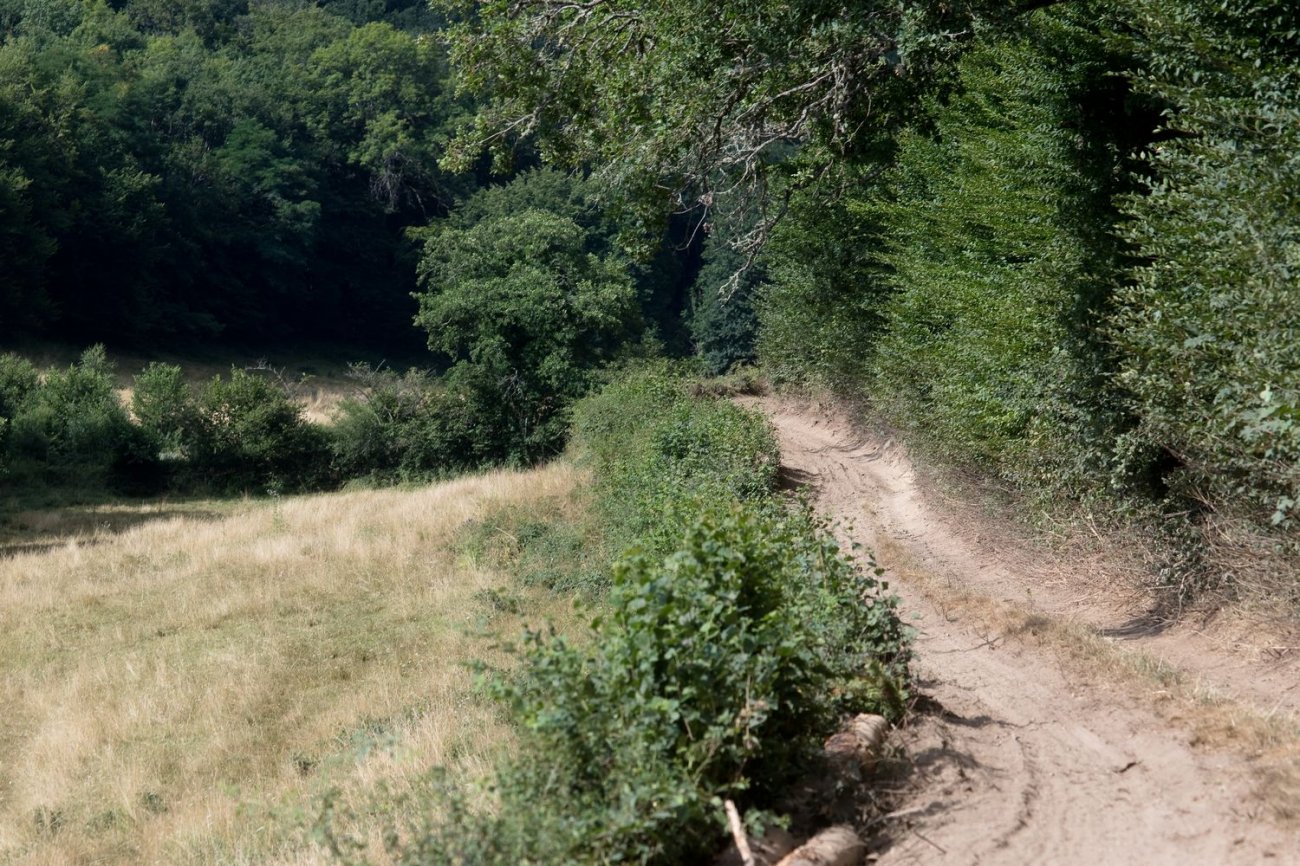
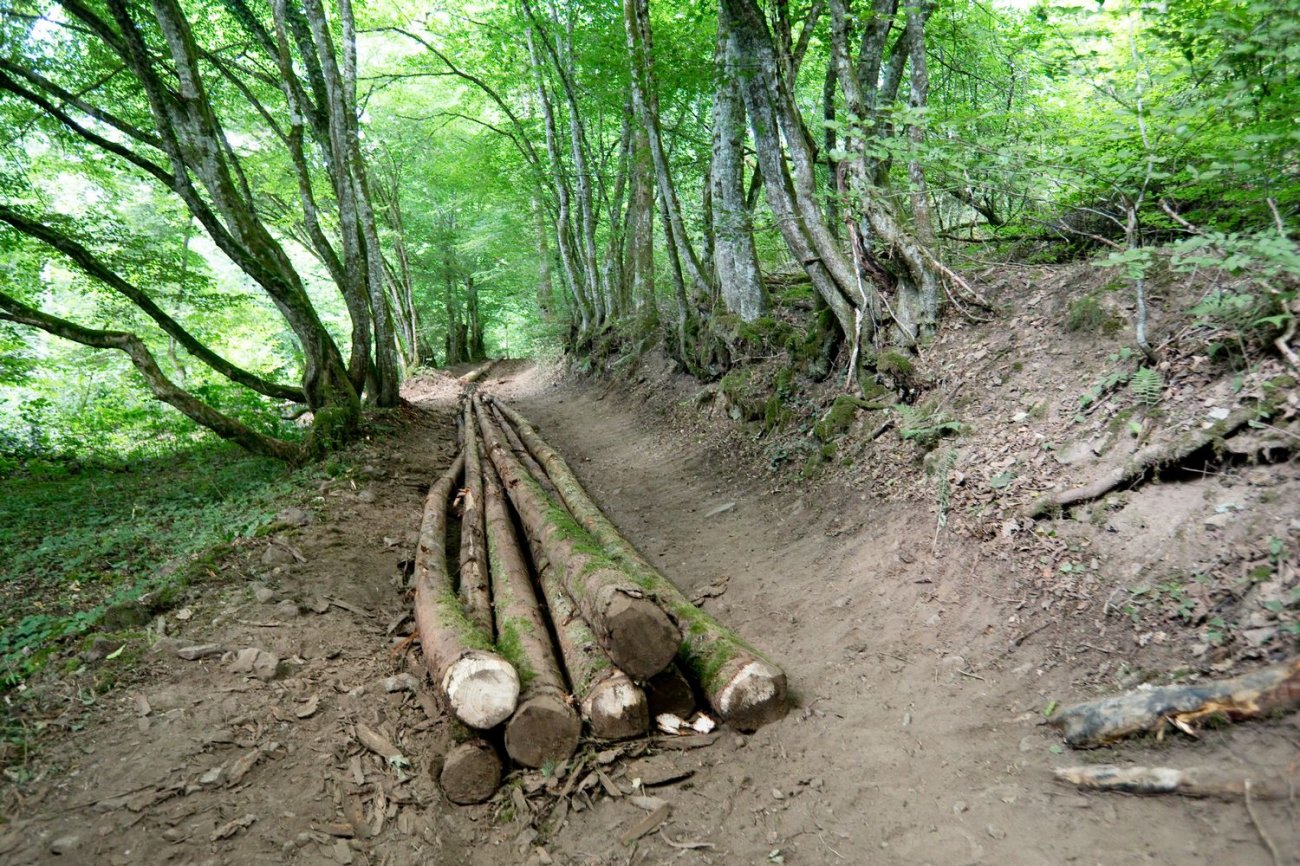
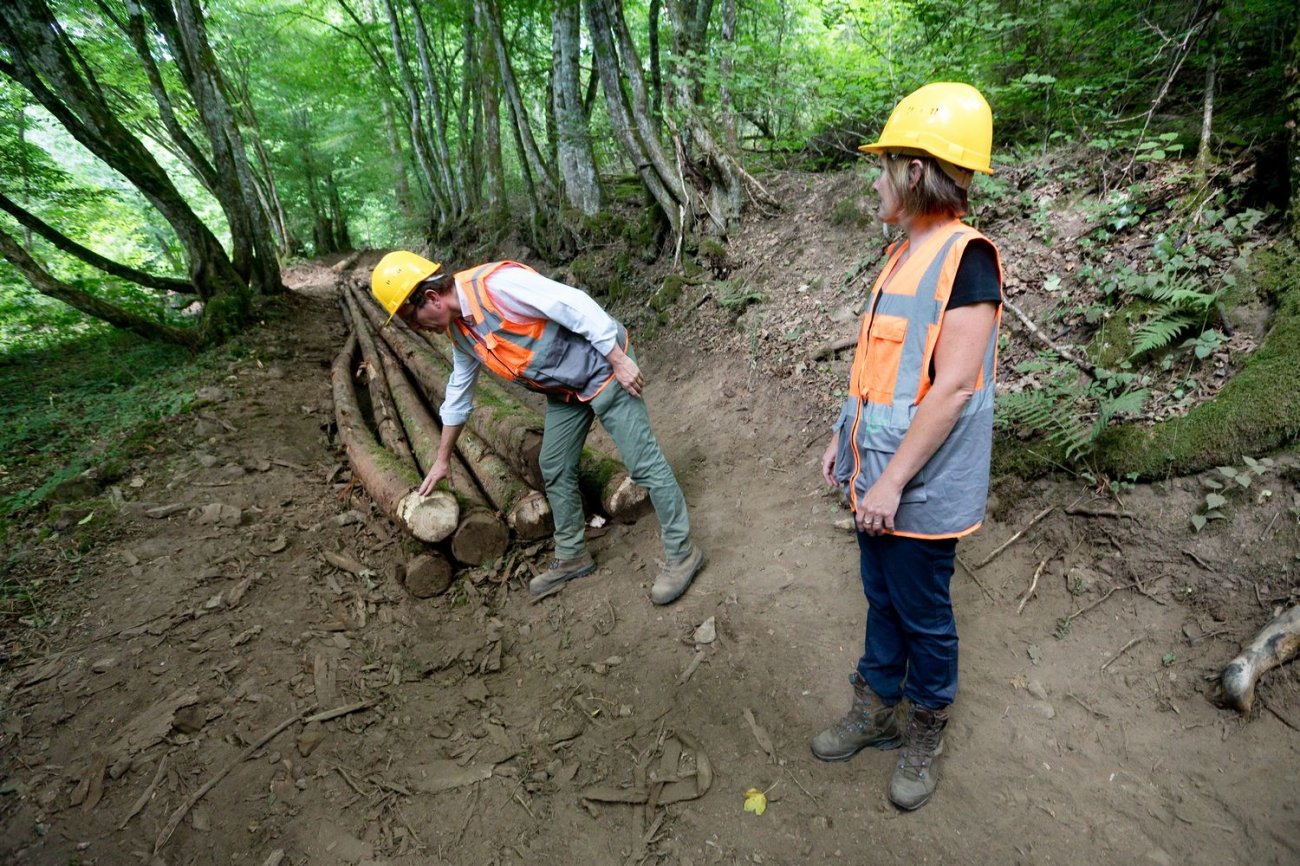
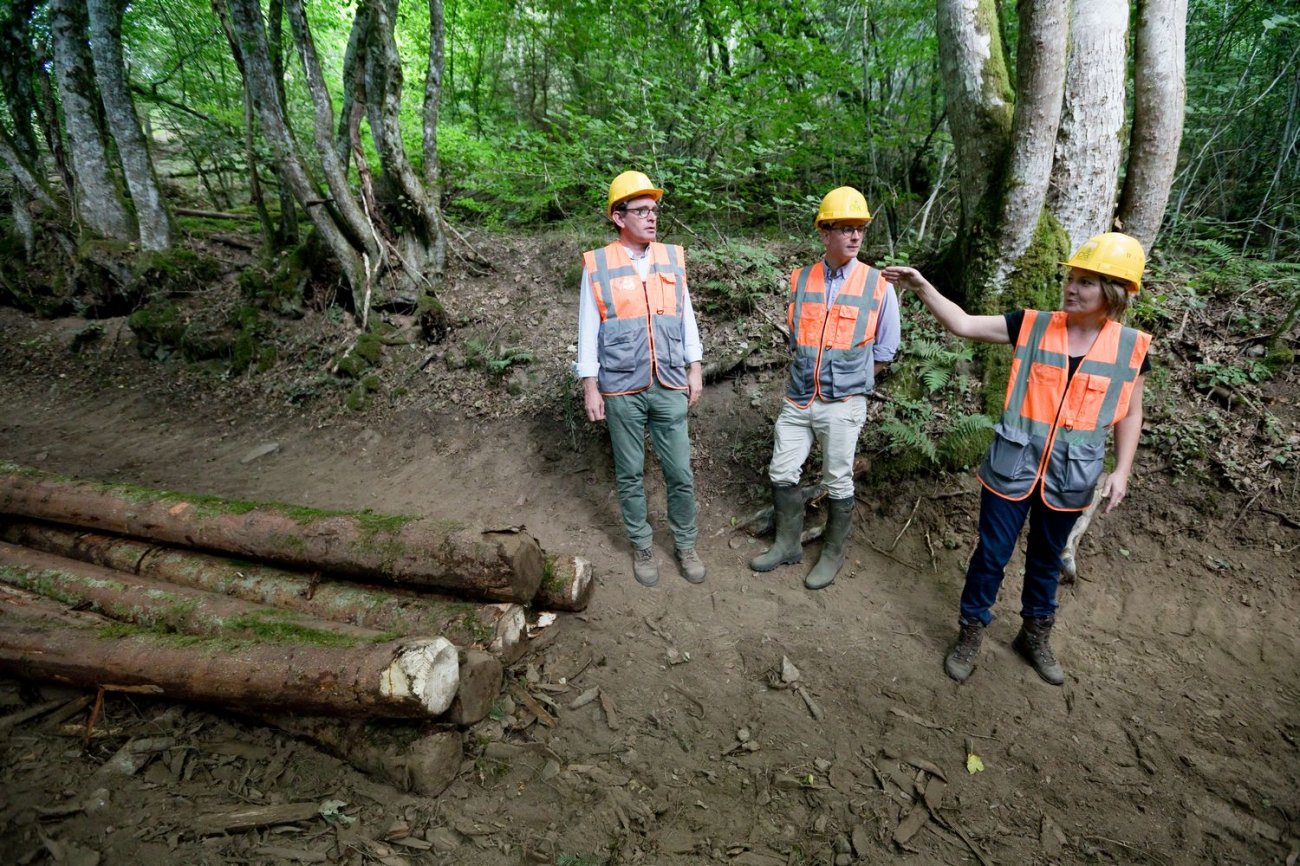
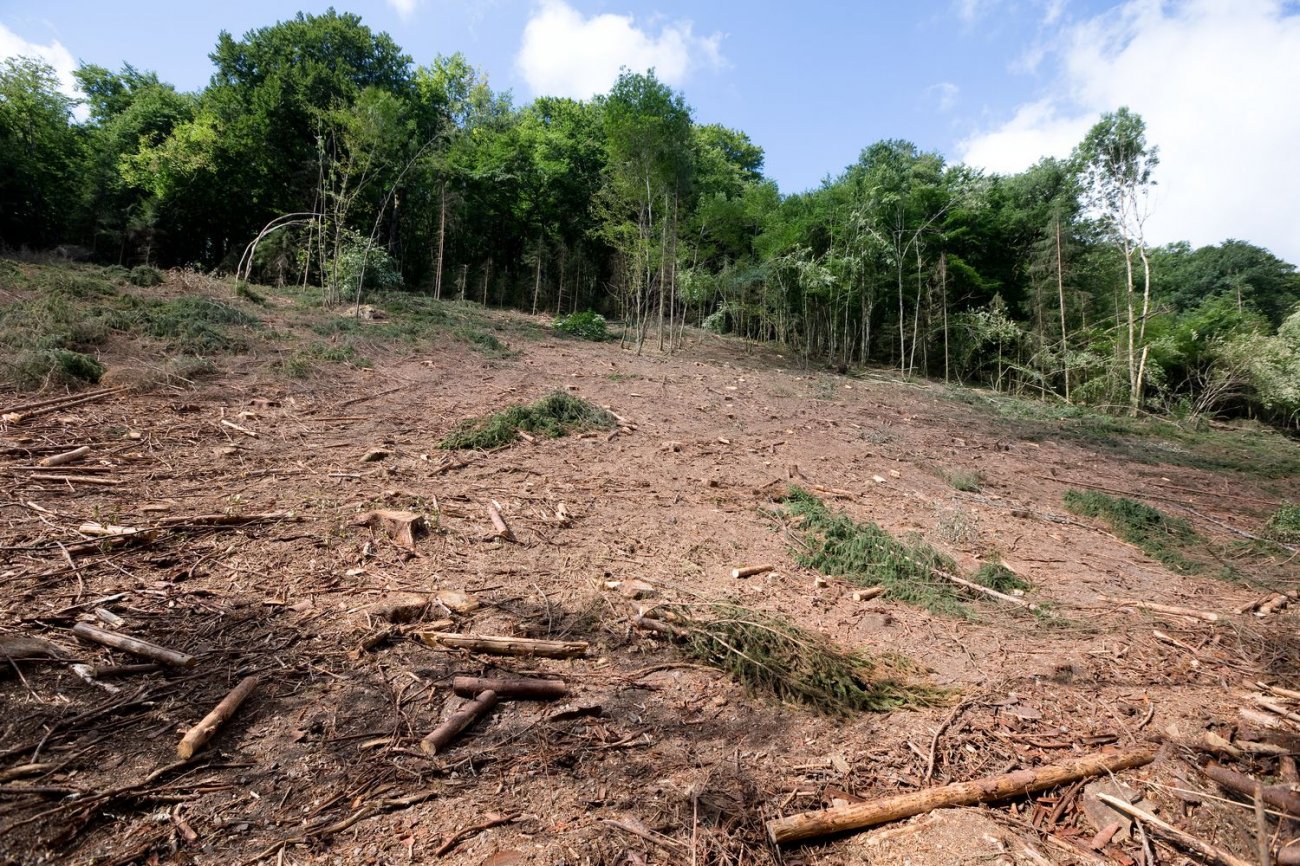
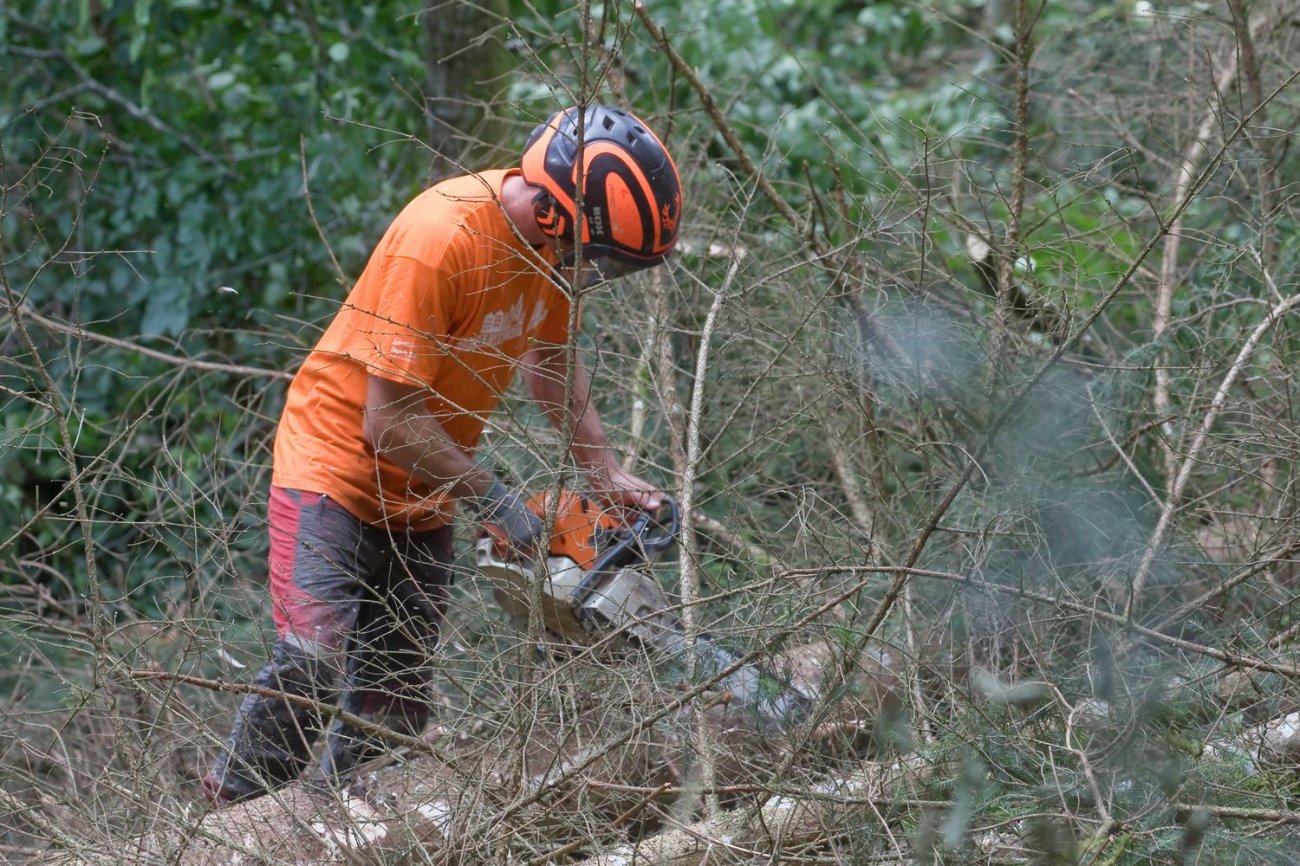
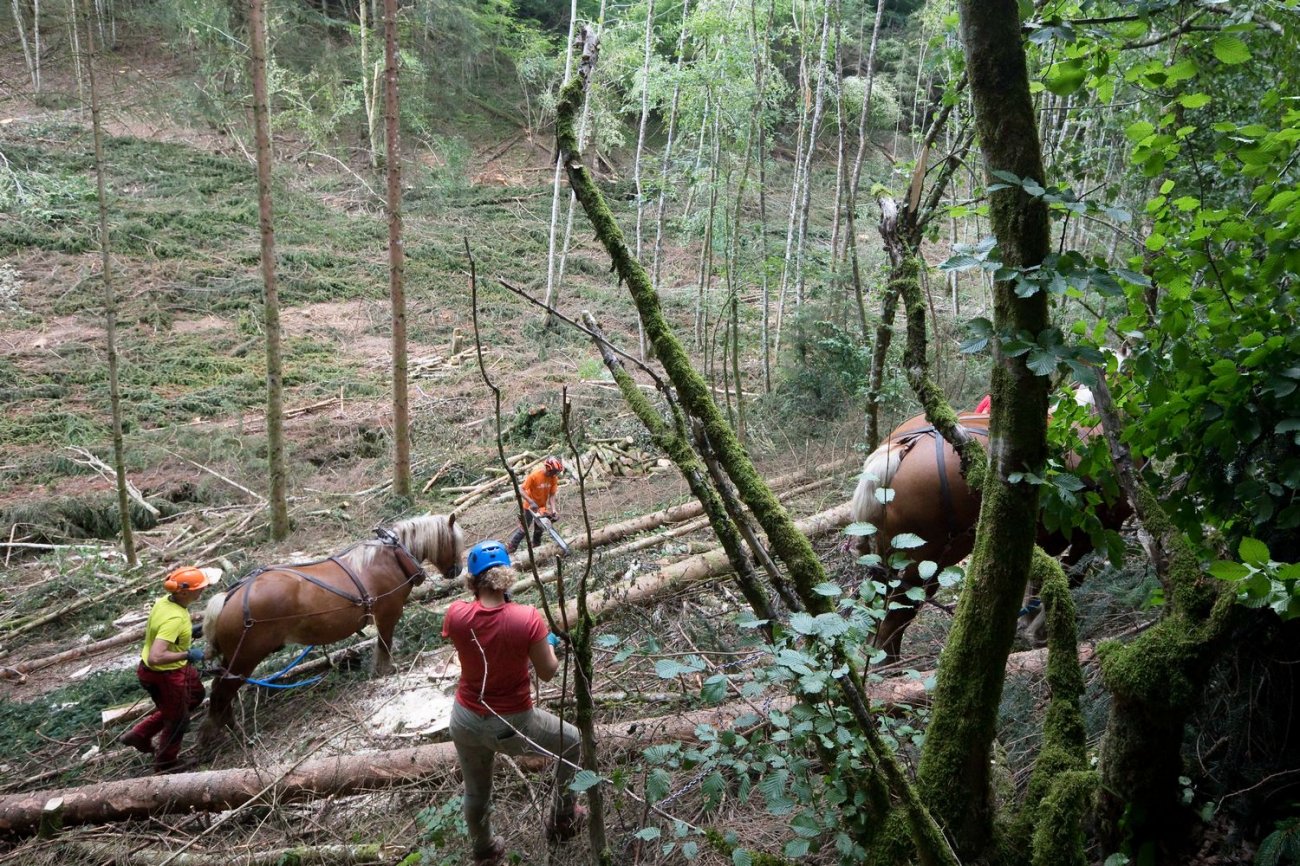
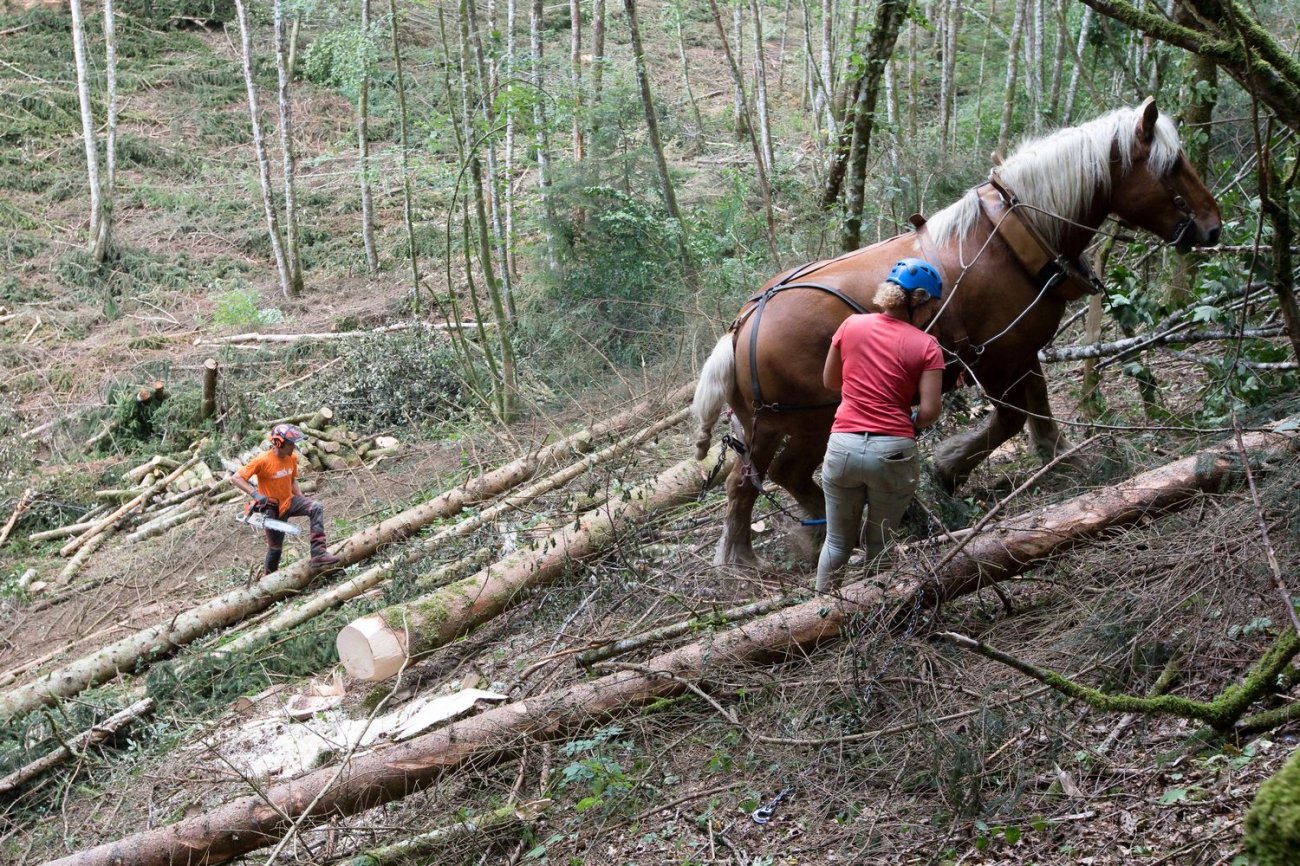
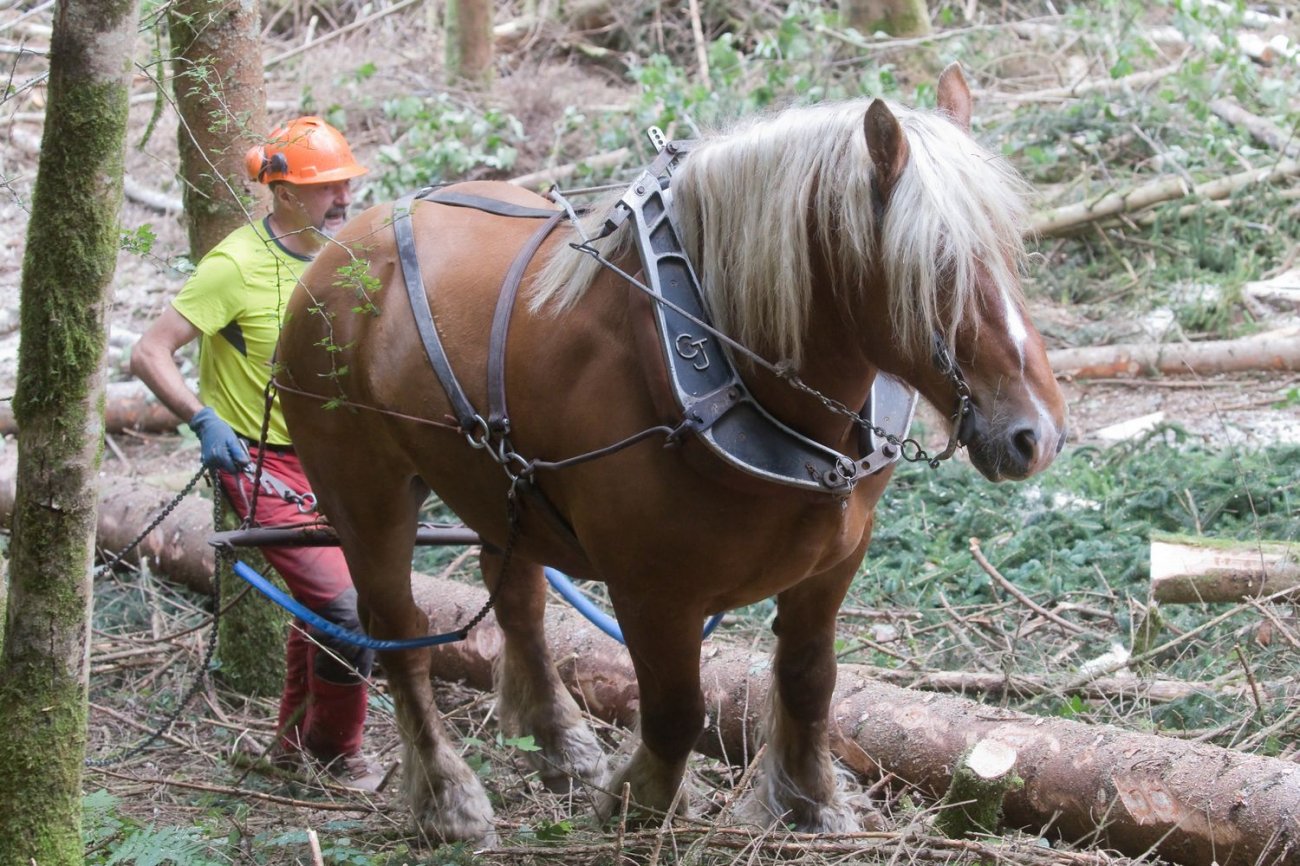
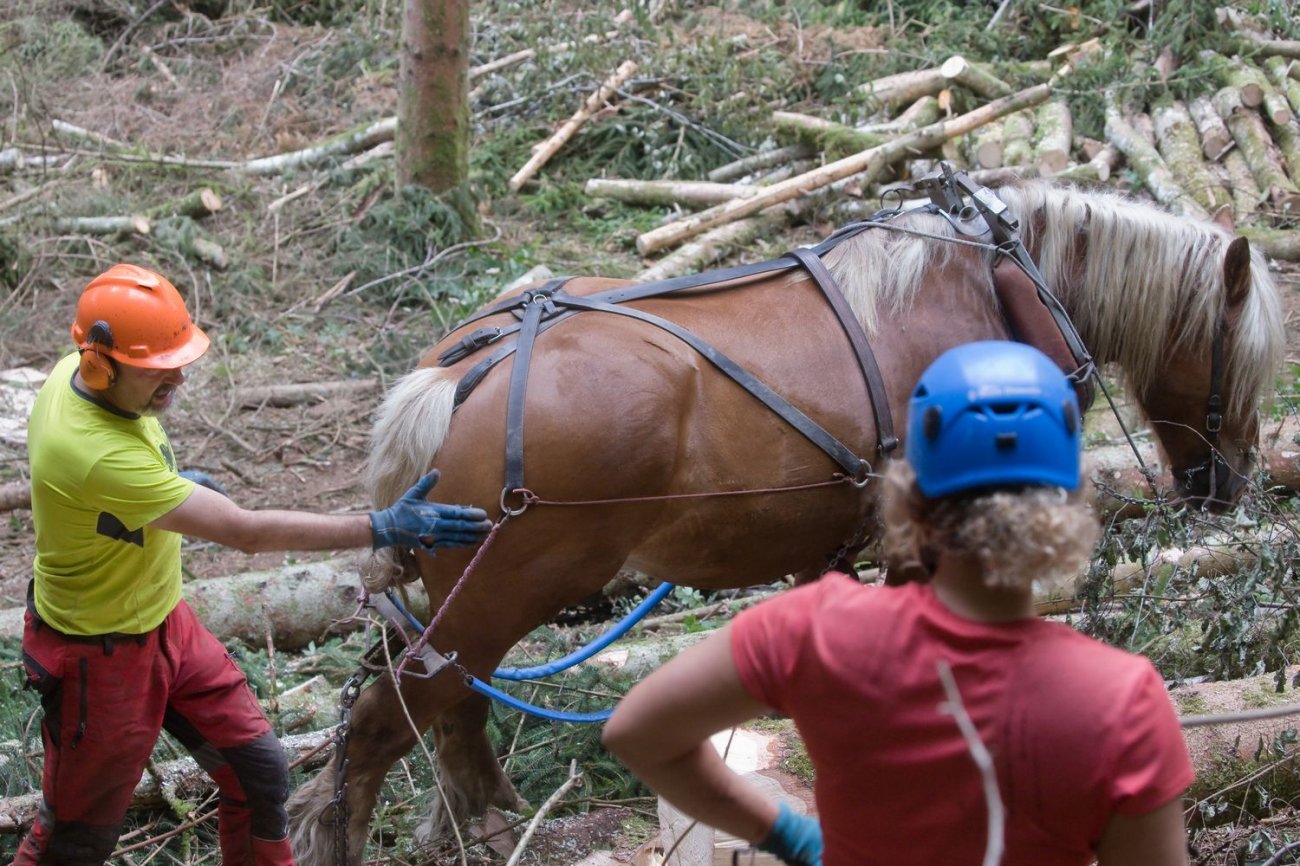
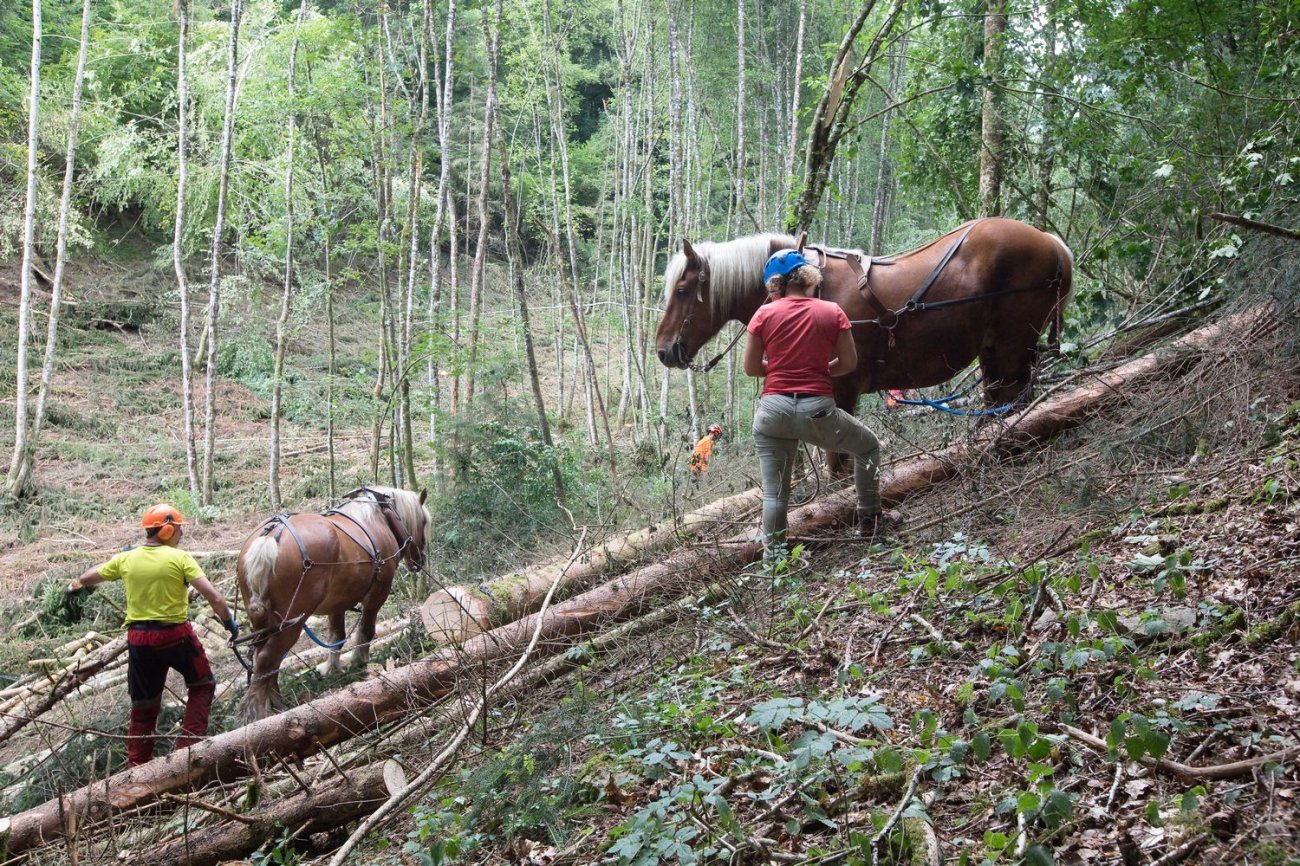
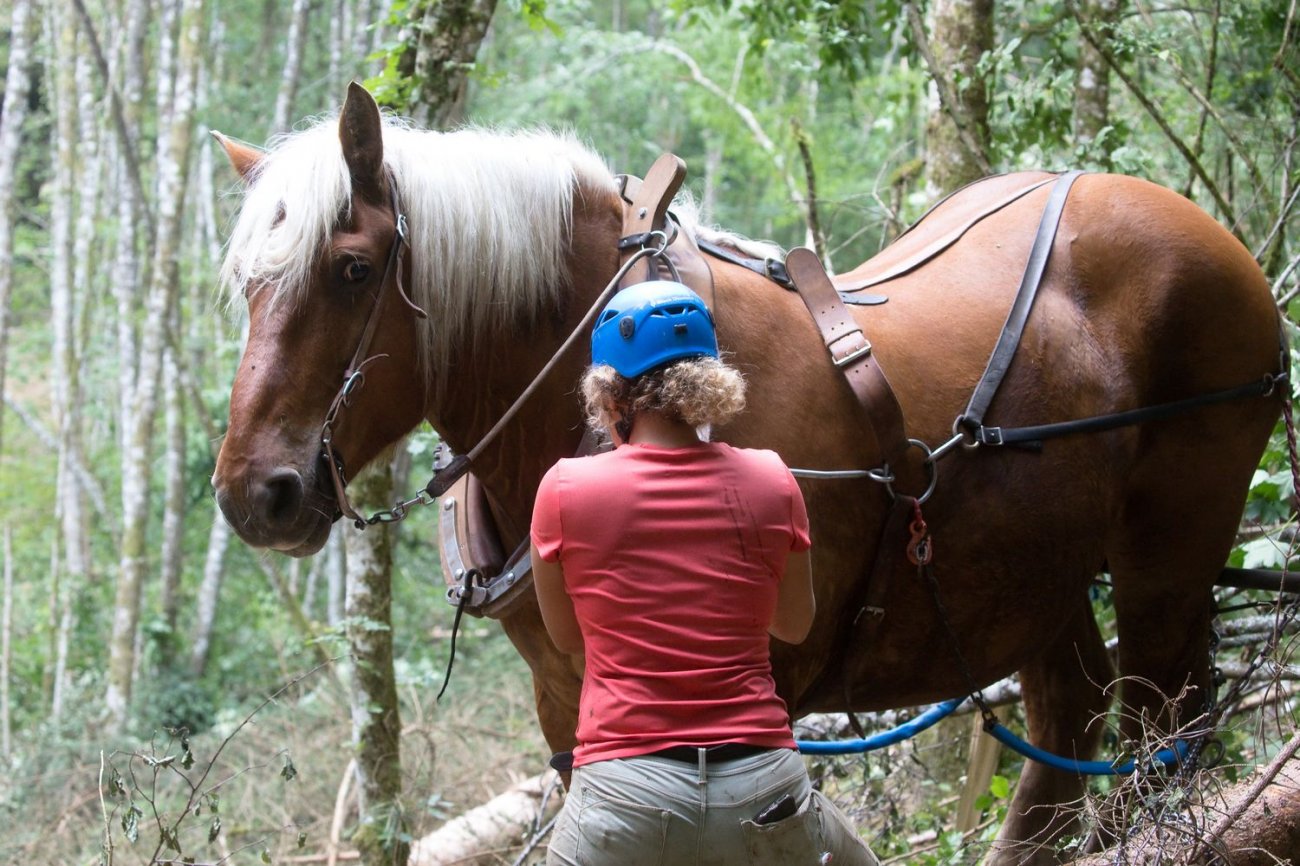
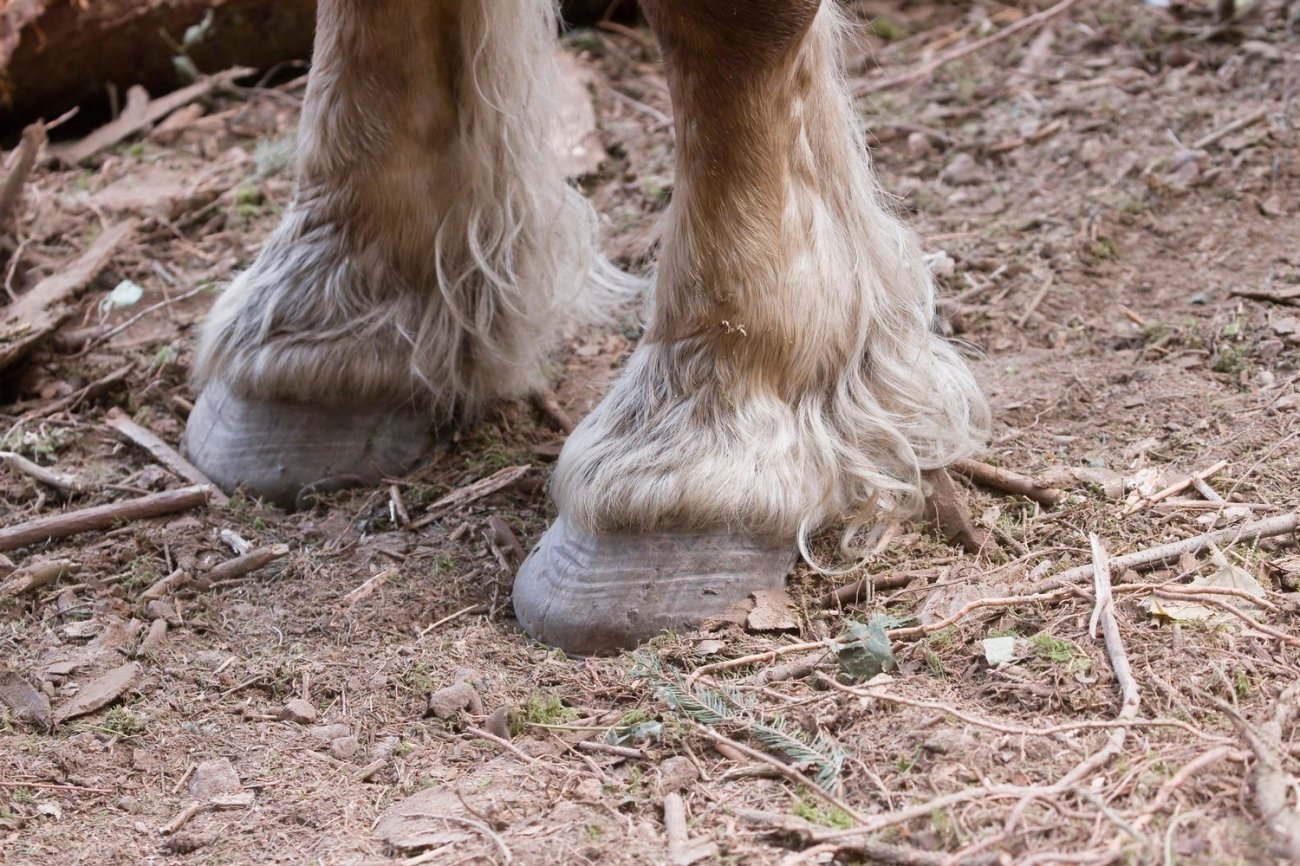
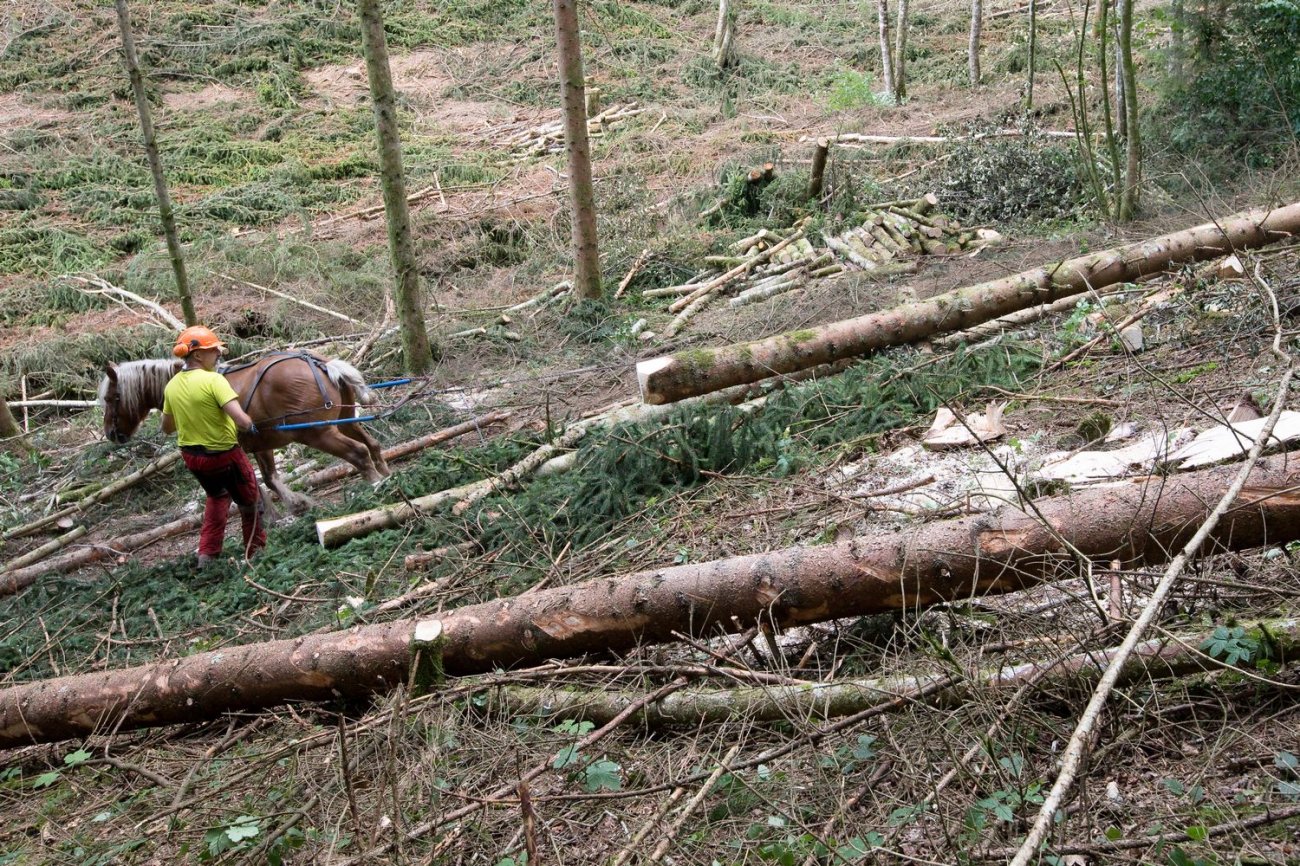
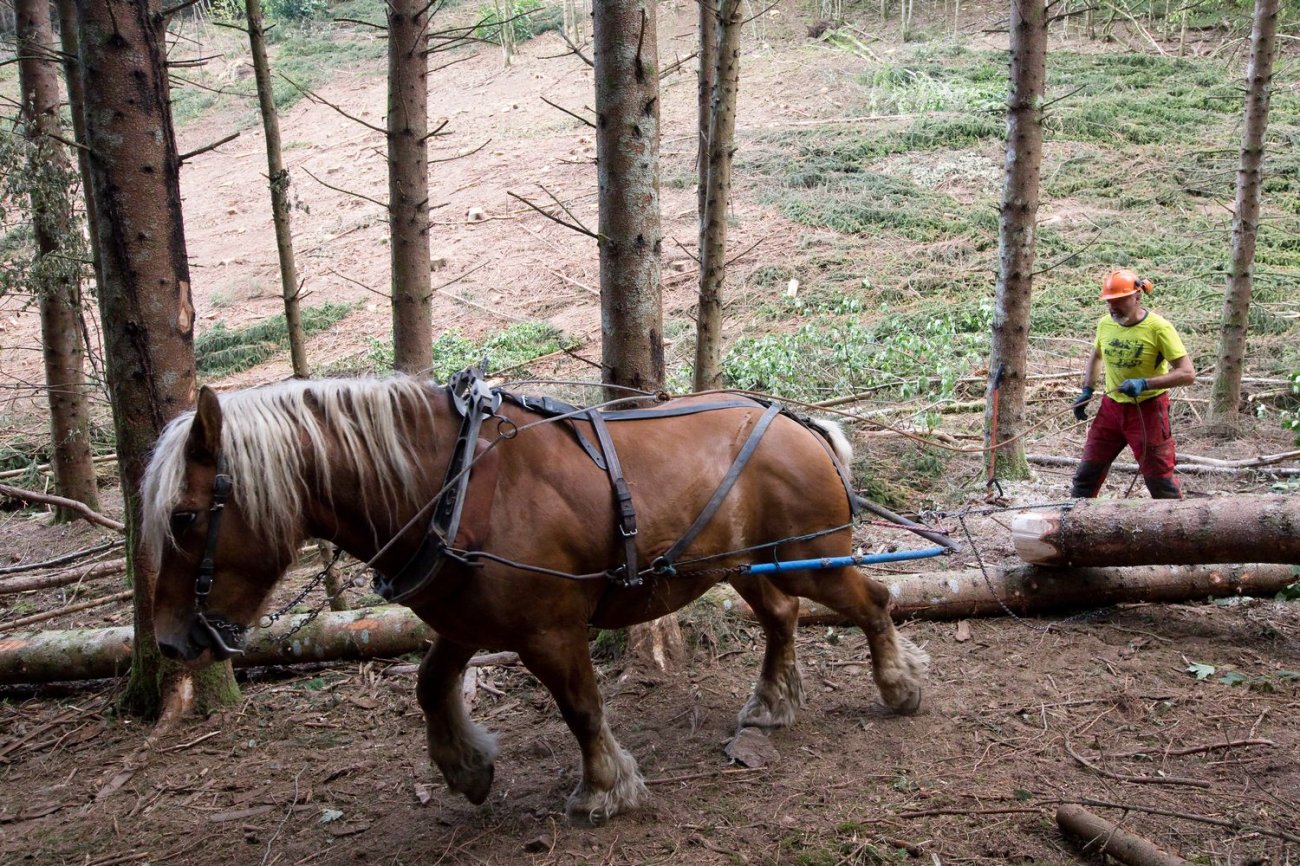
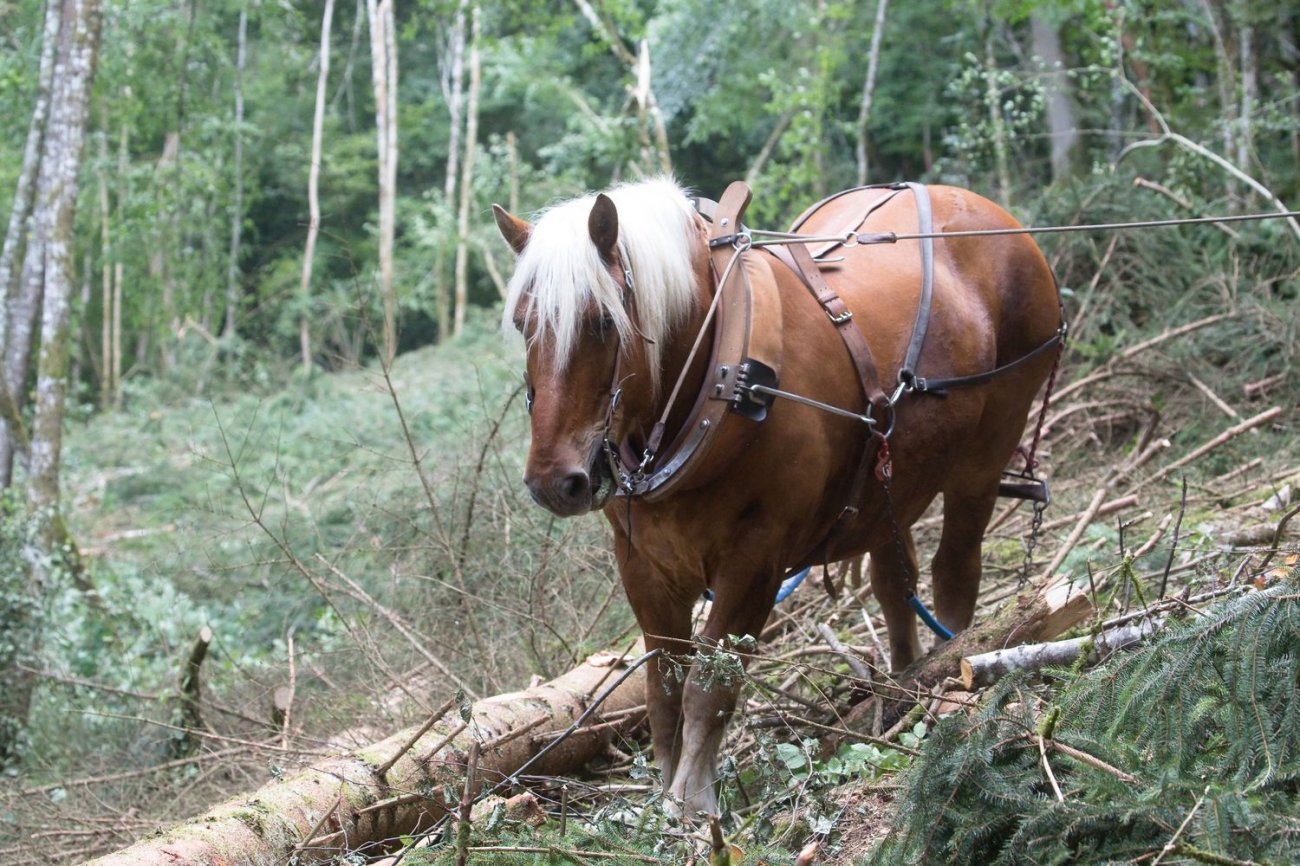
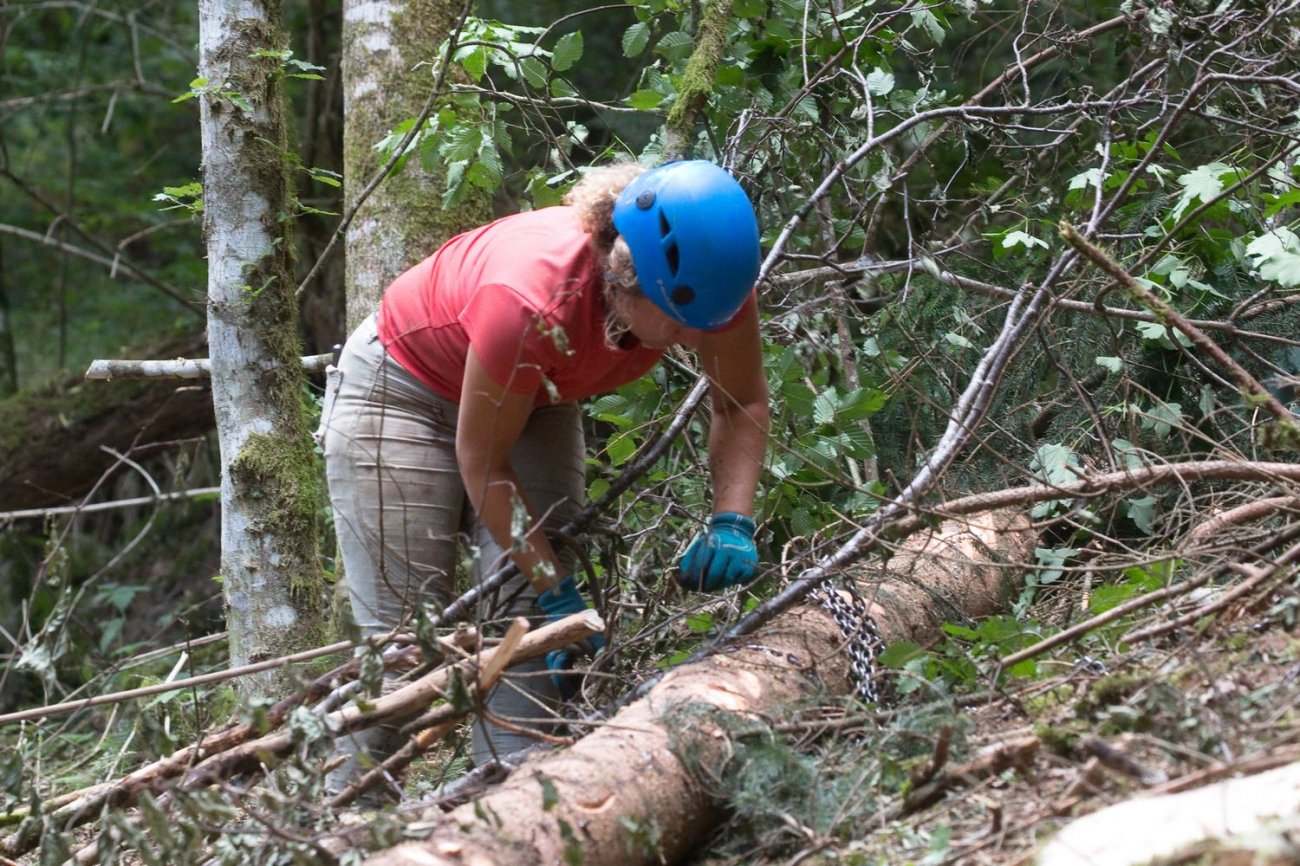
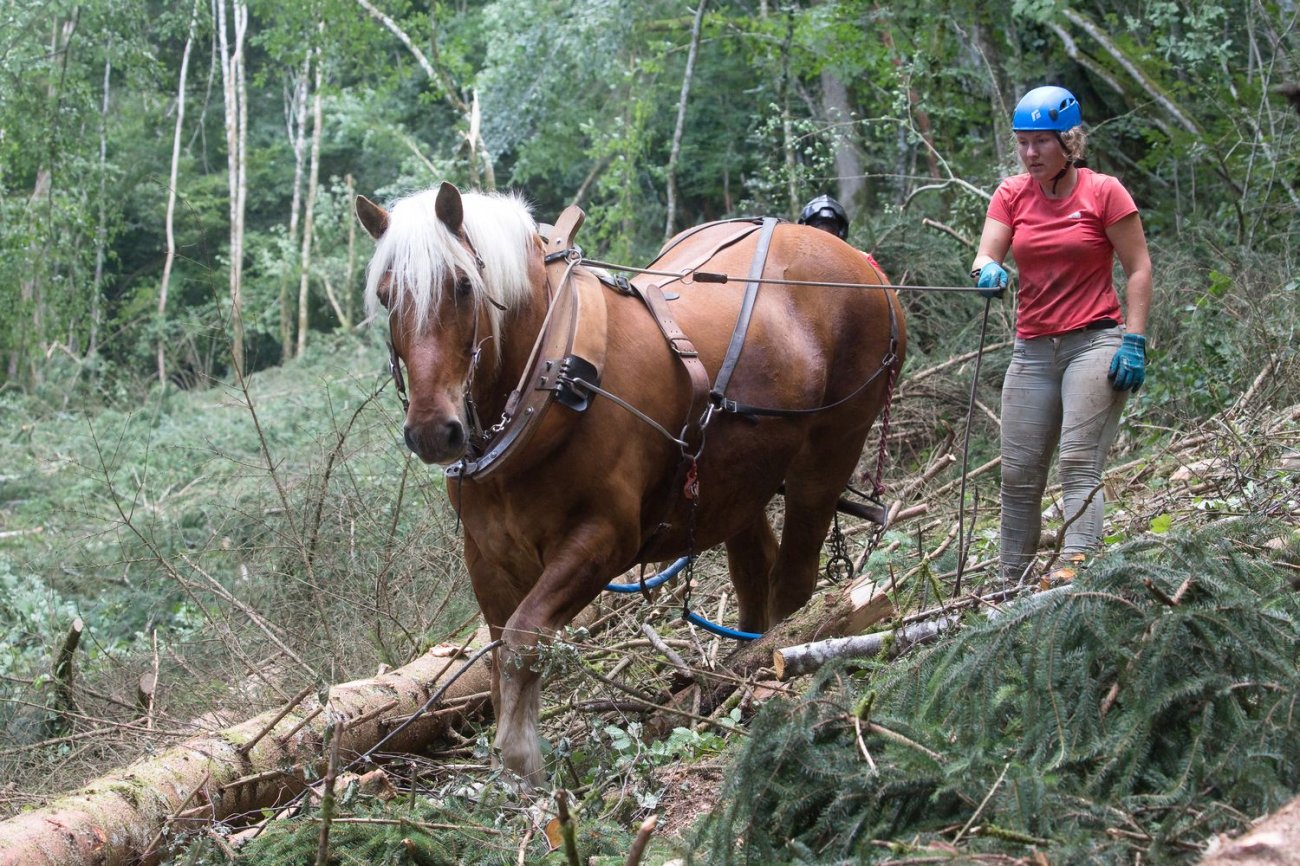
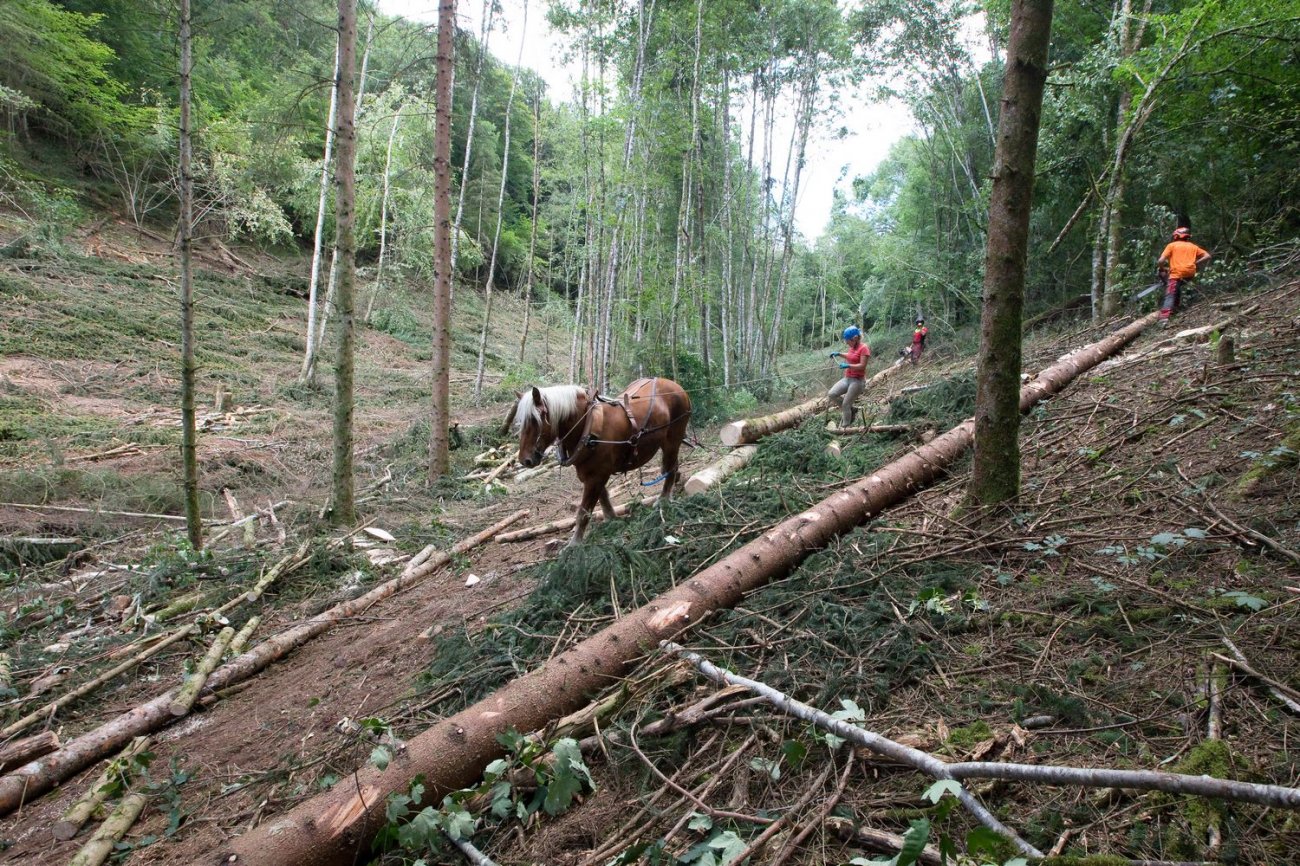
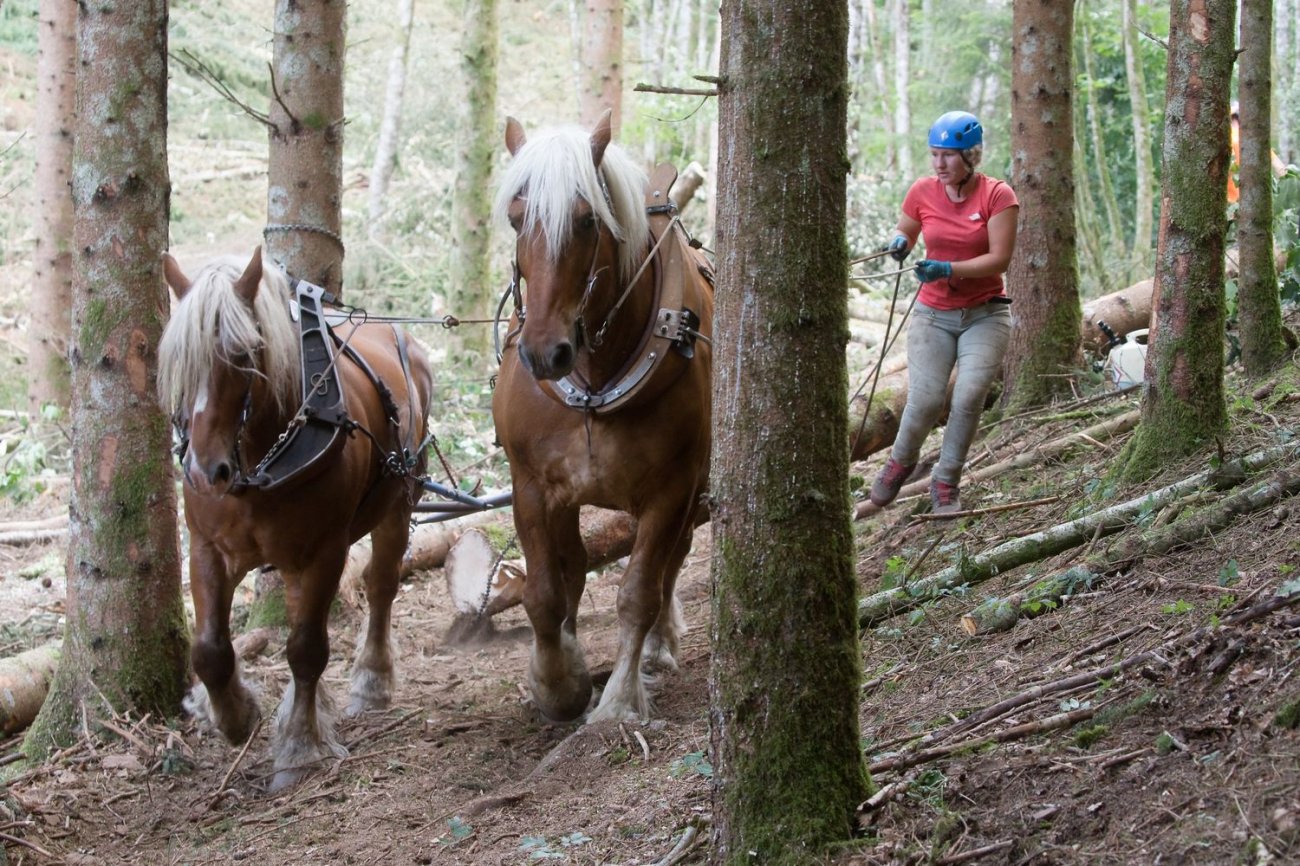
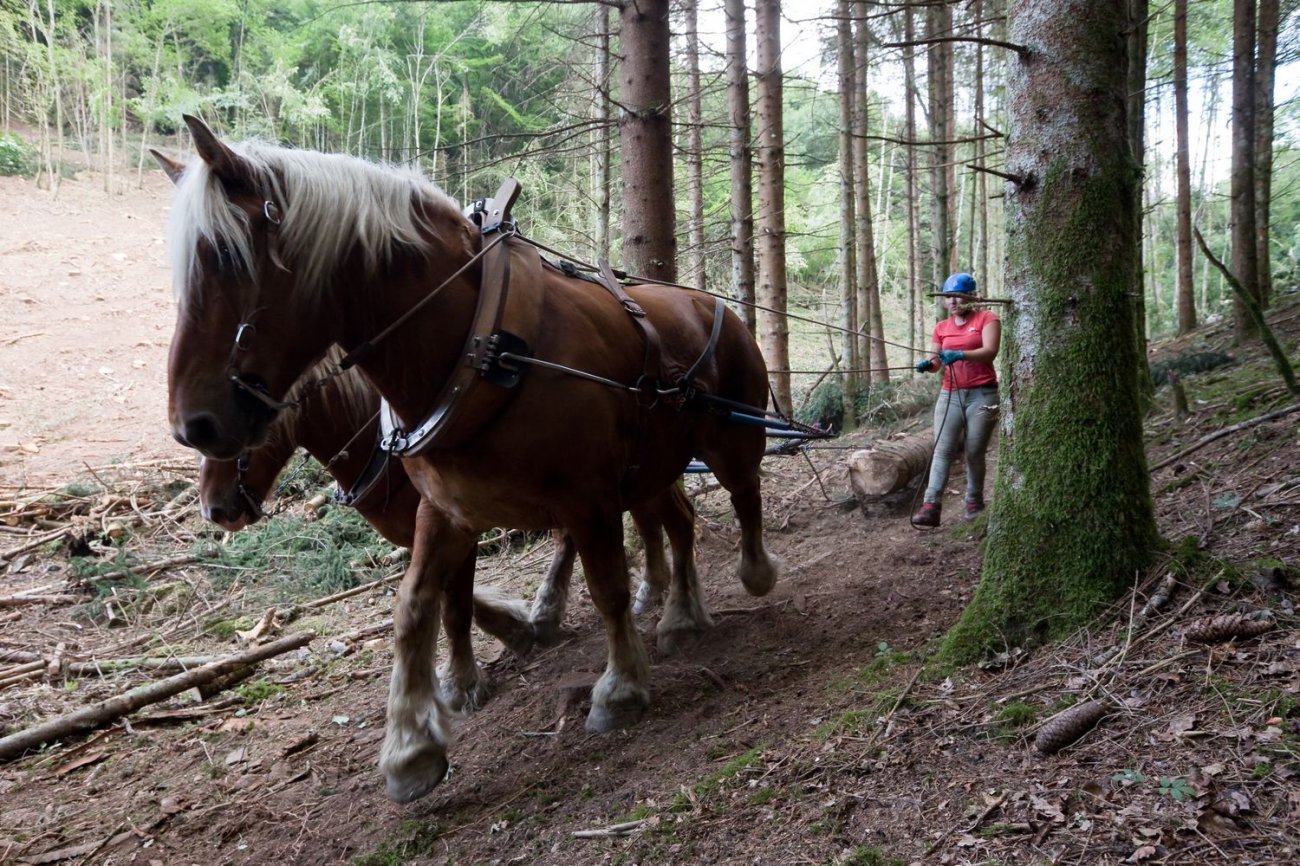
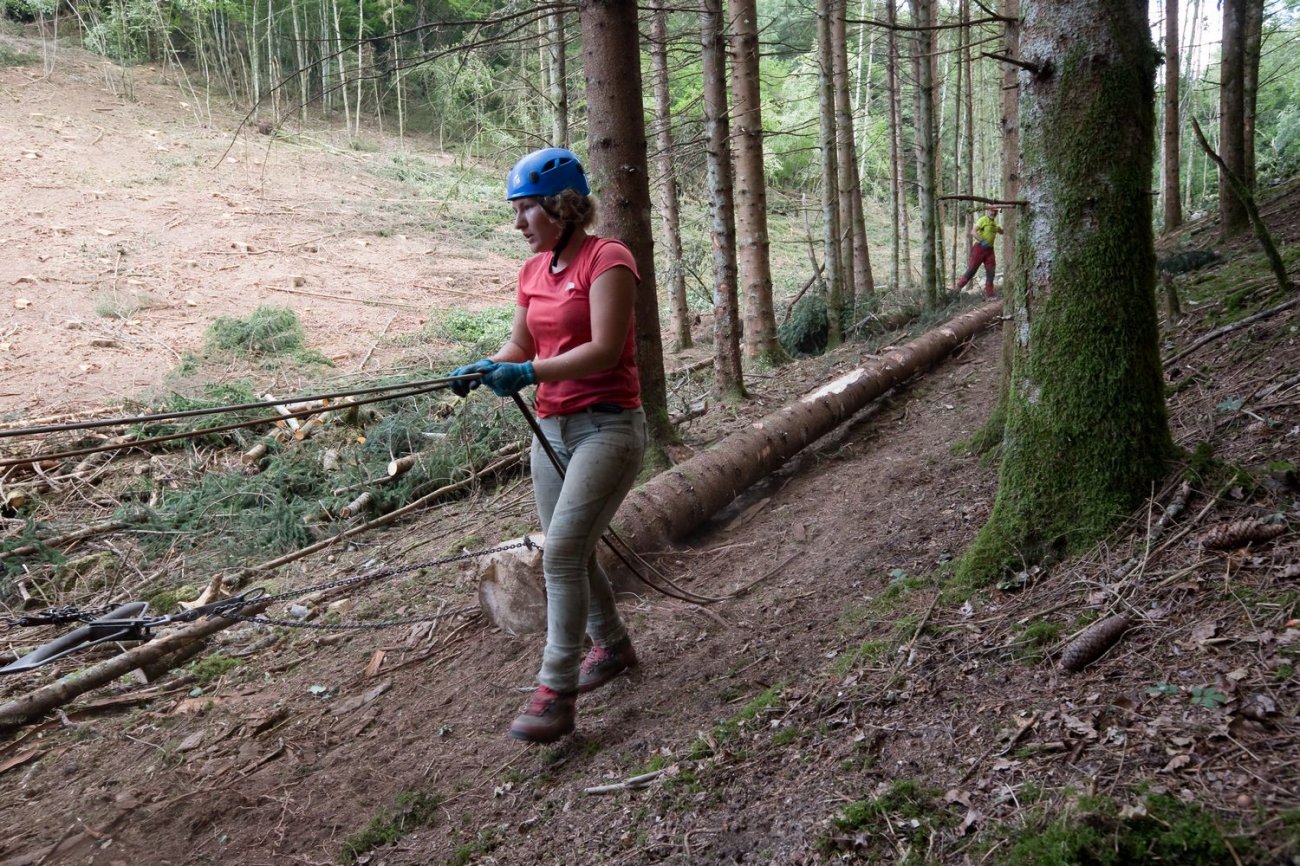
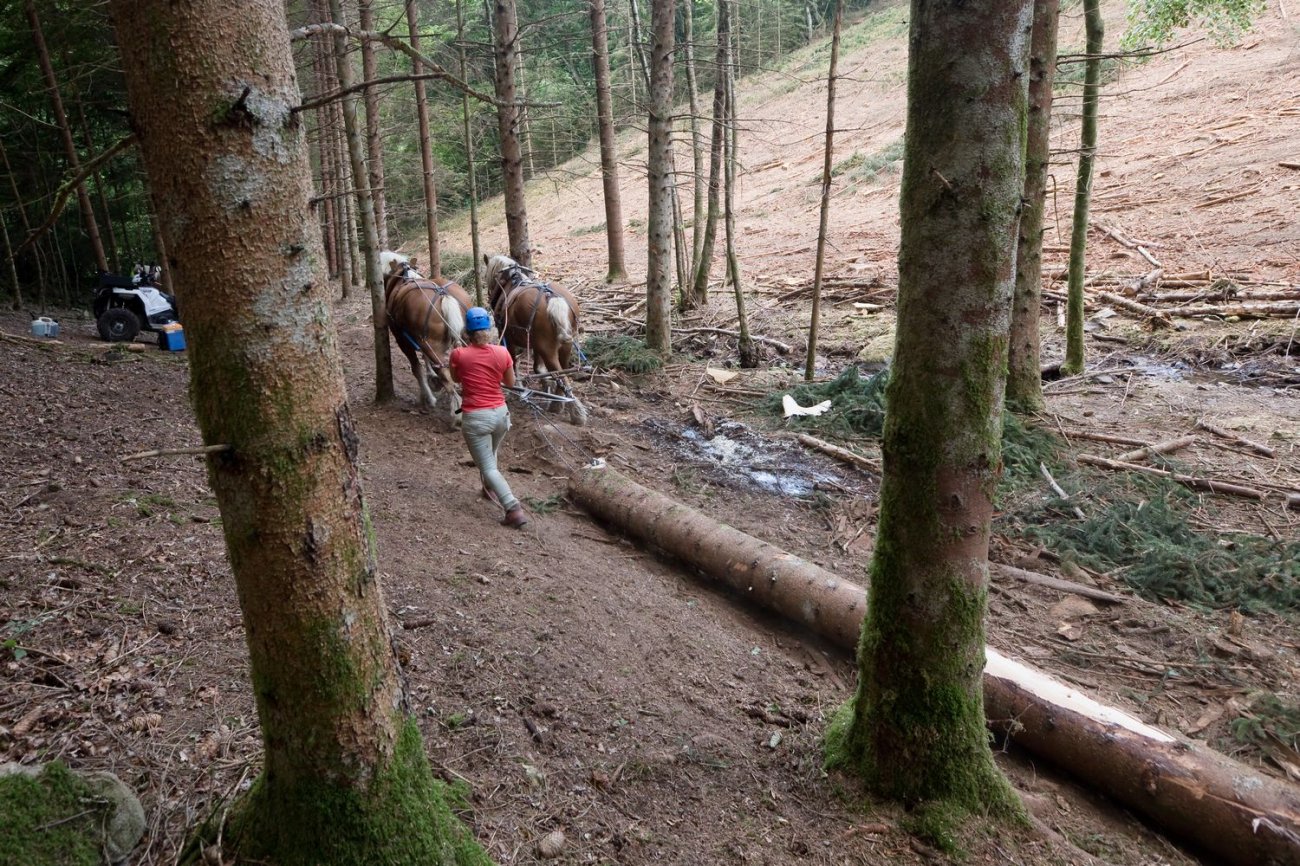
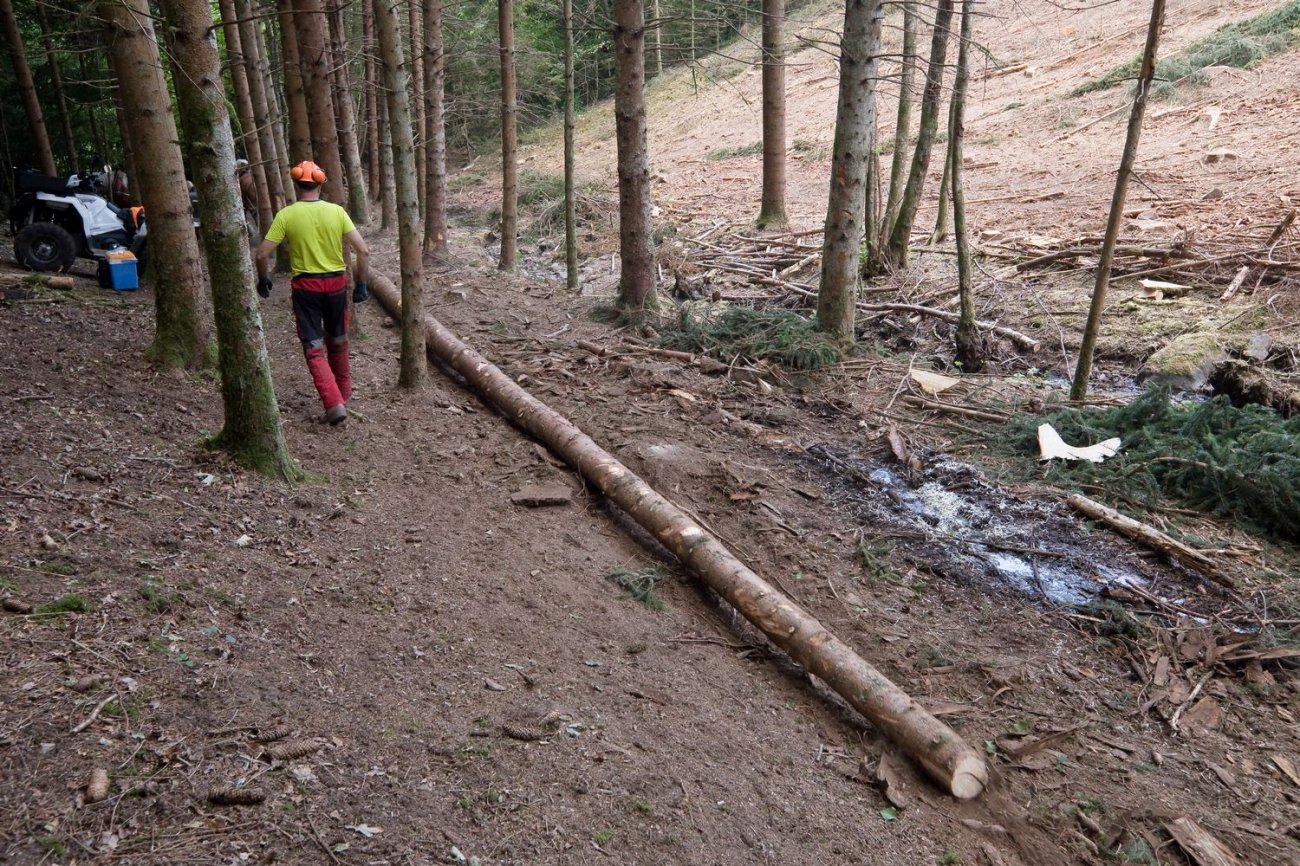
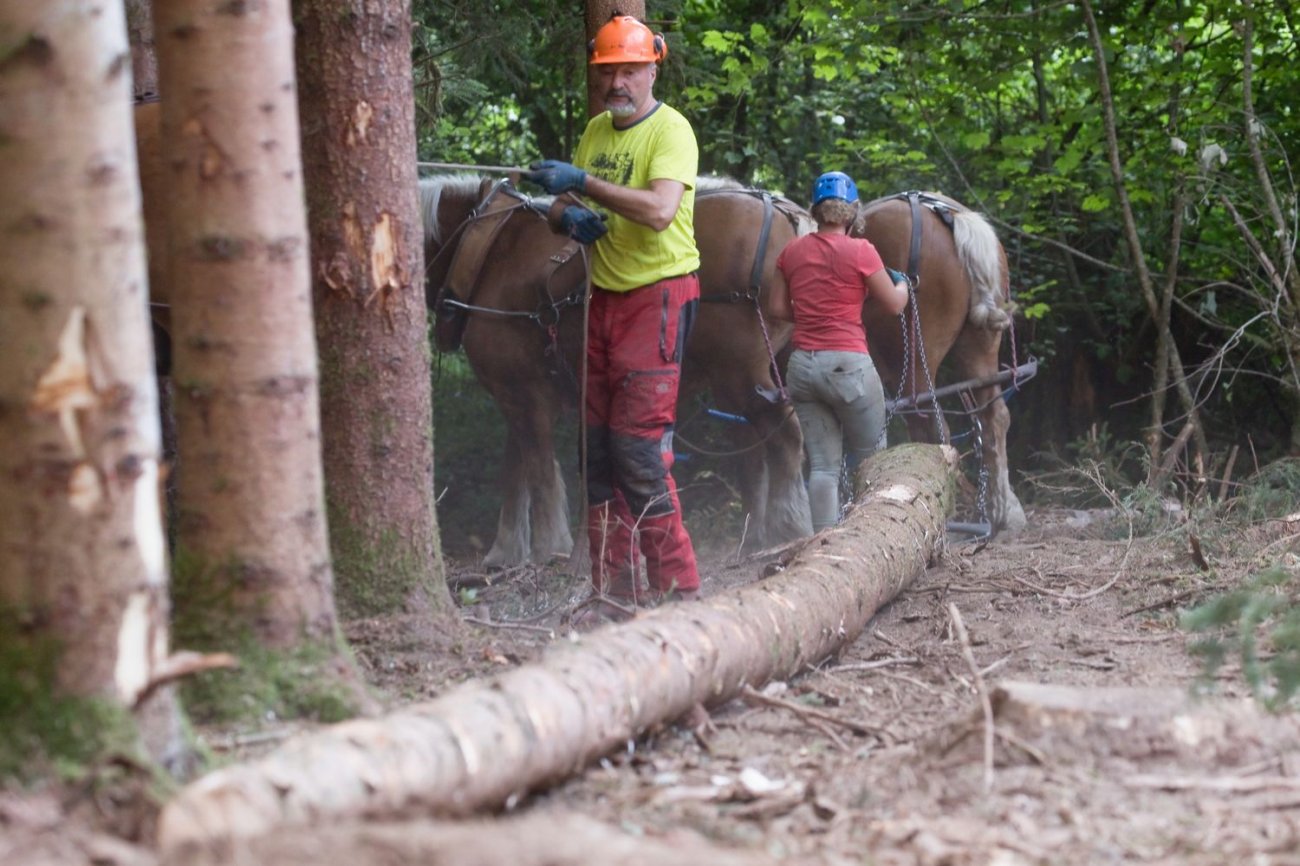
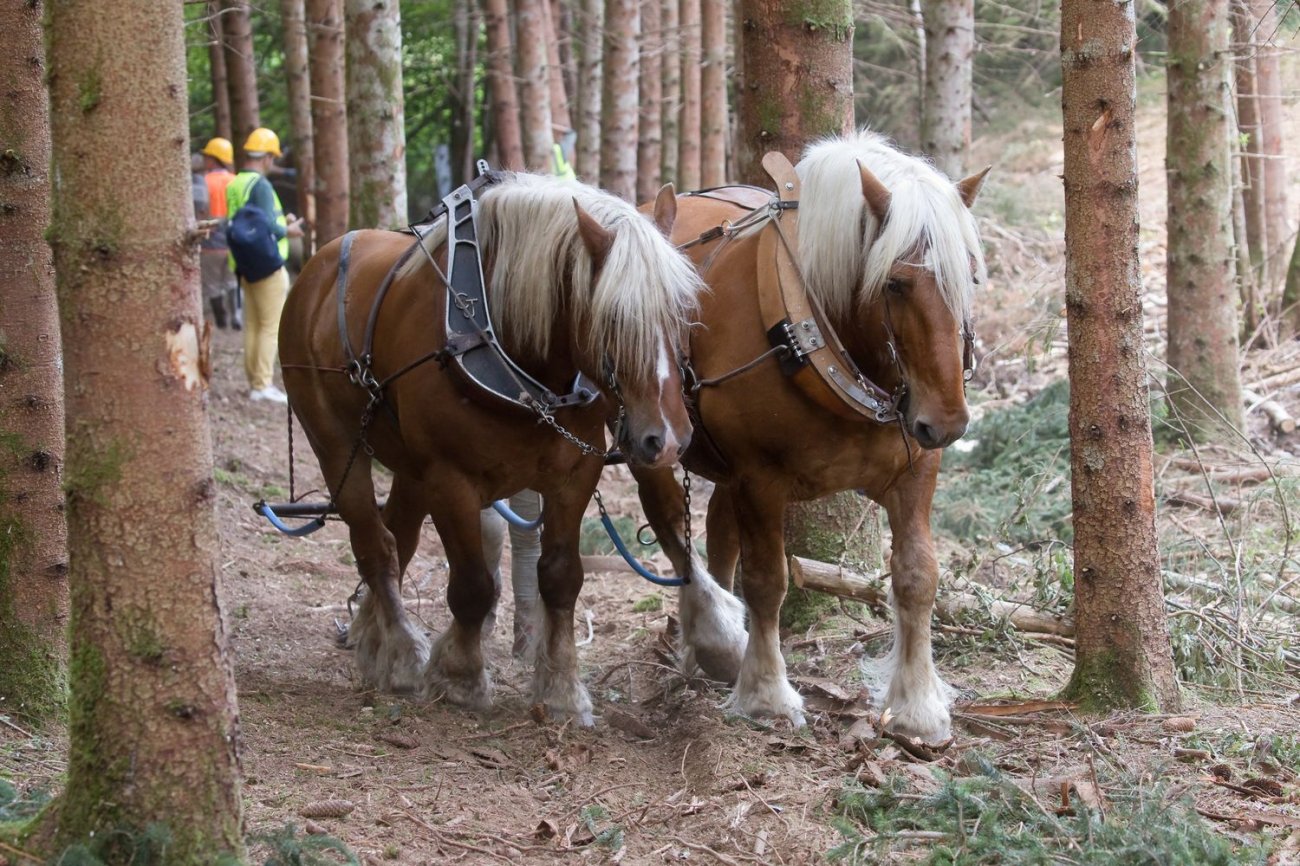
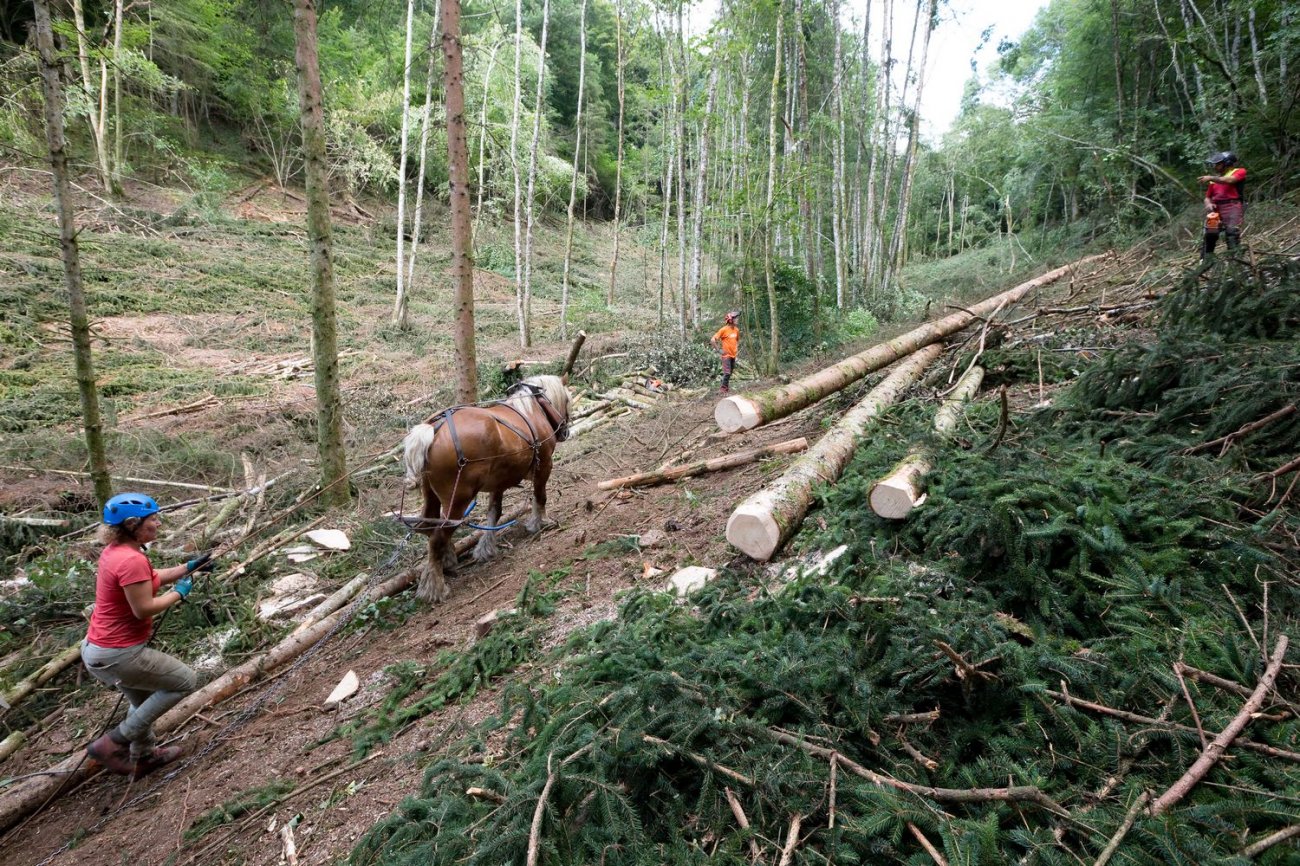
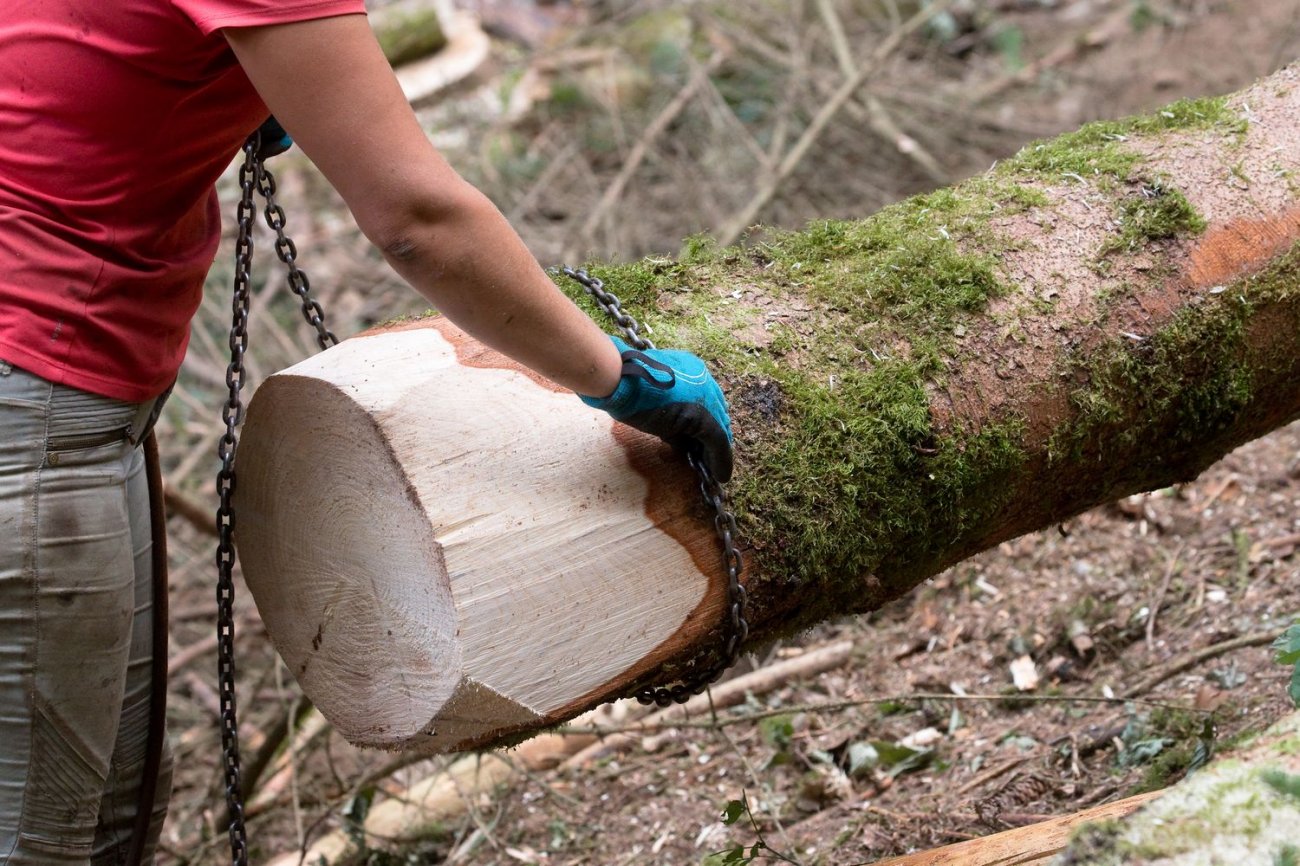
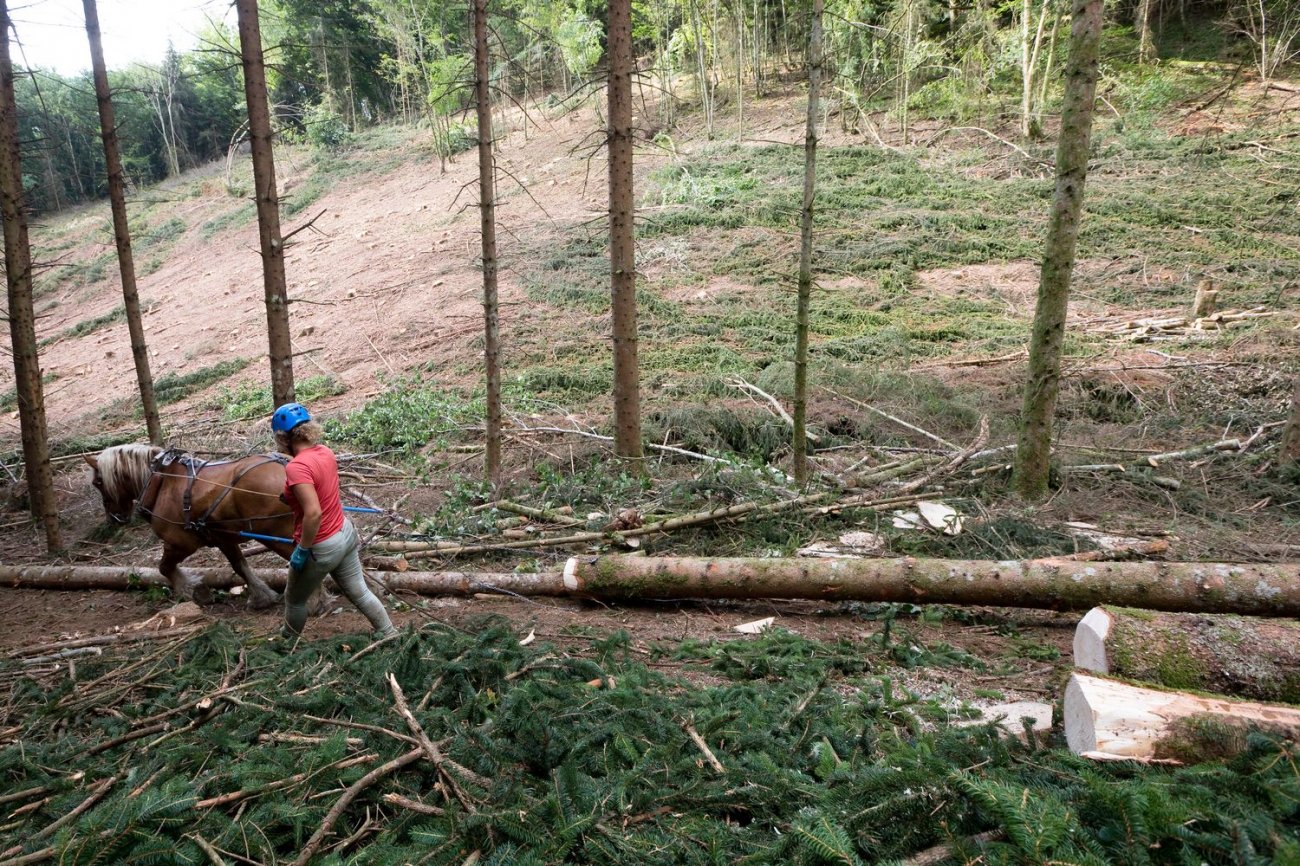
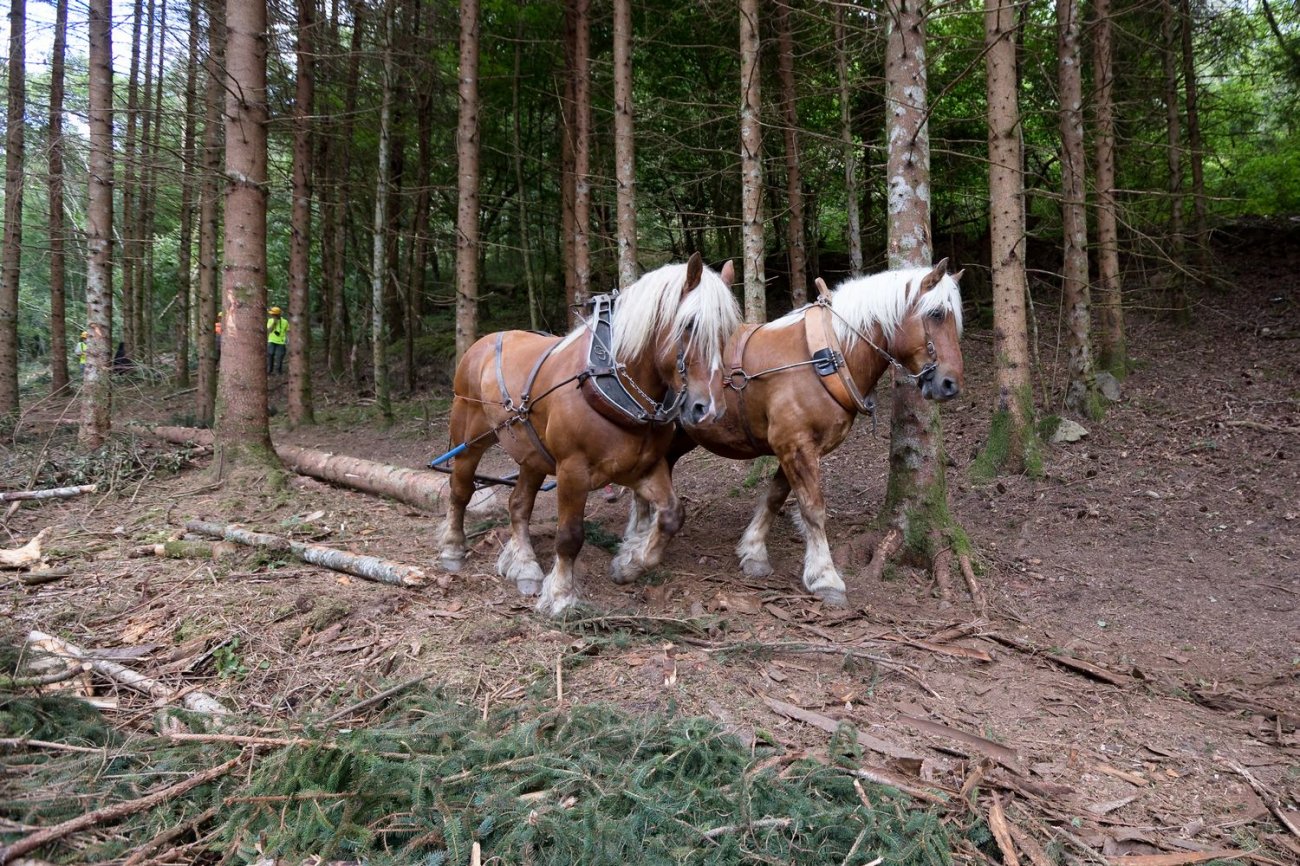
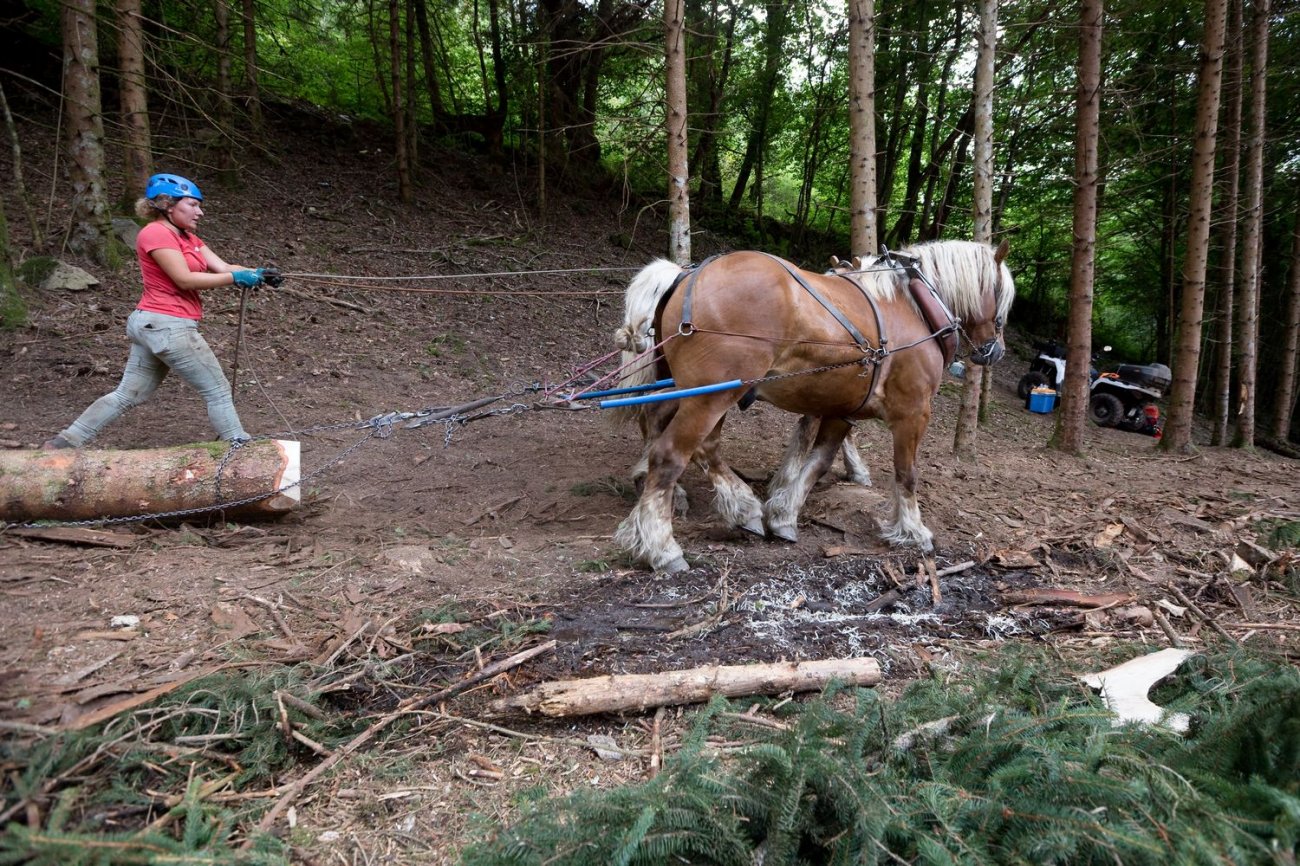
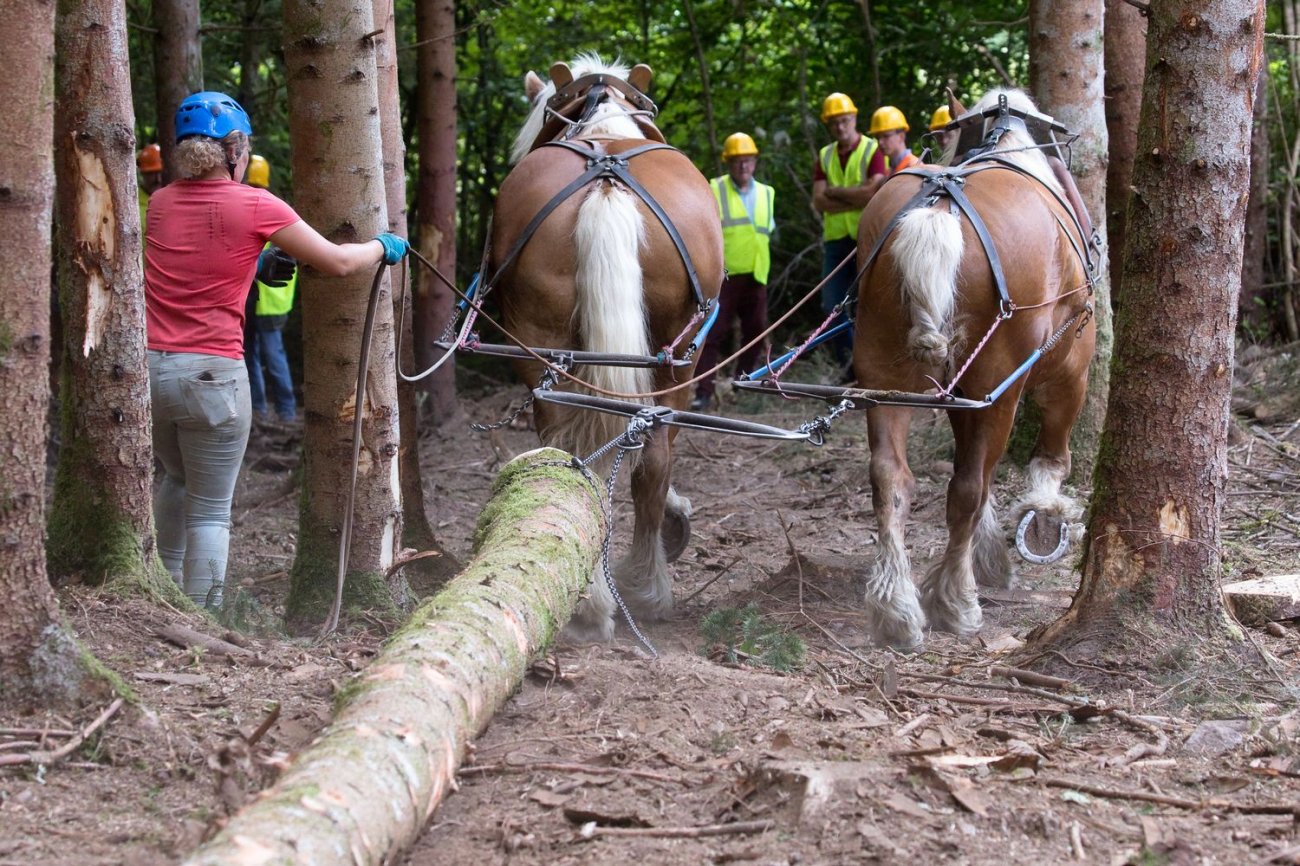
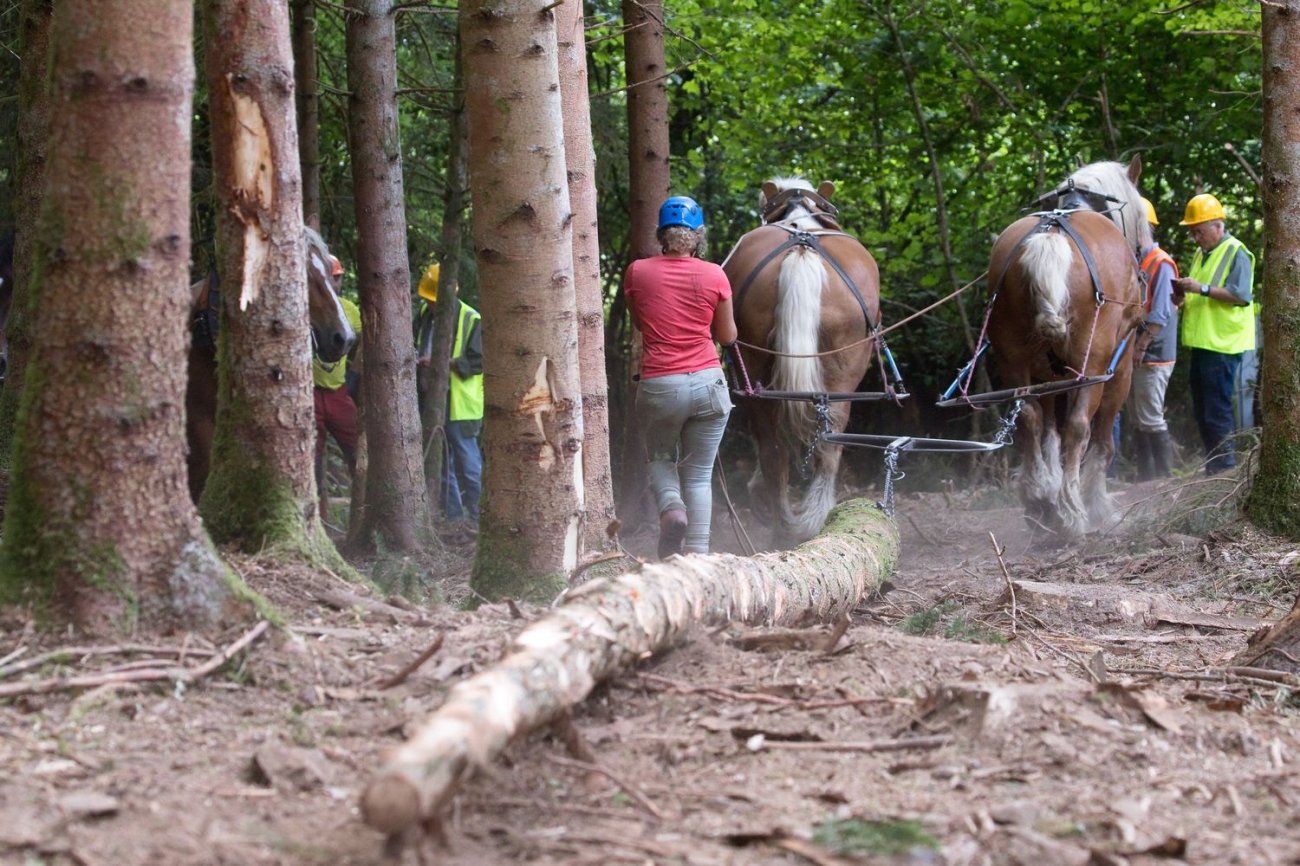
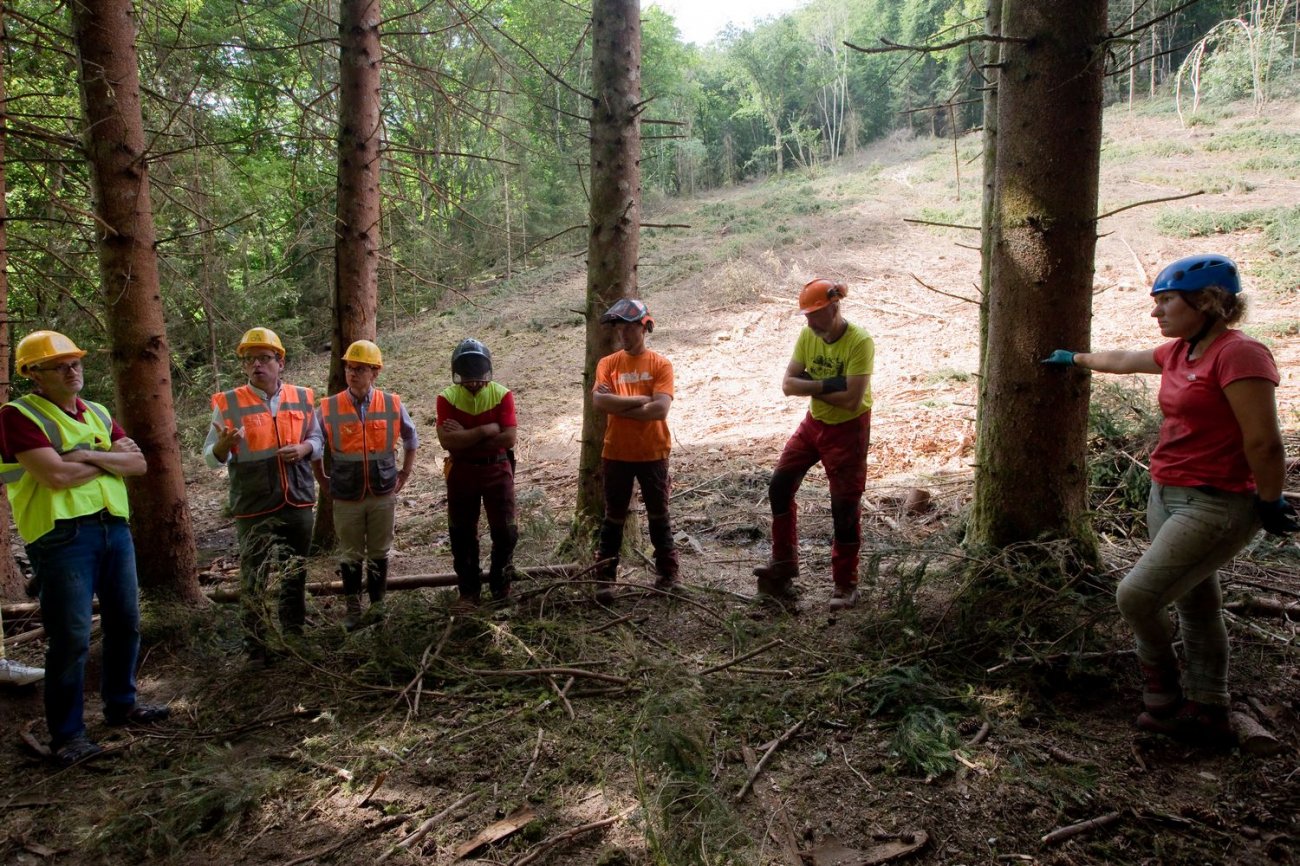
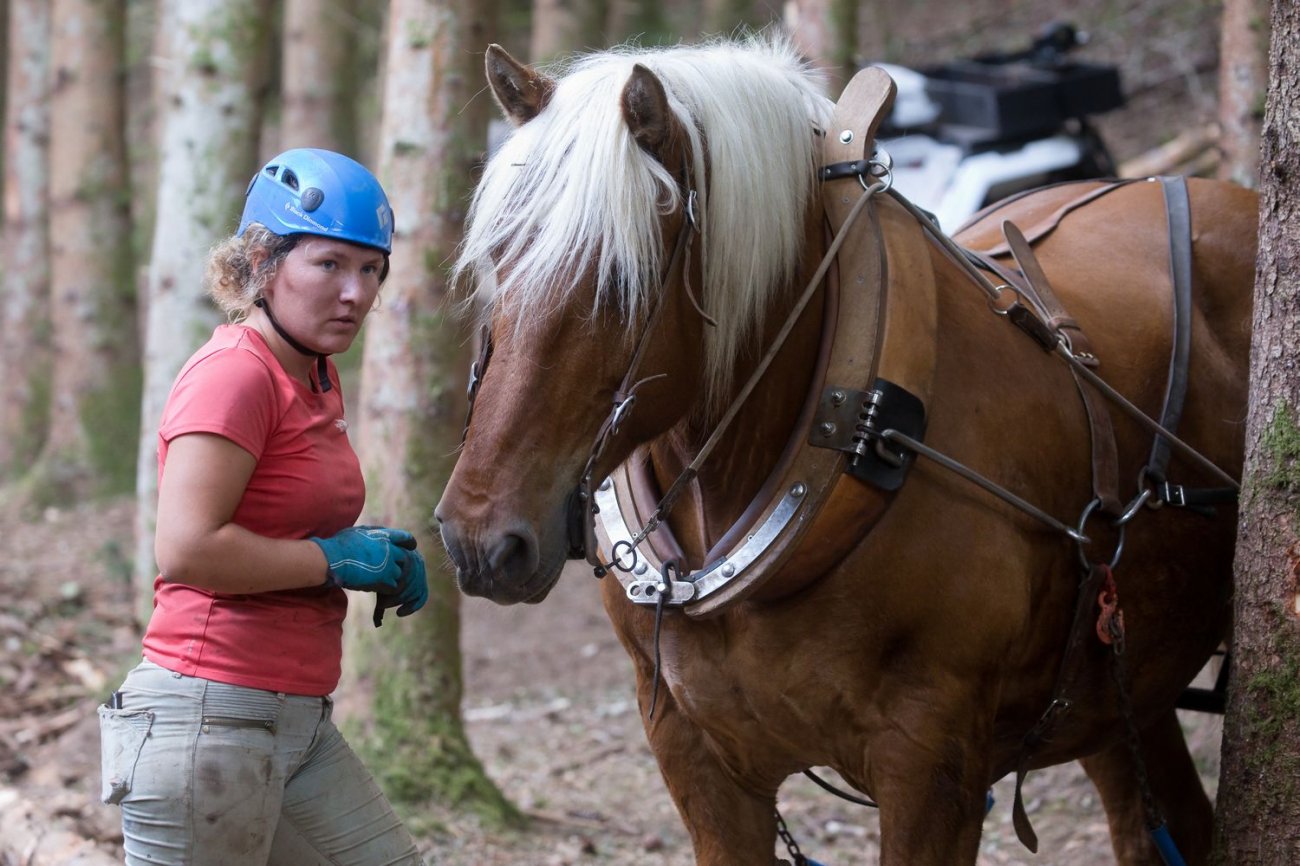
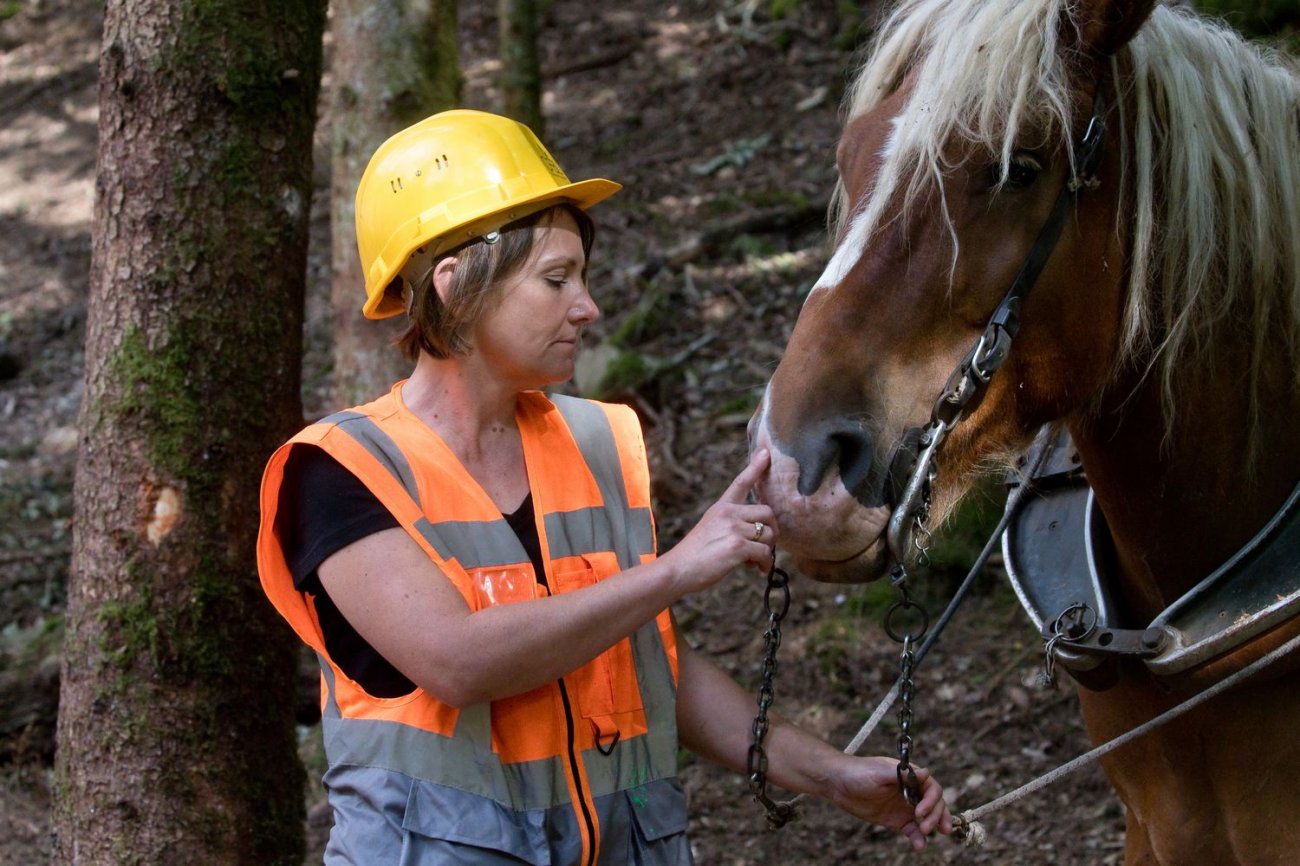
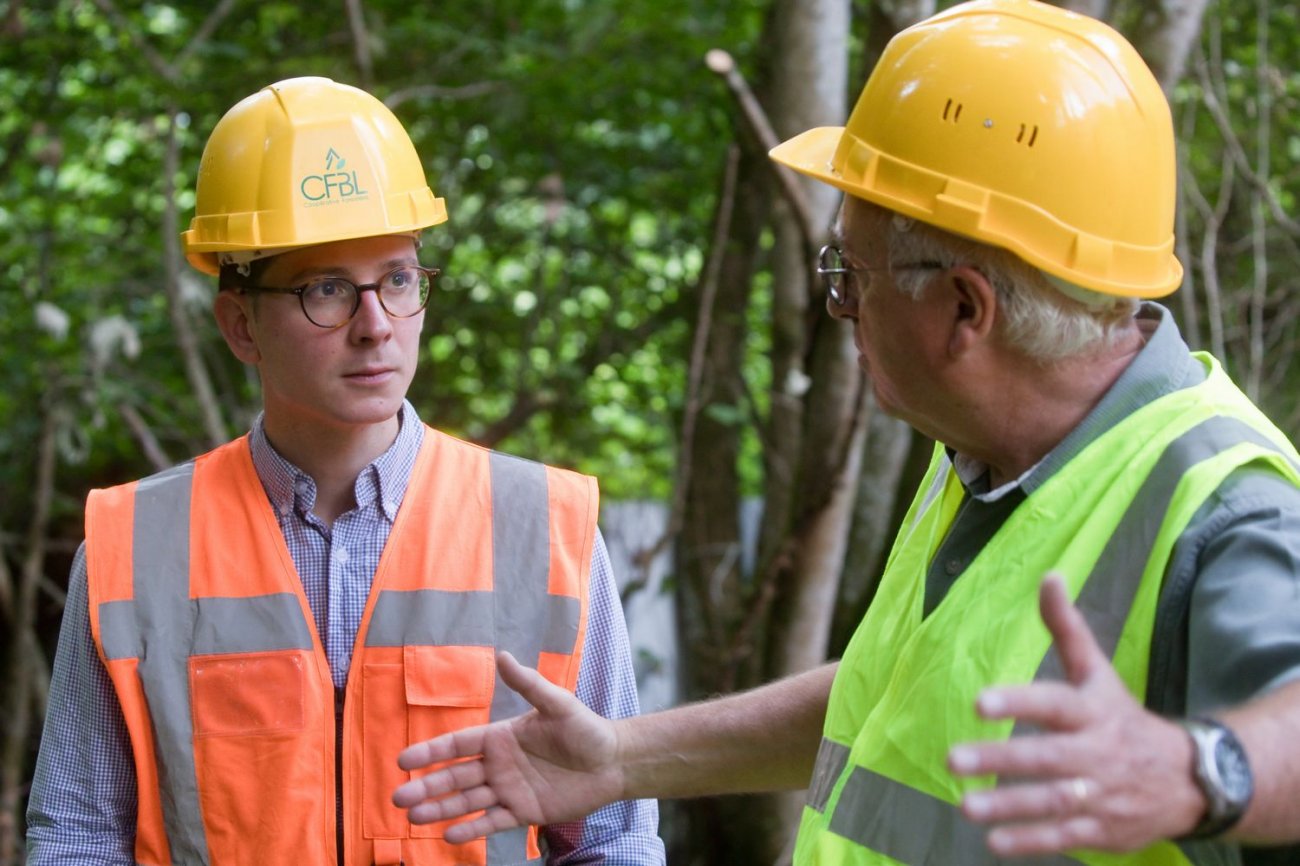
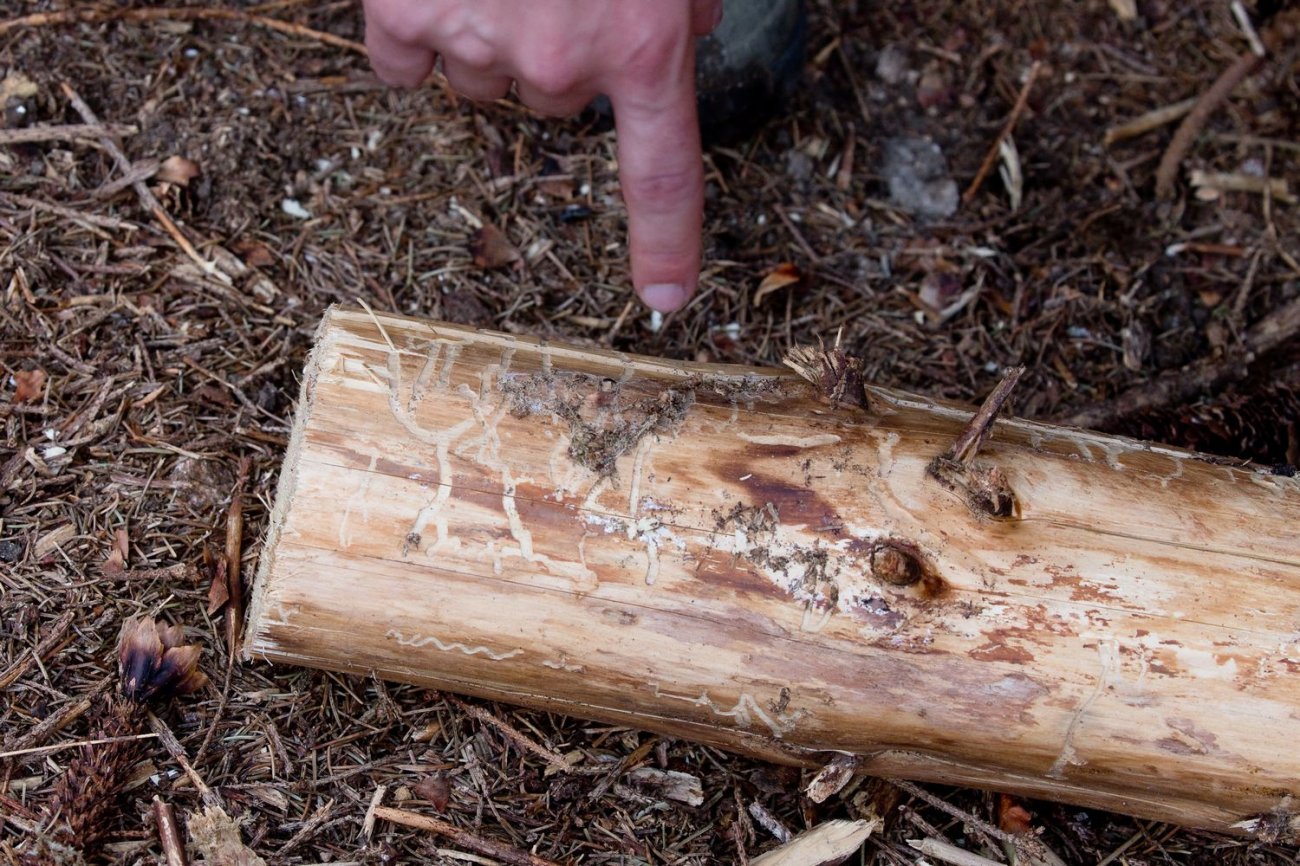
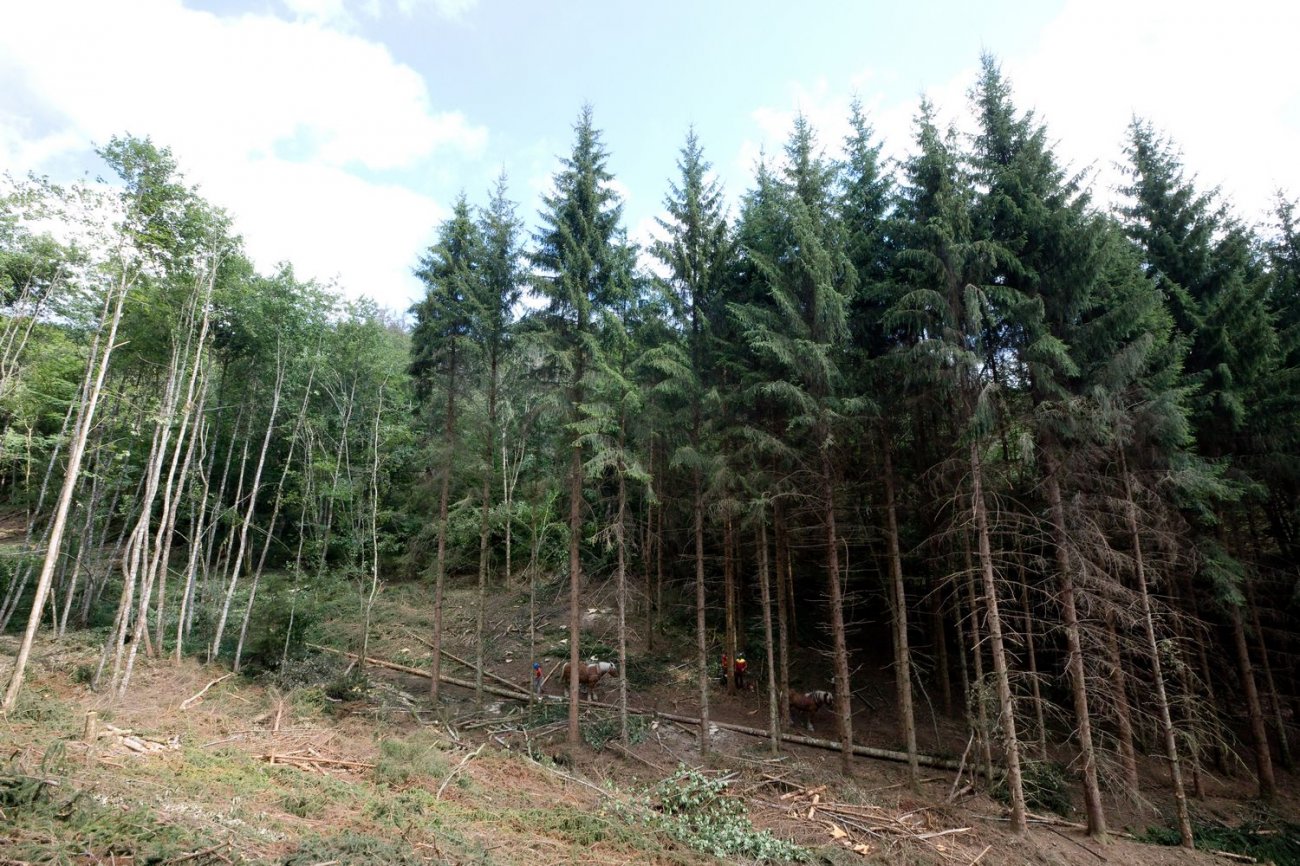
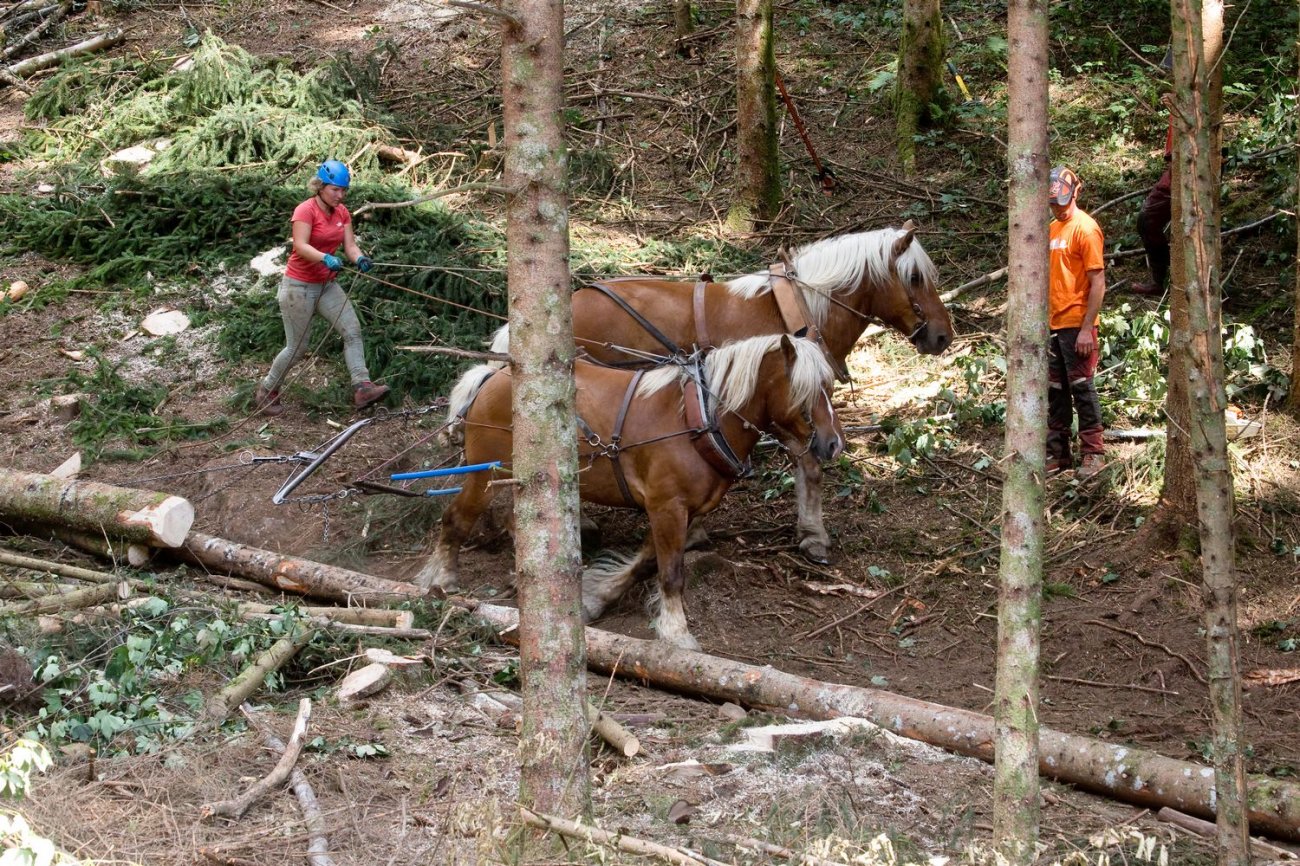
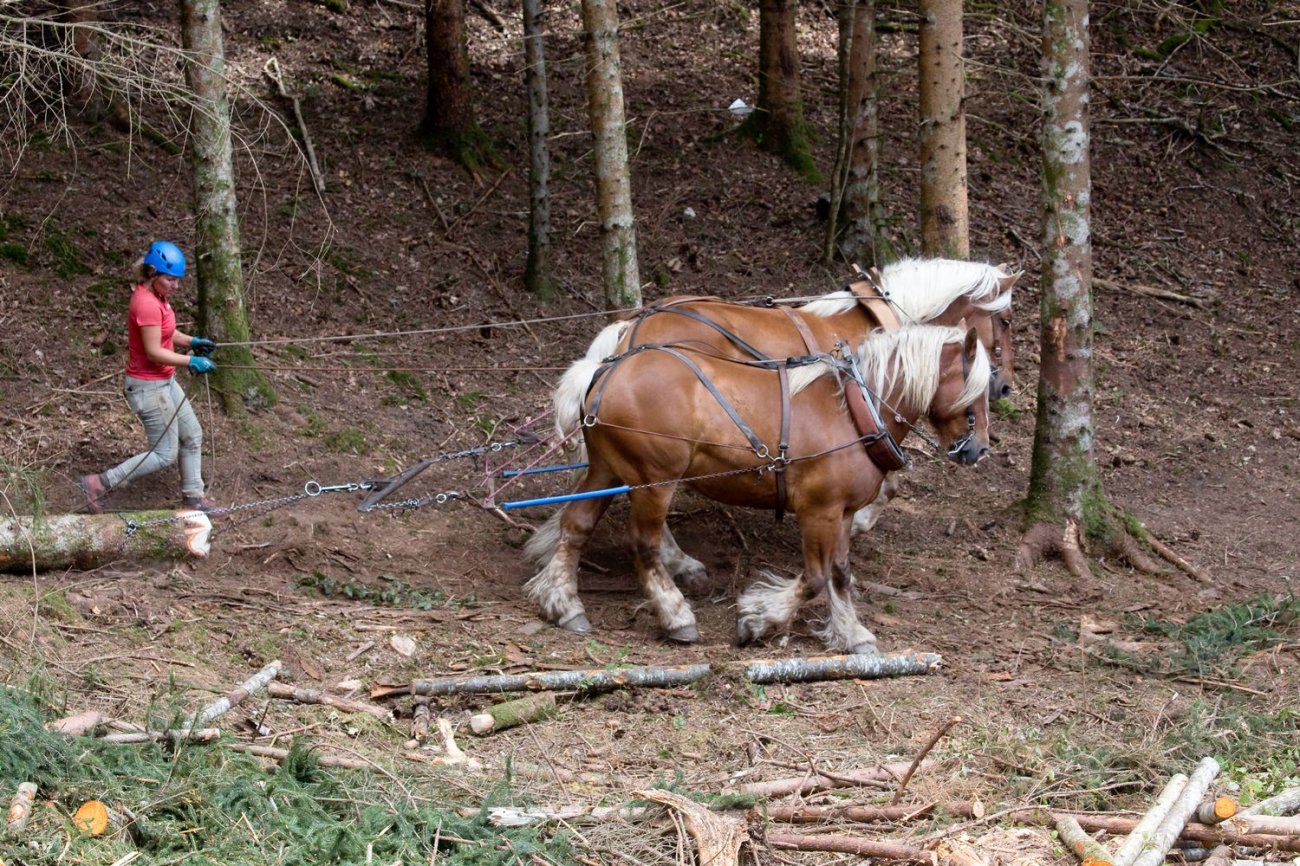
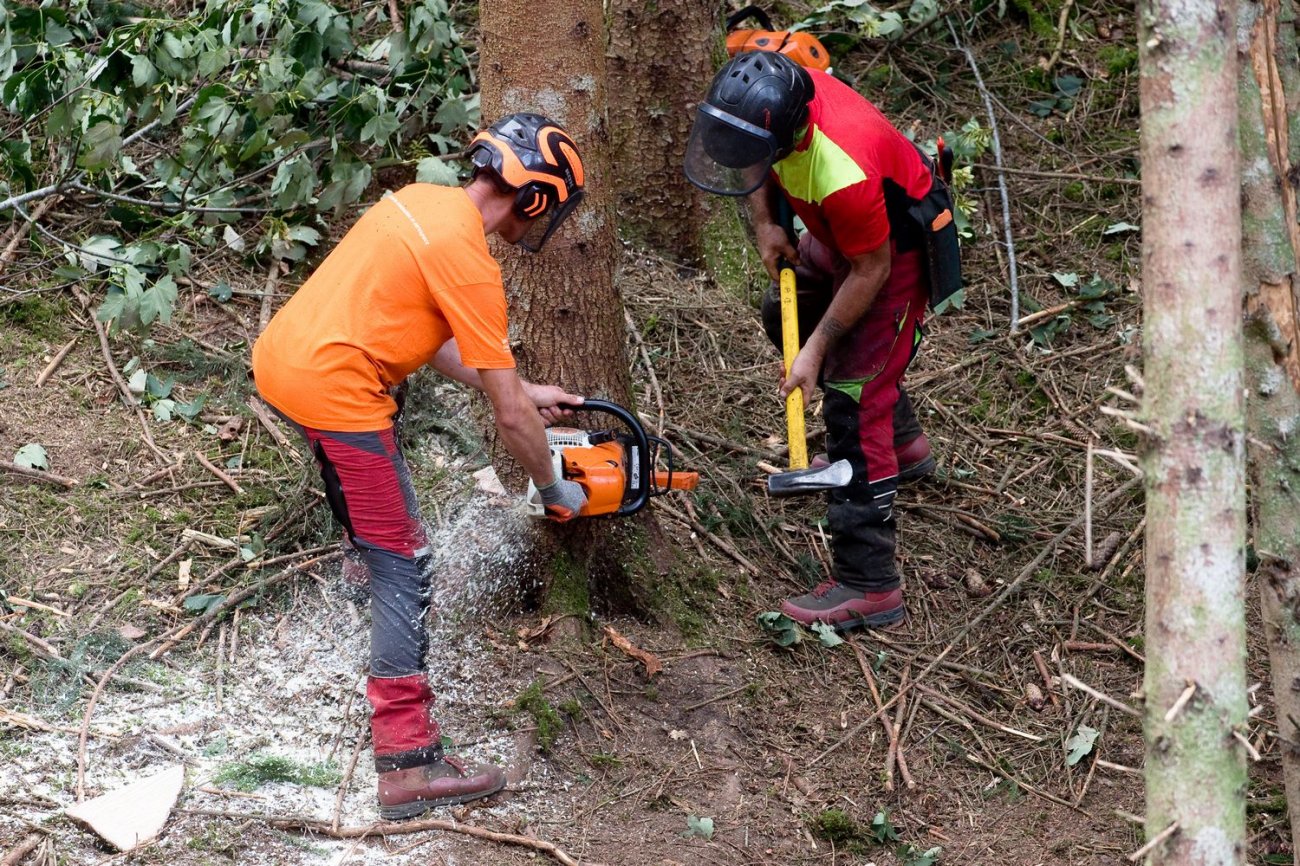
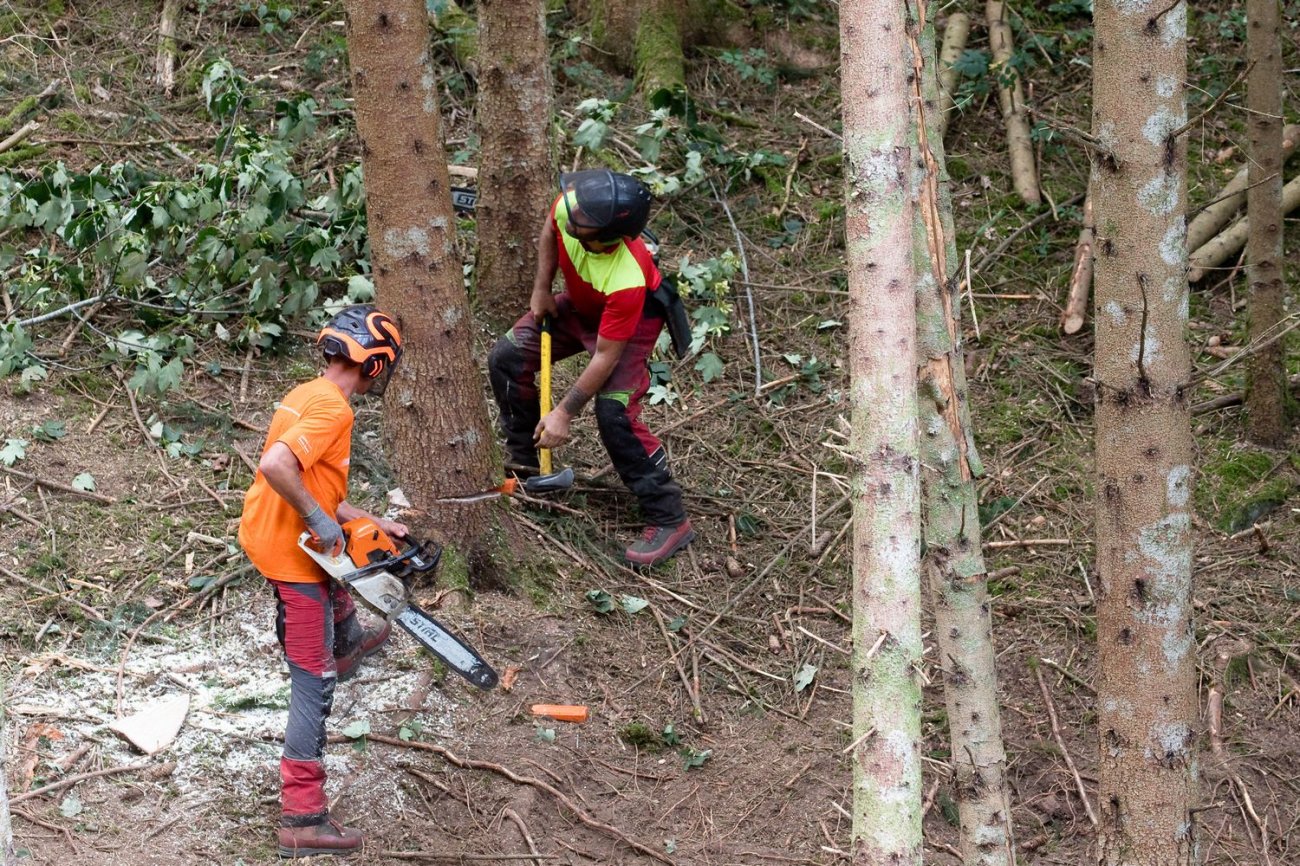
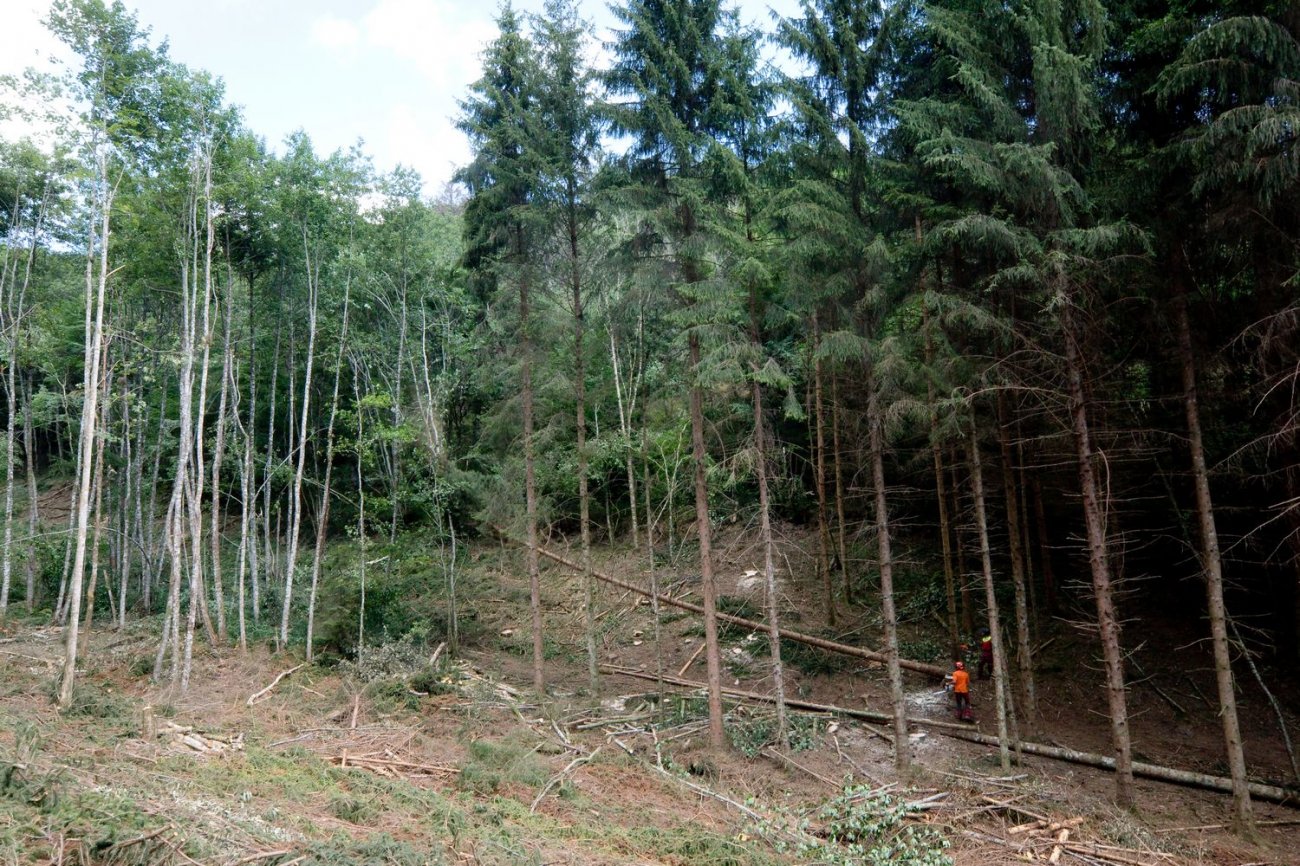
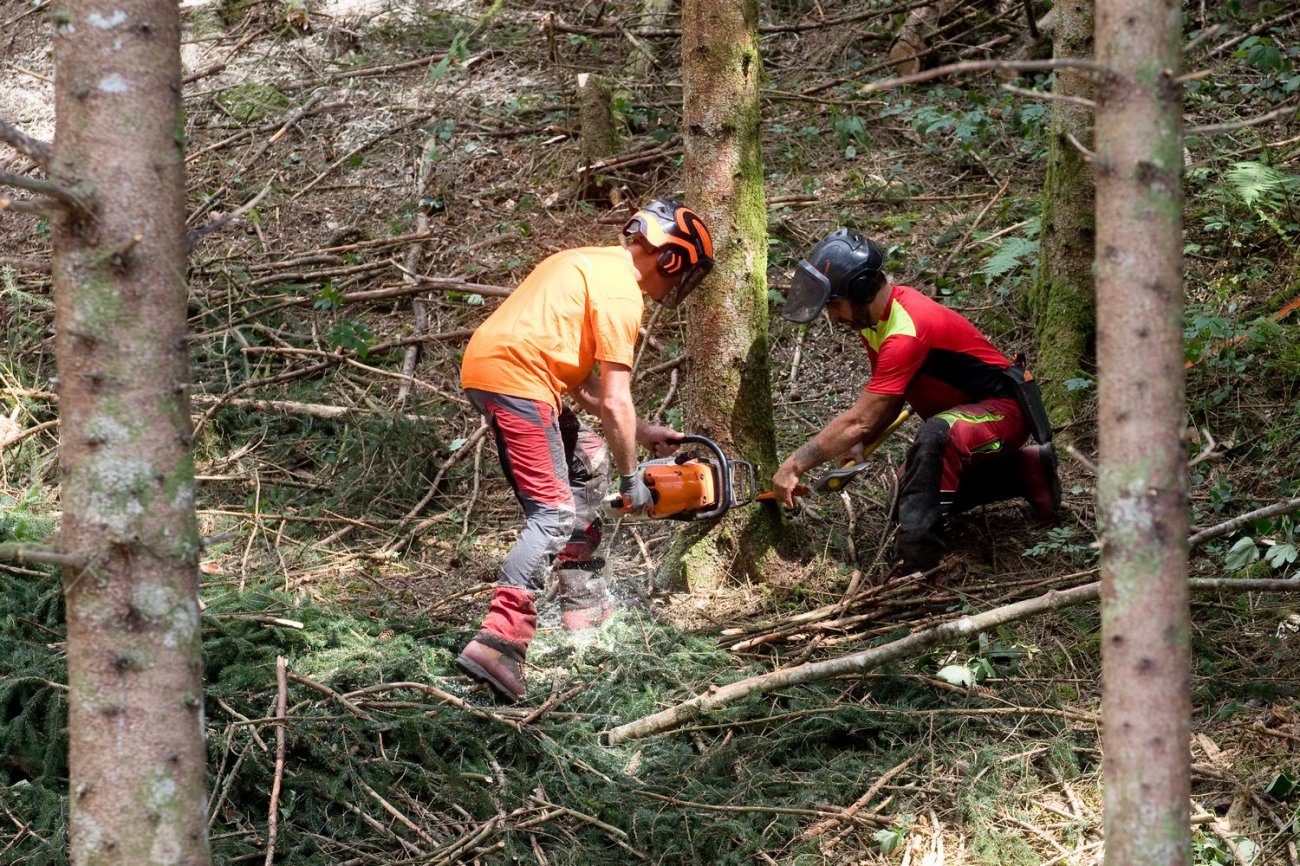
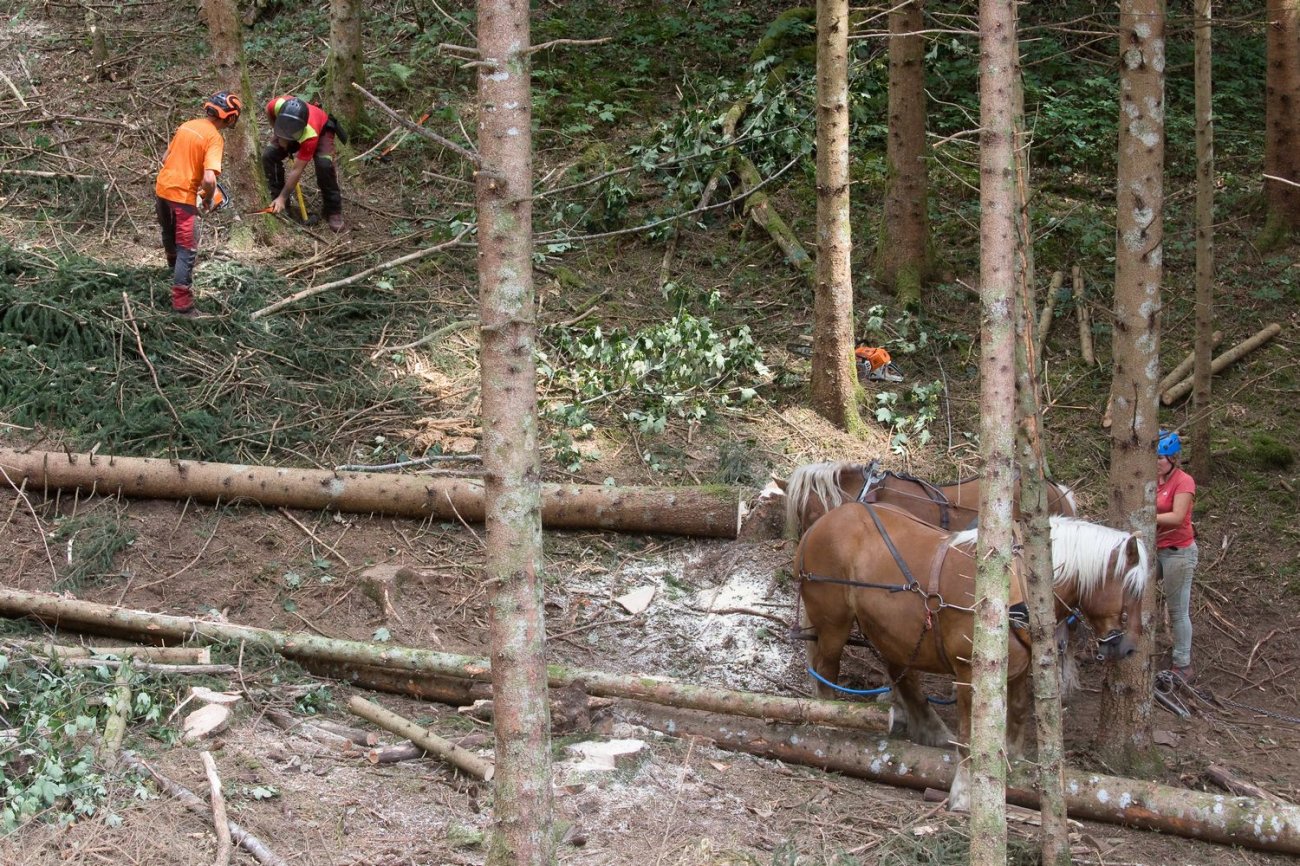
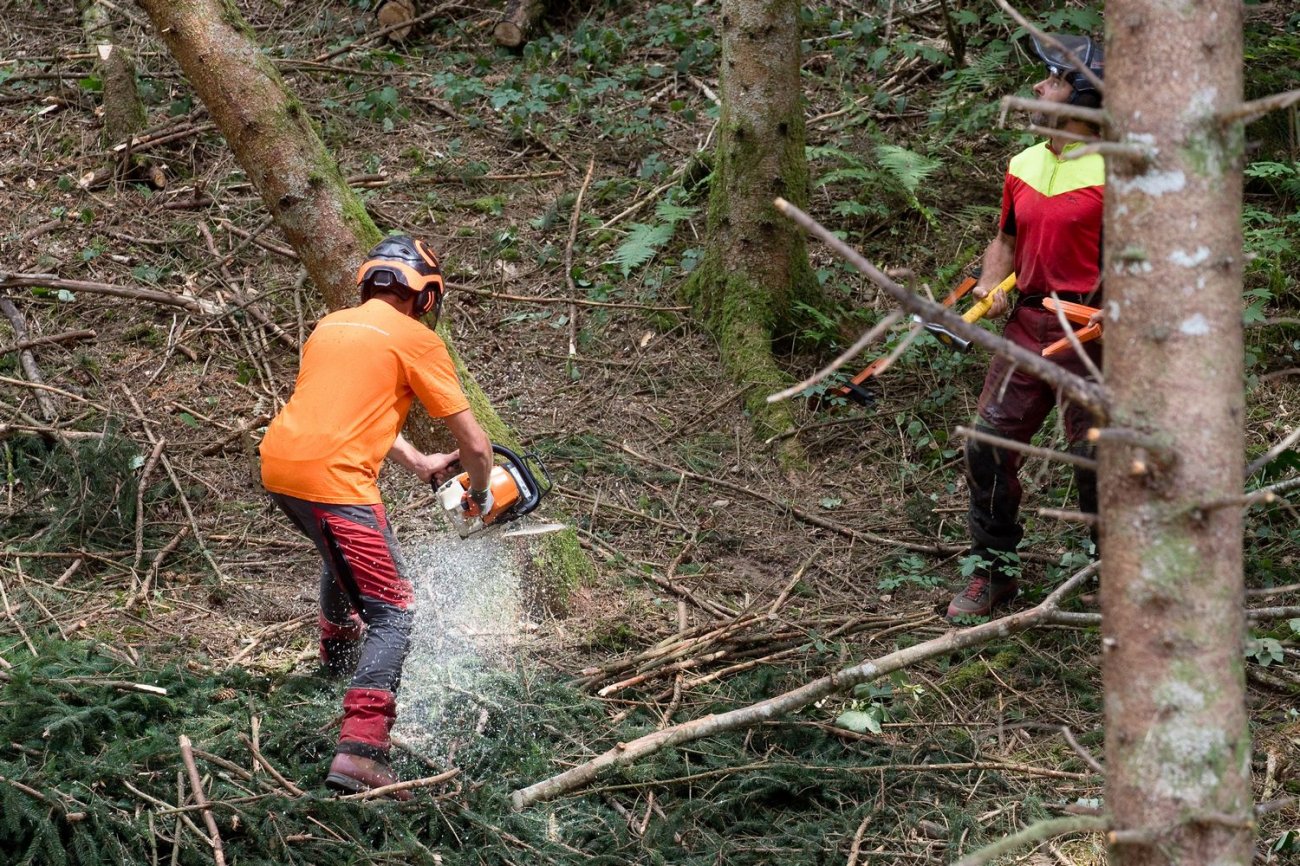
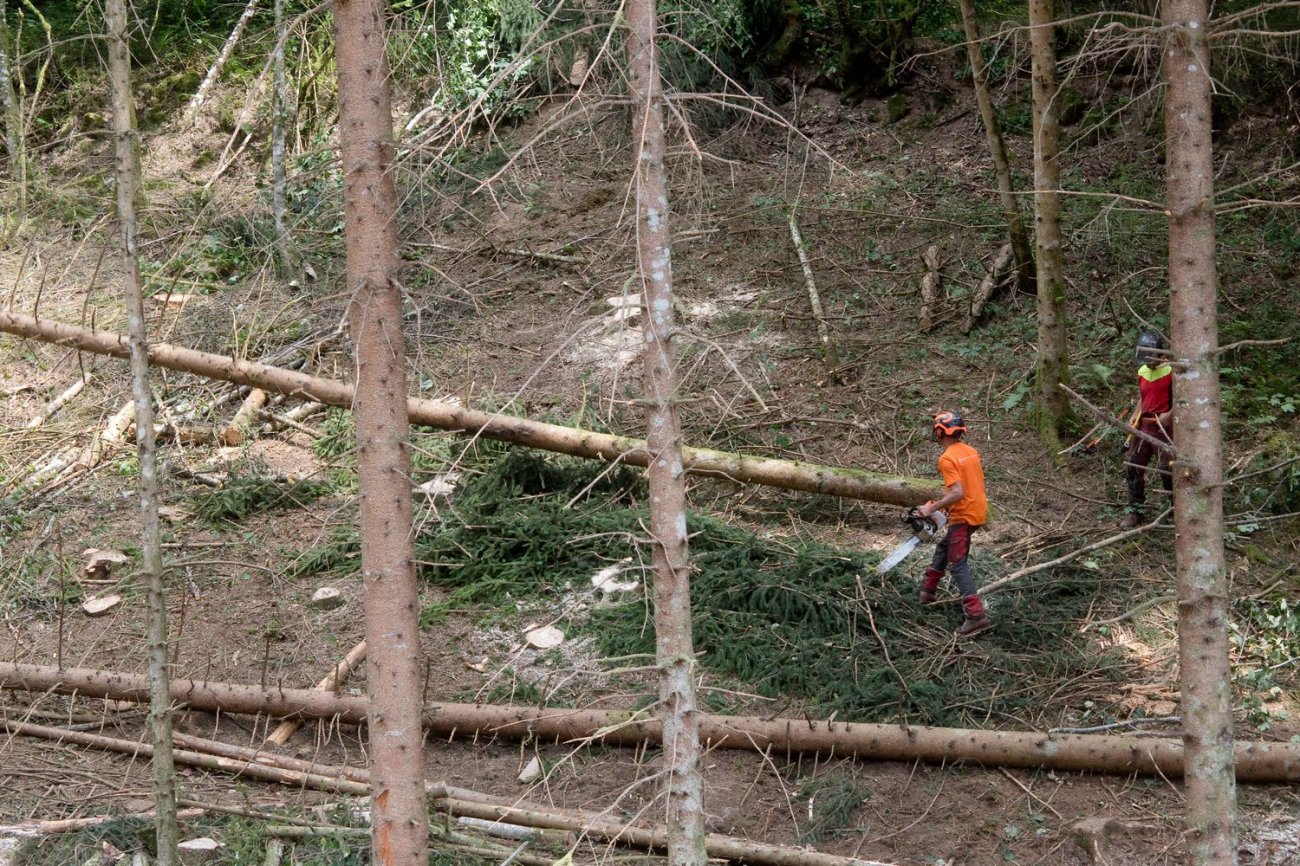
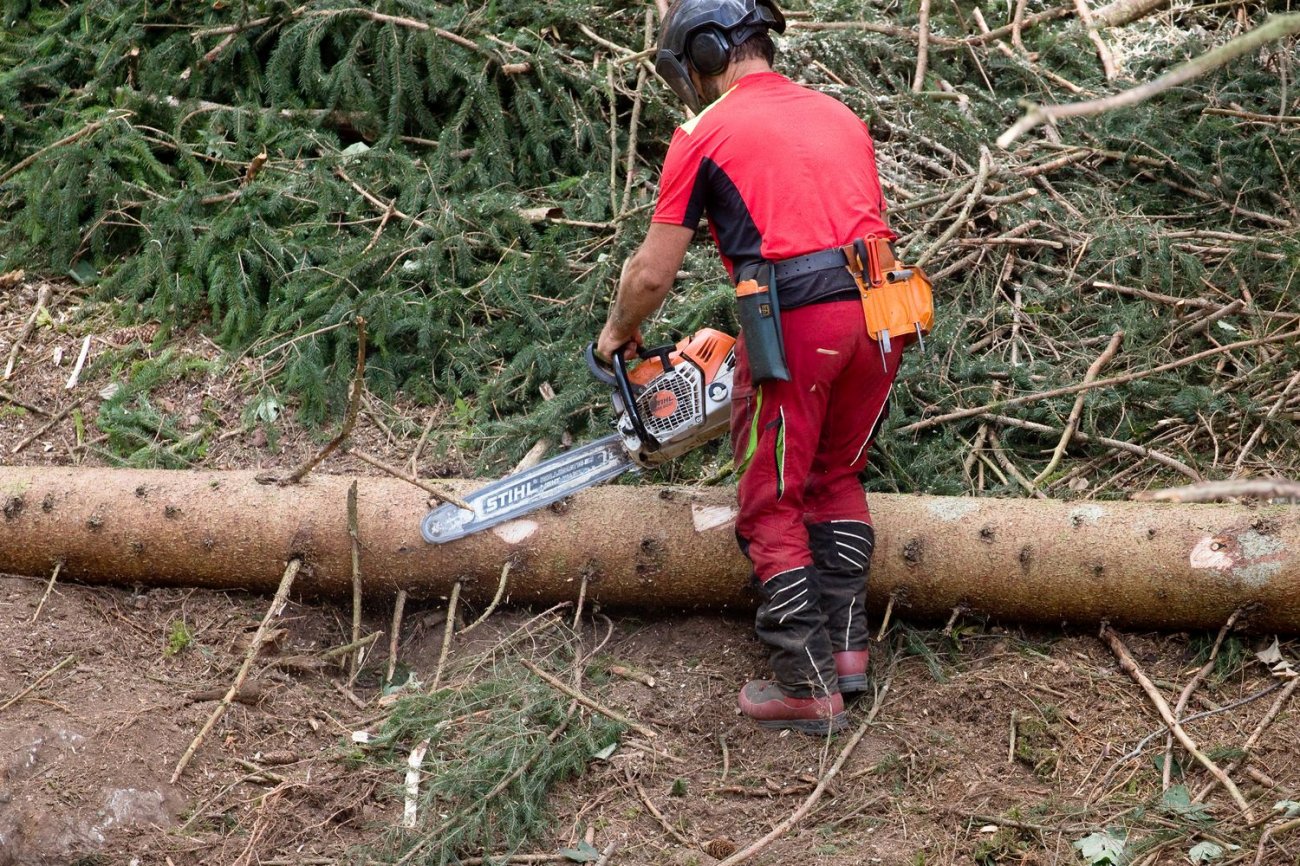
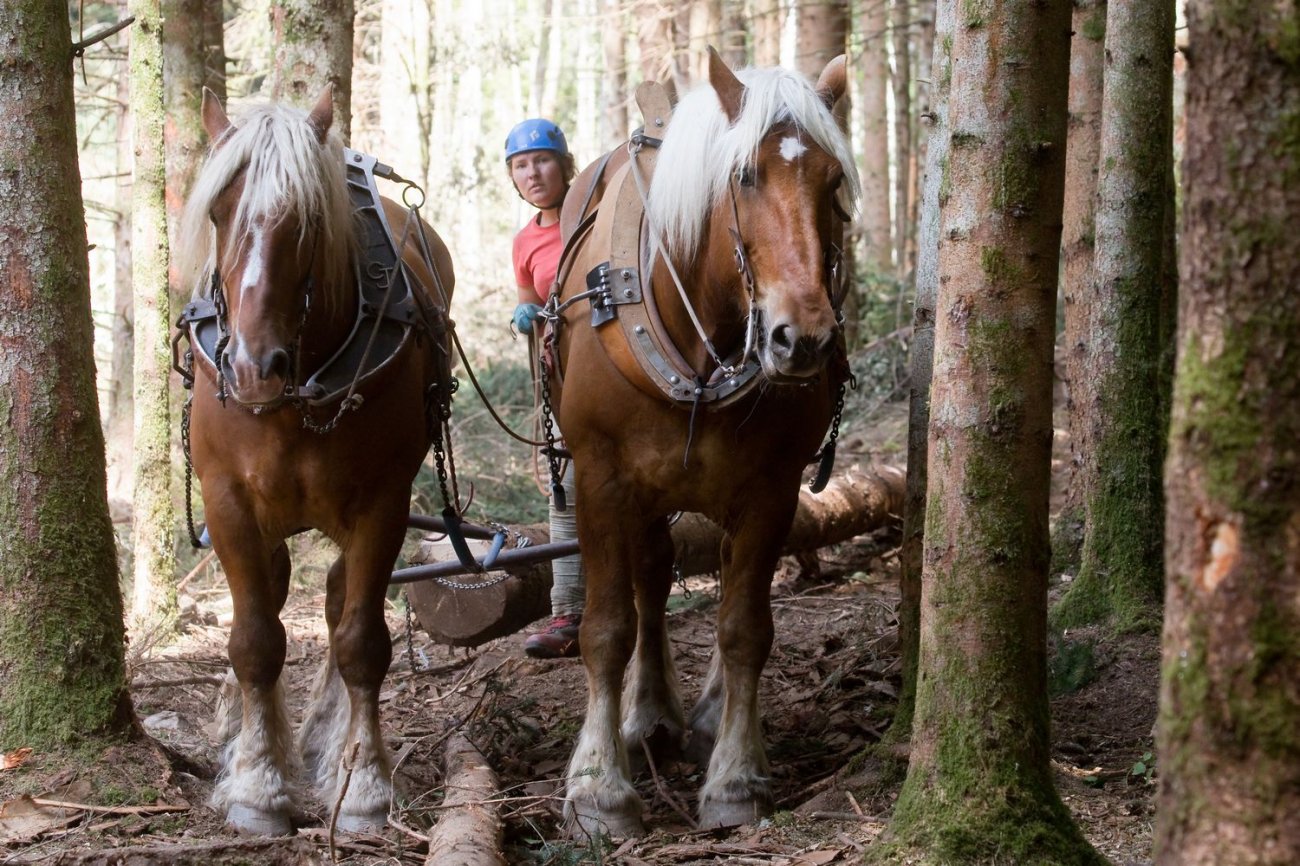
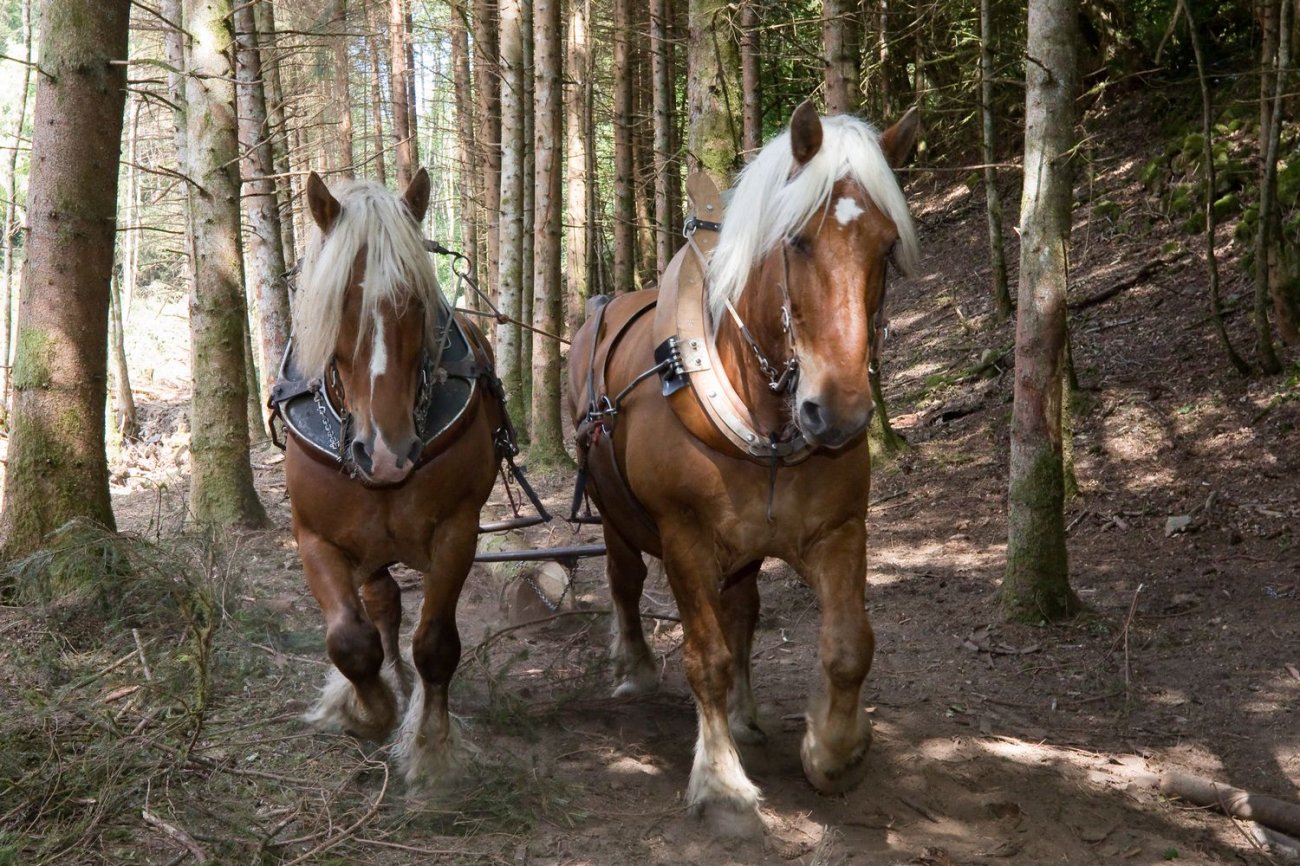
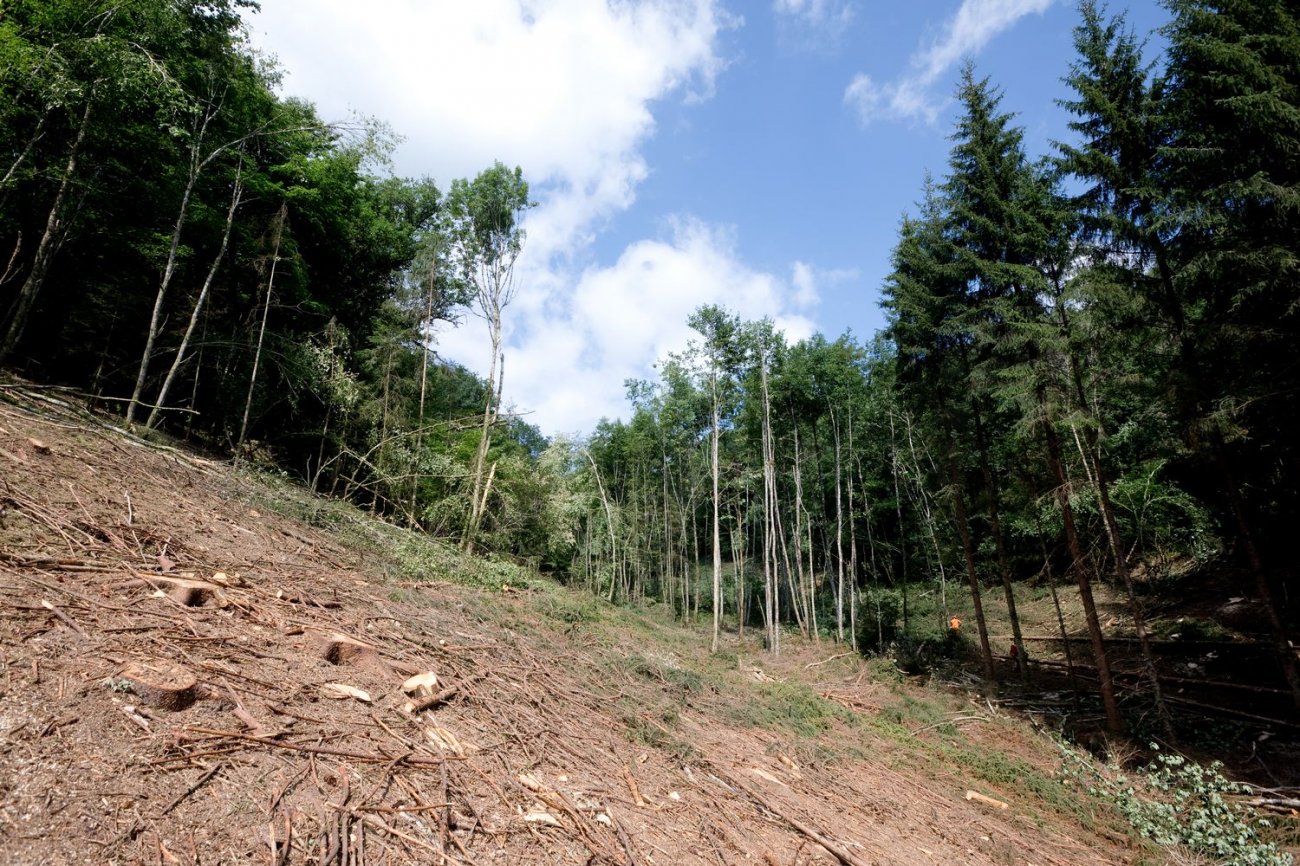
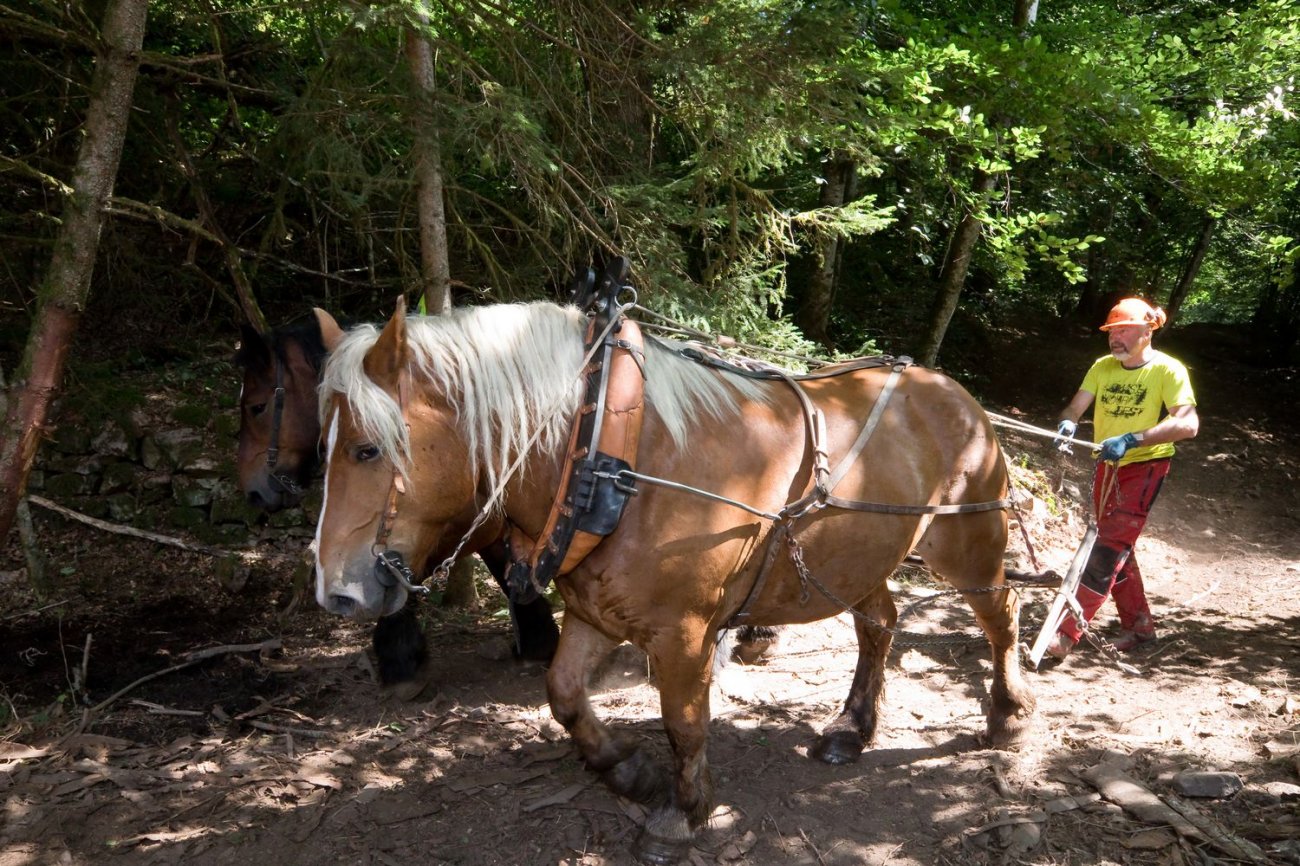
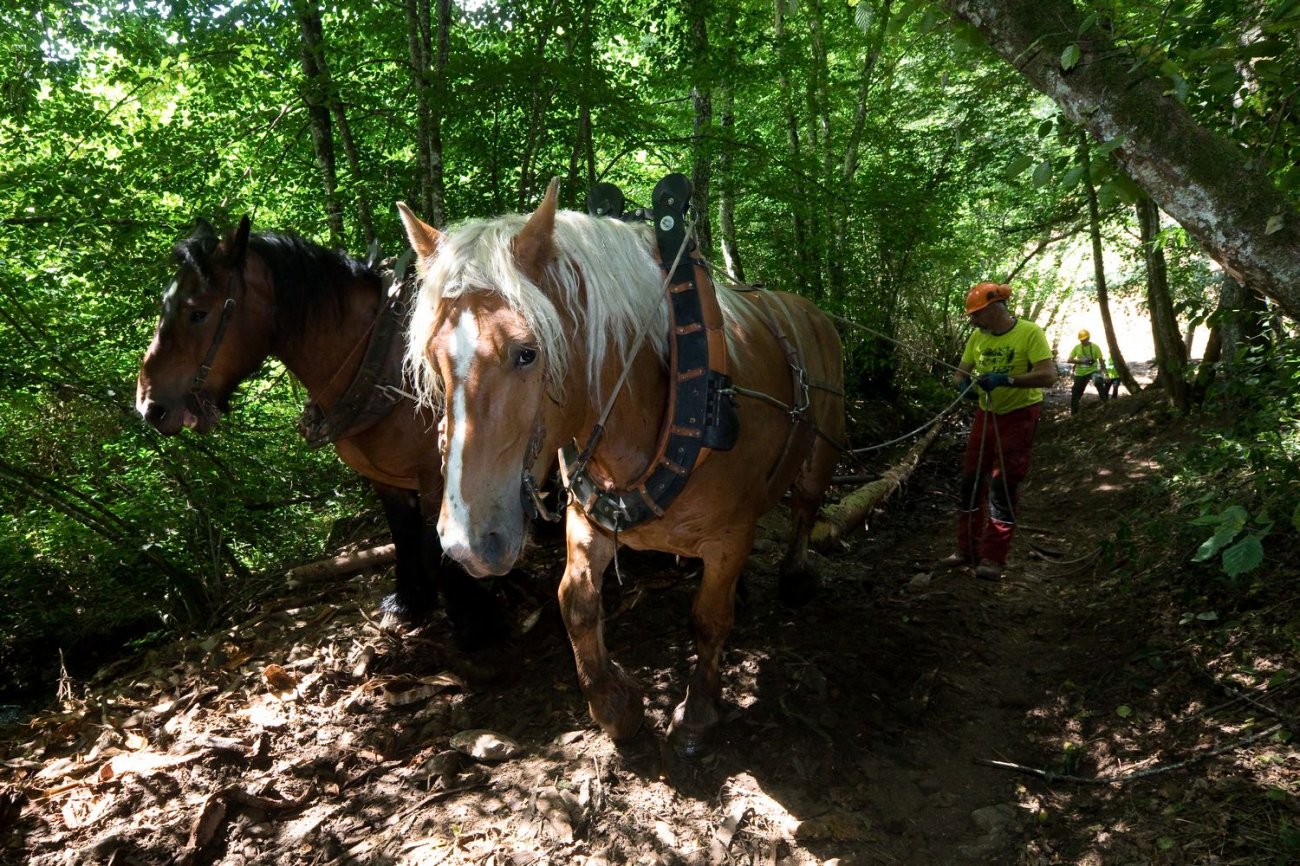
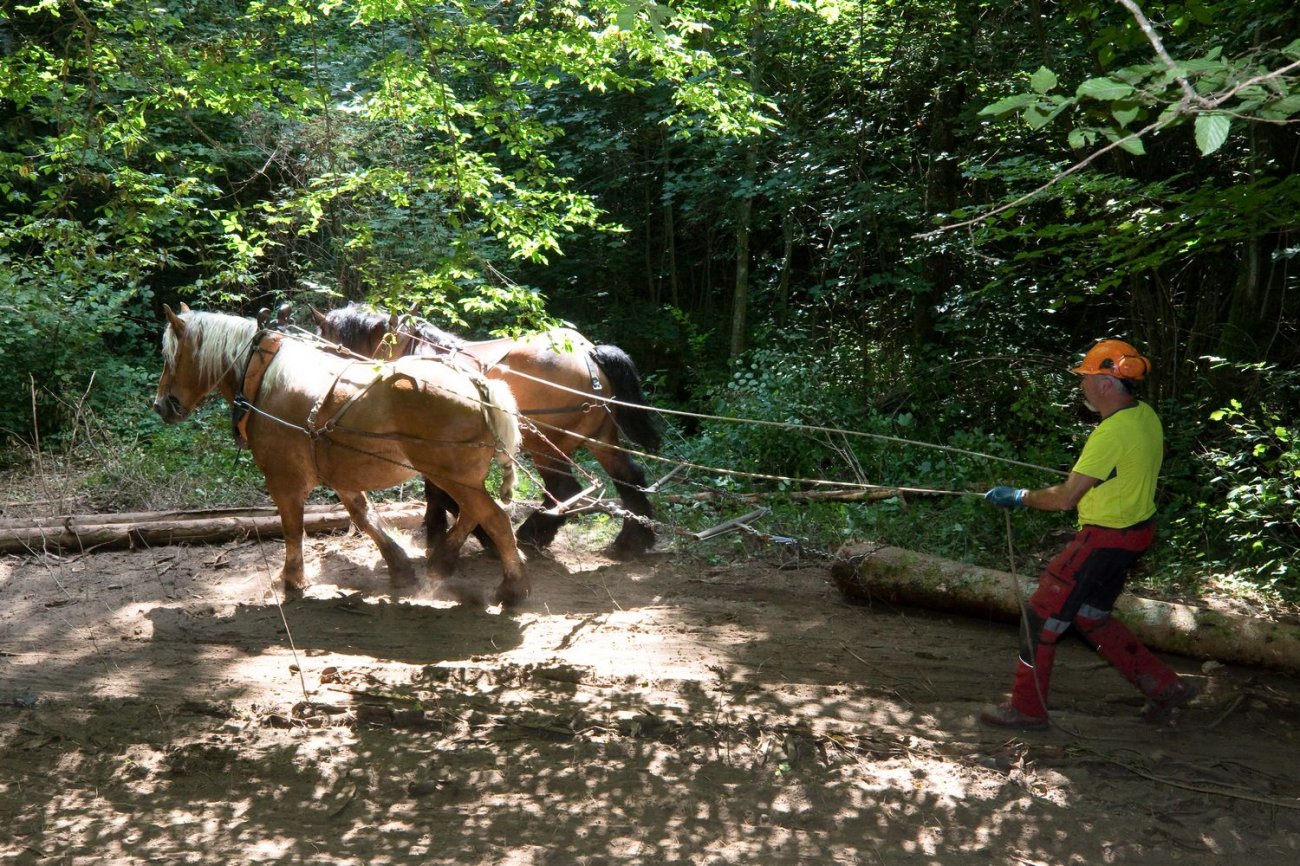
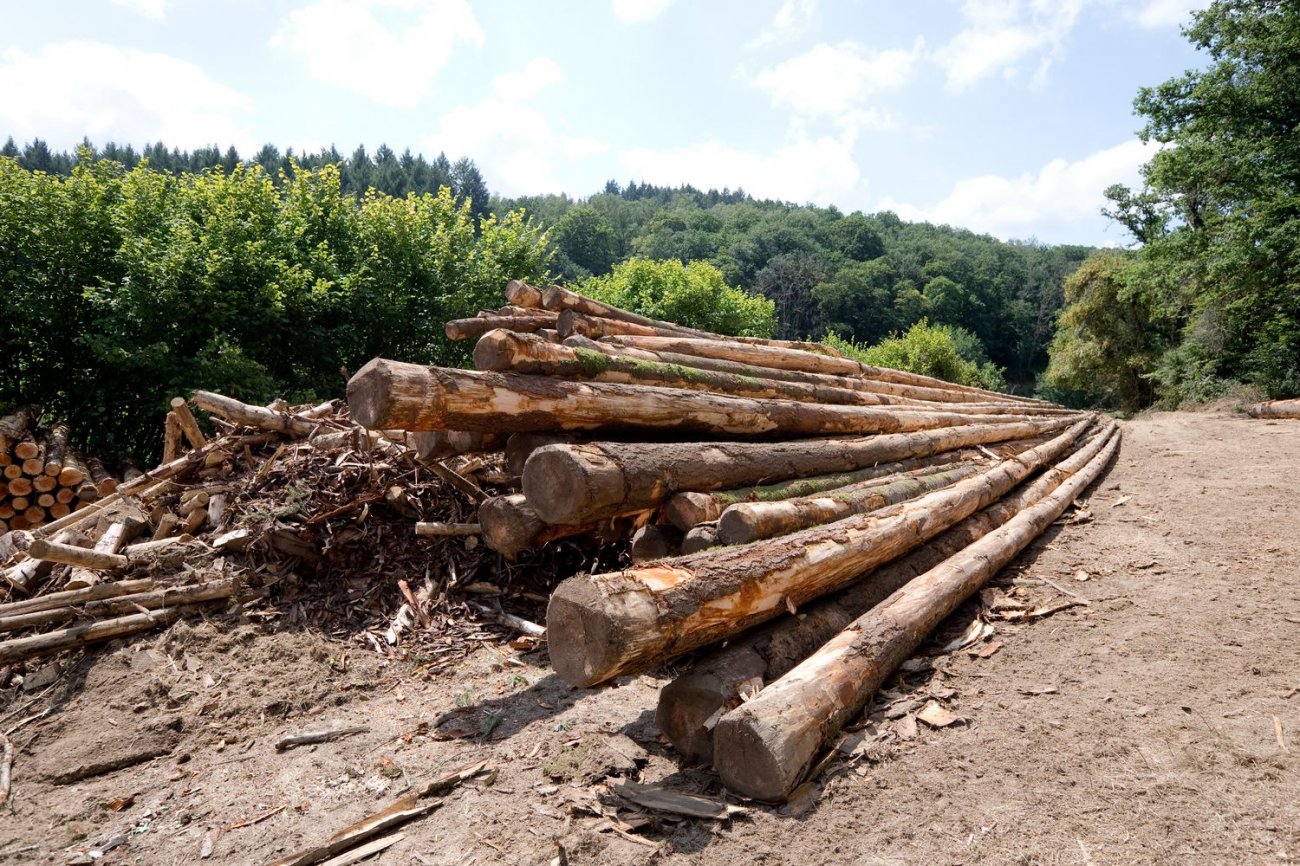
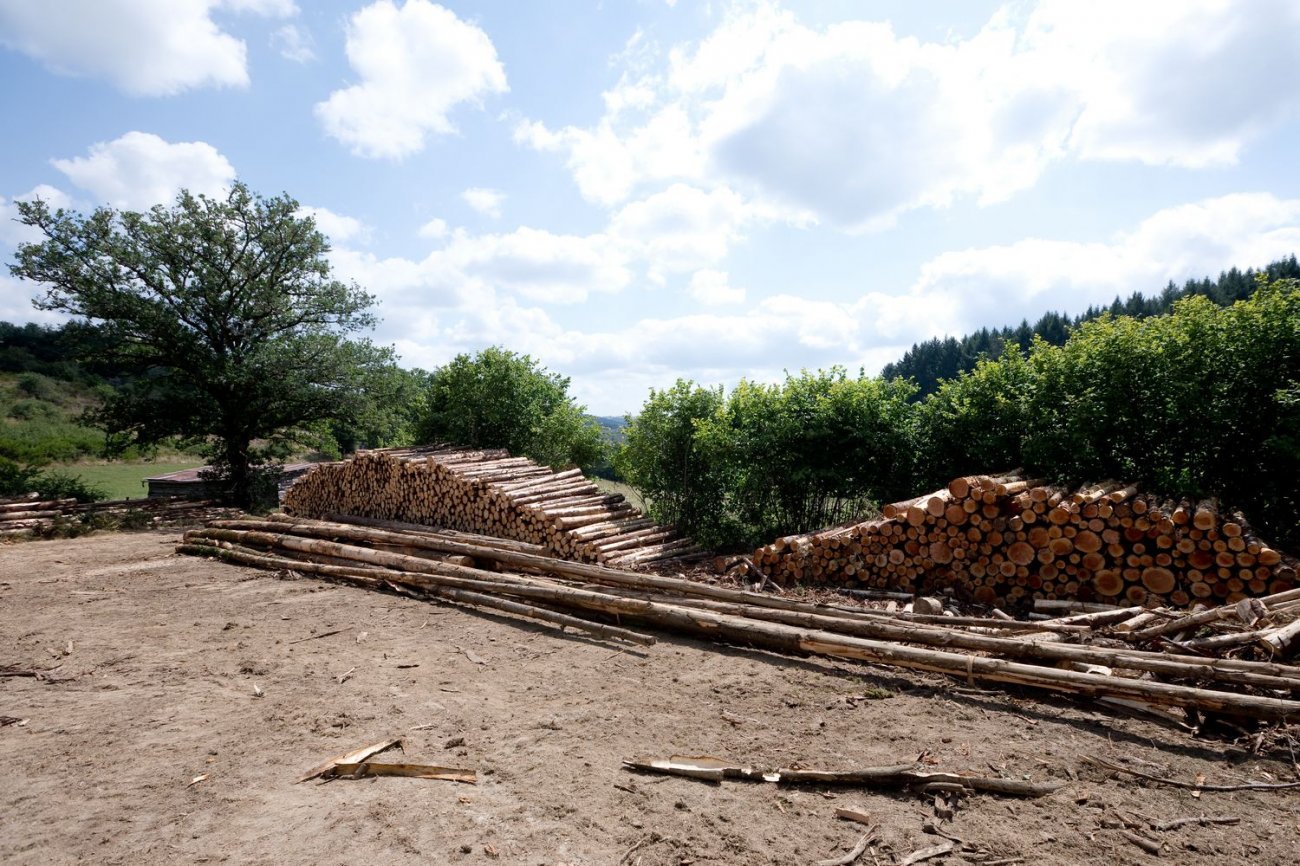
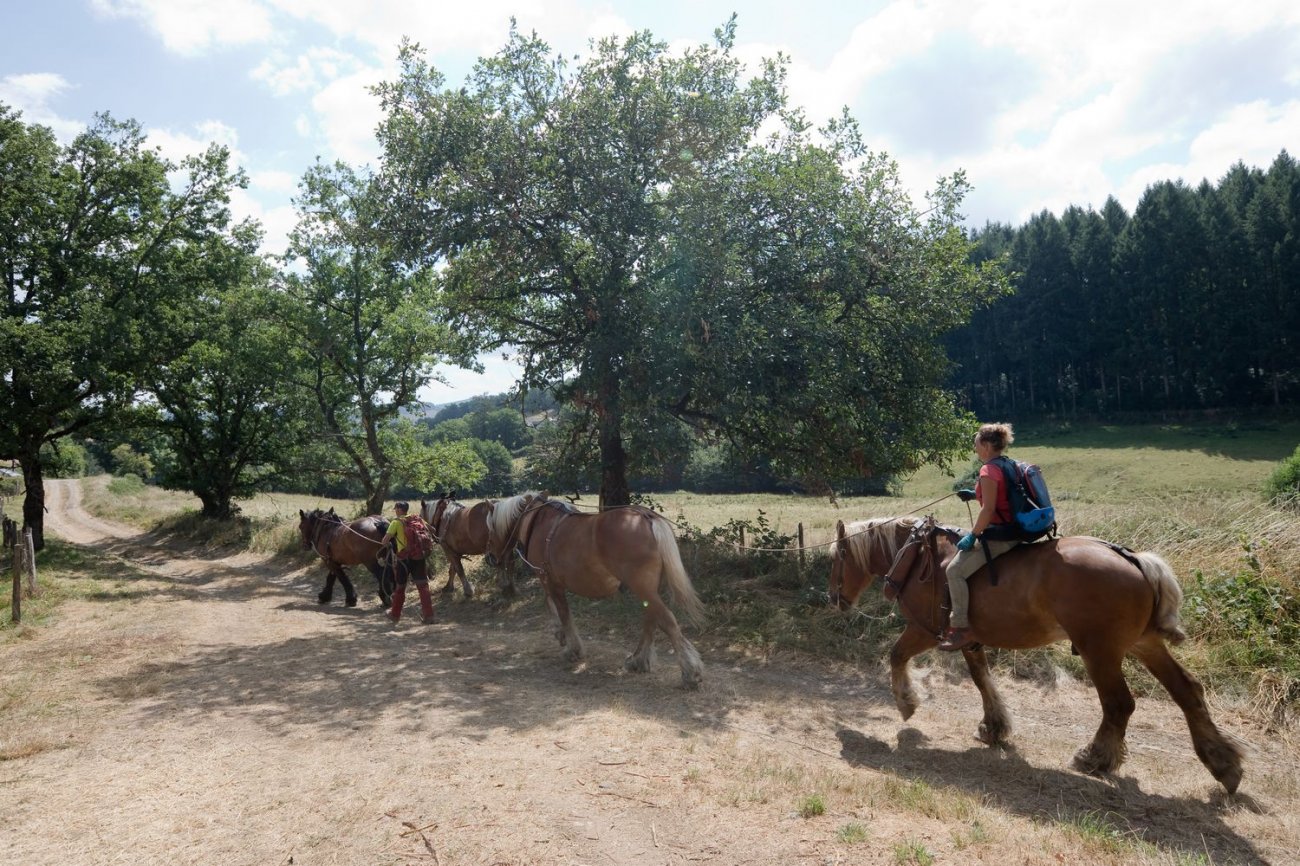
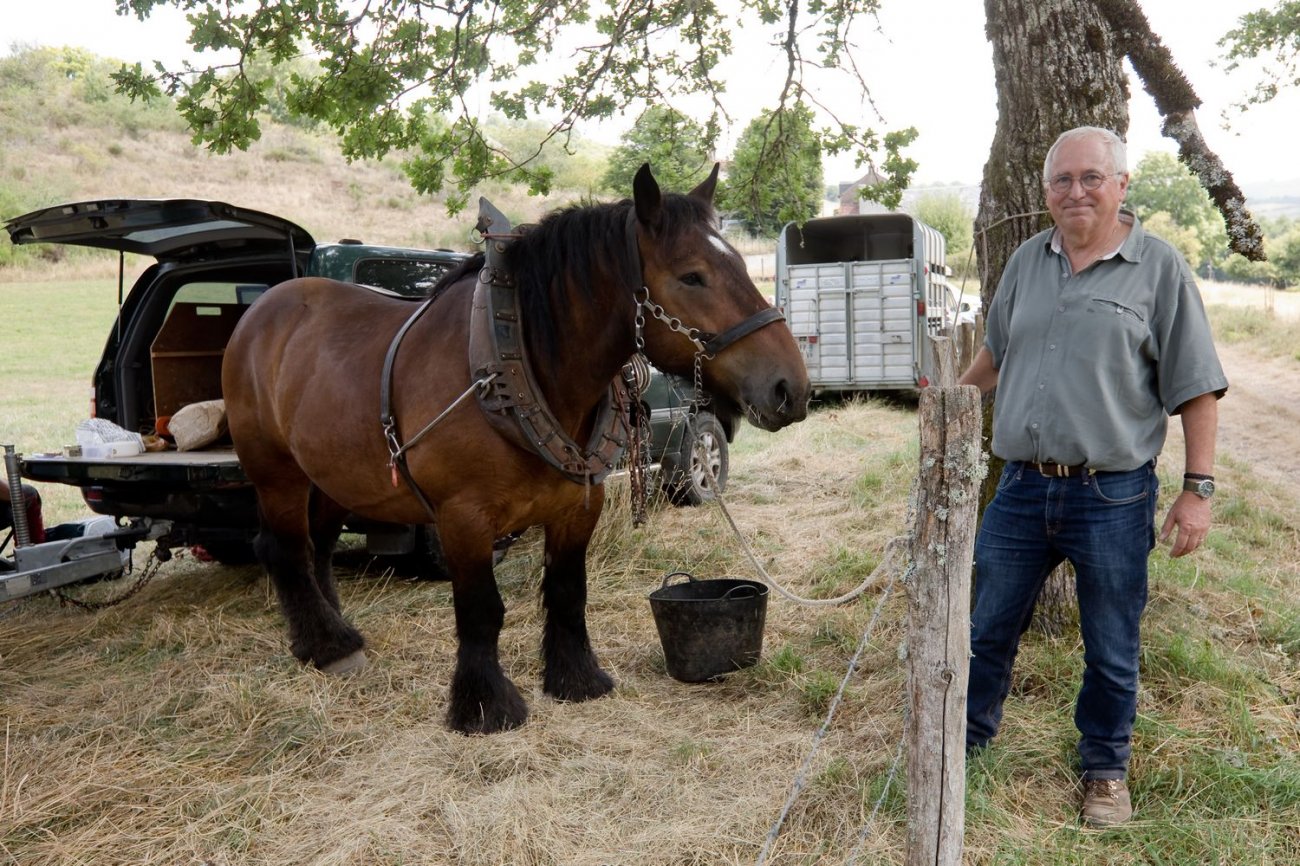
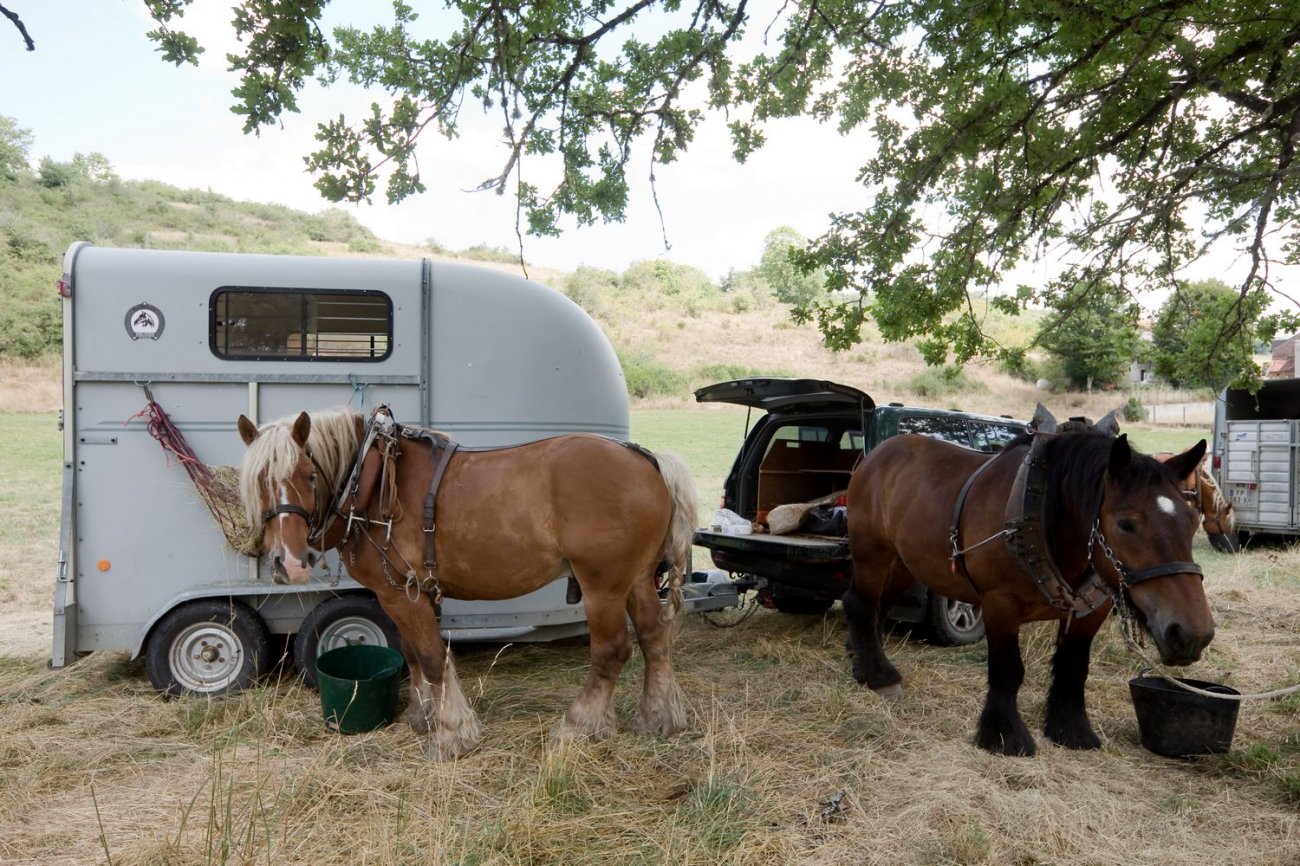
–


